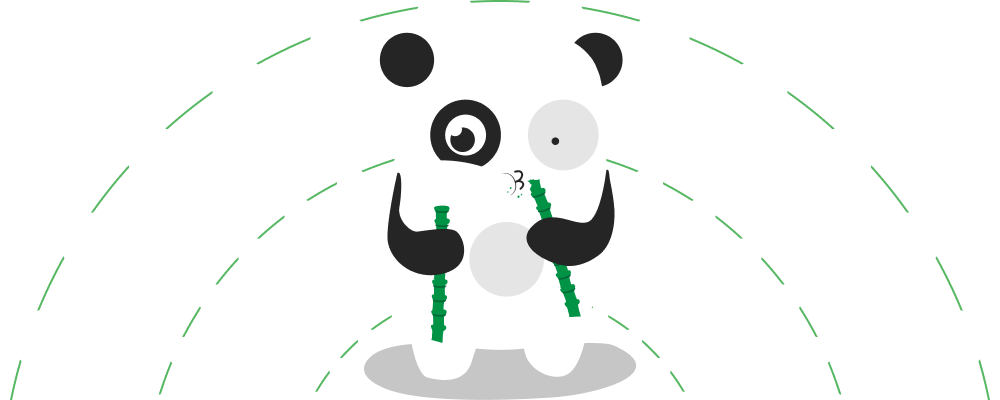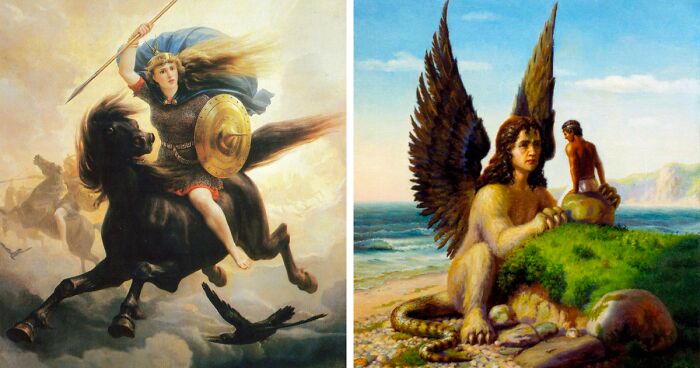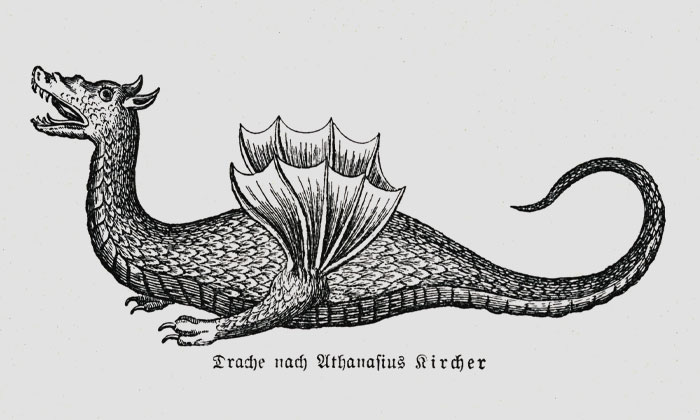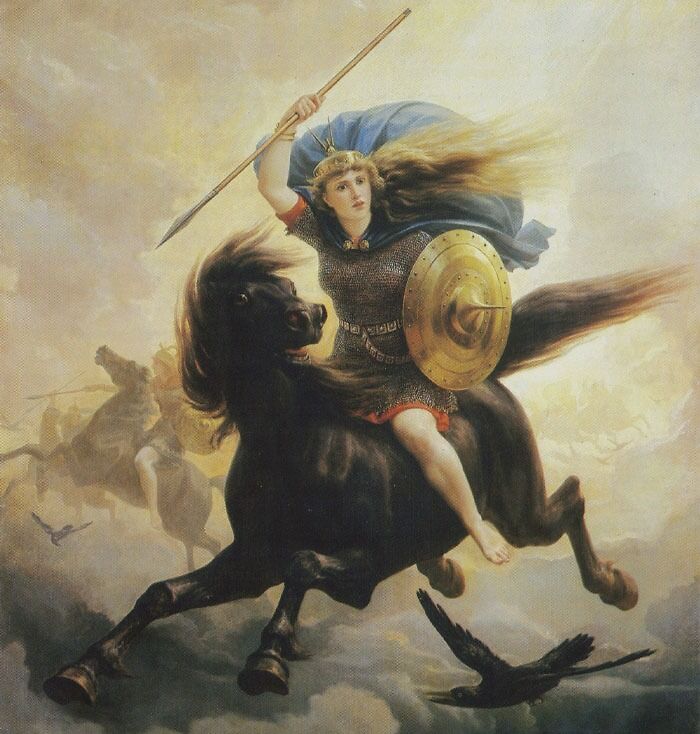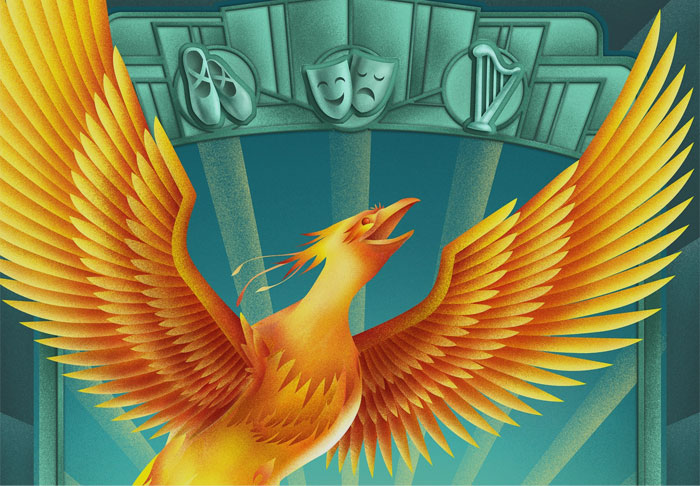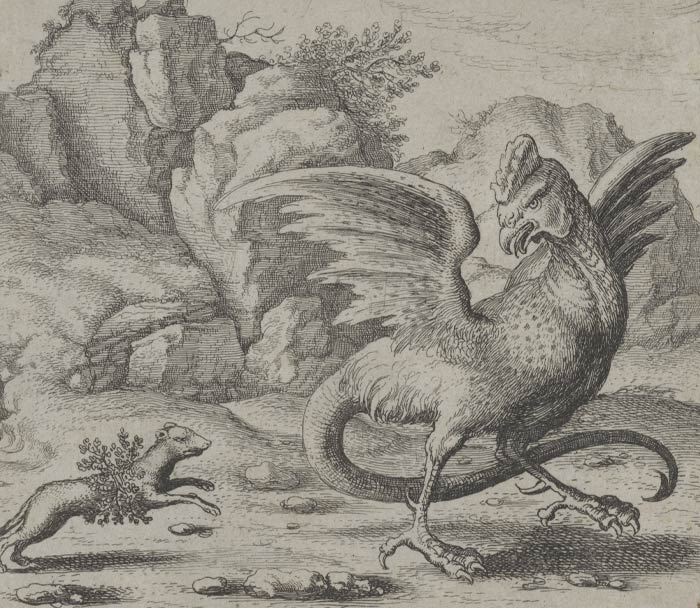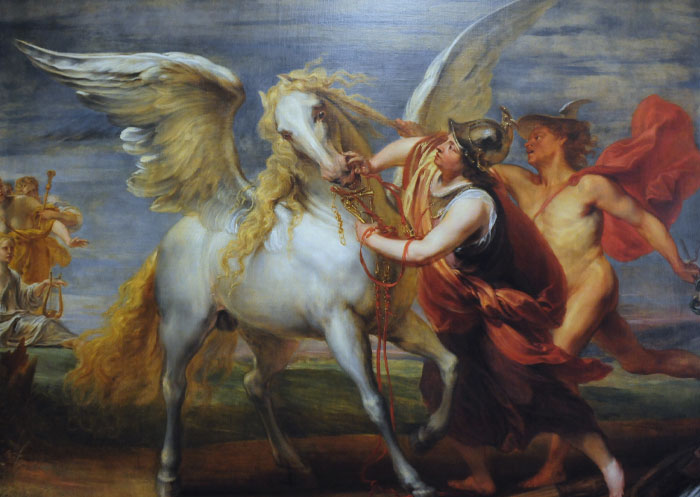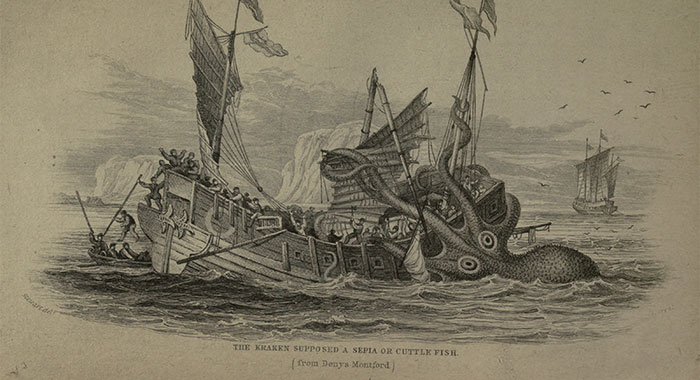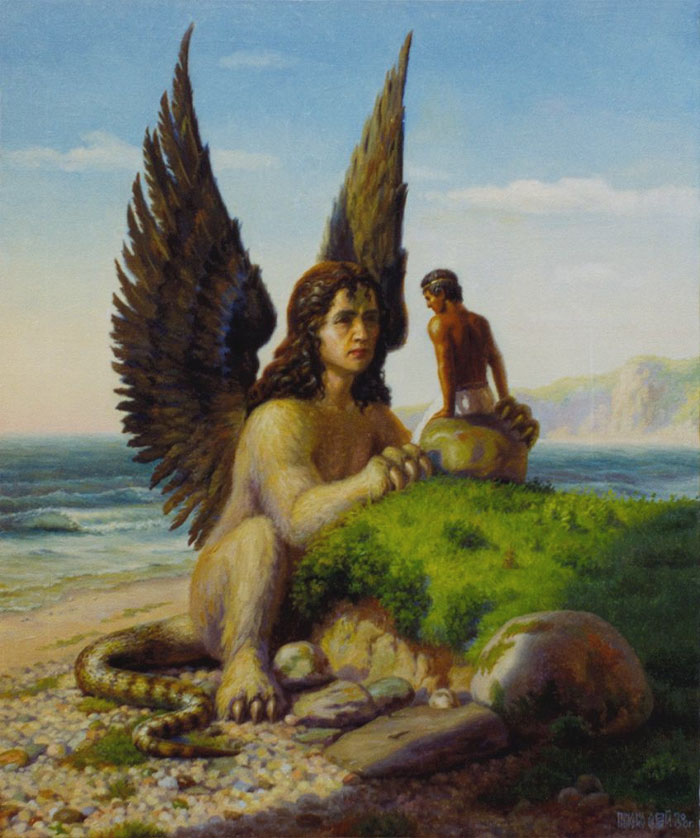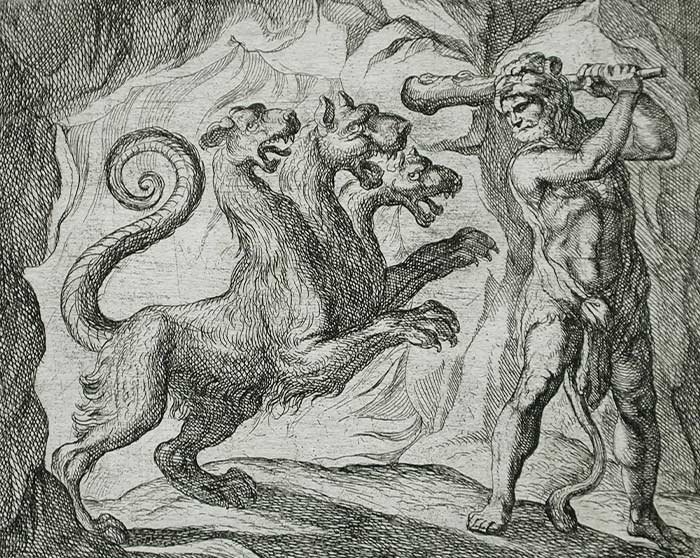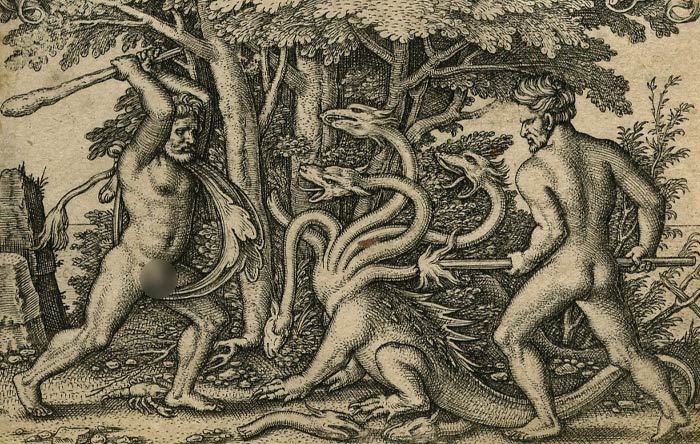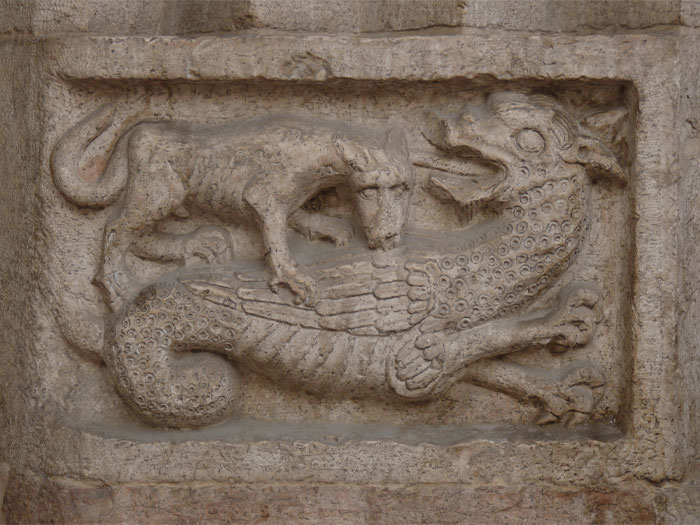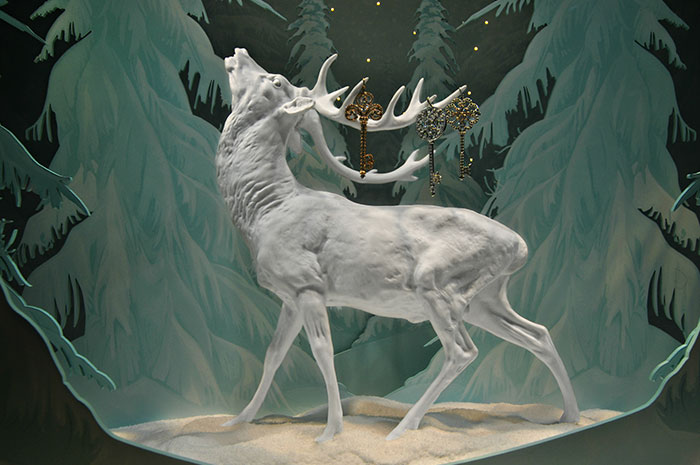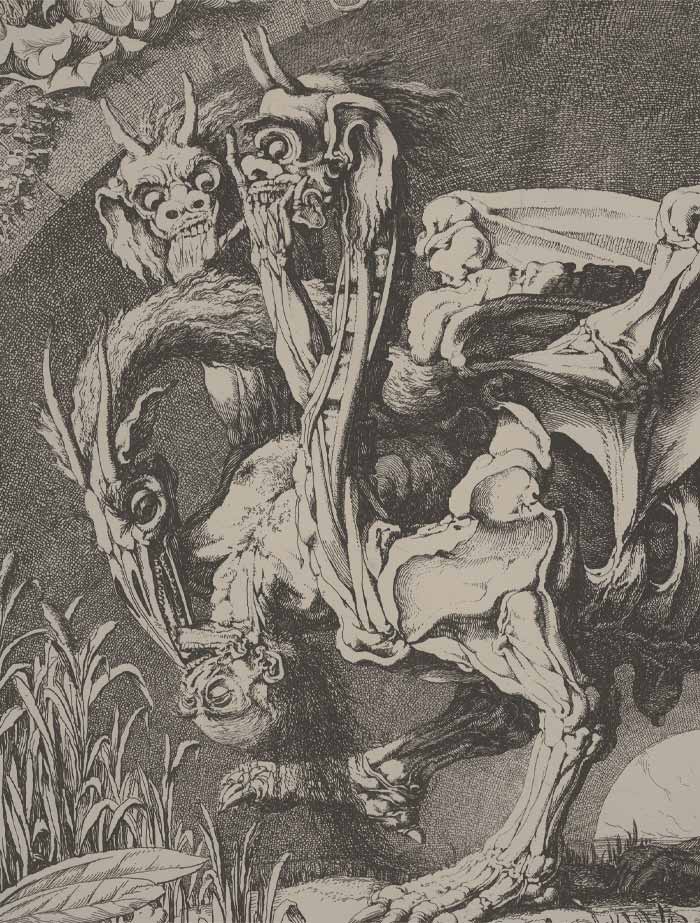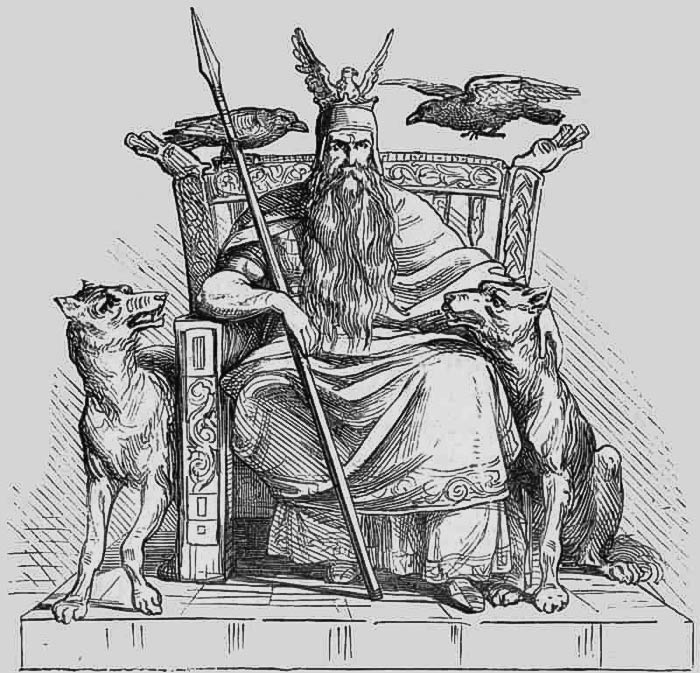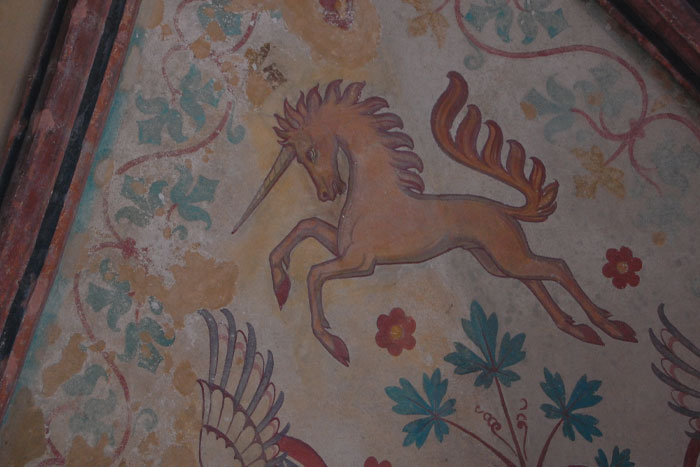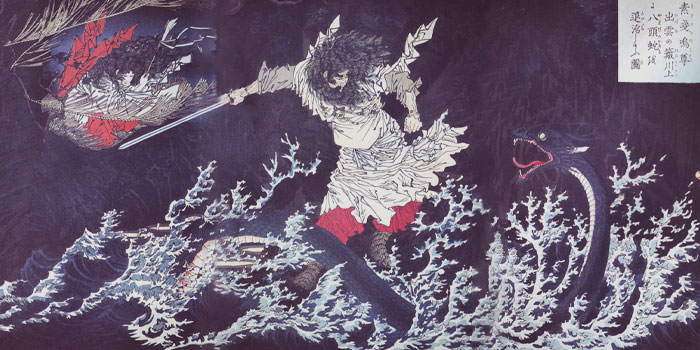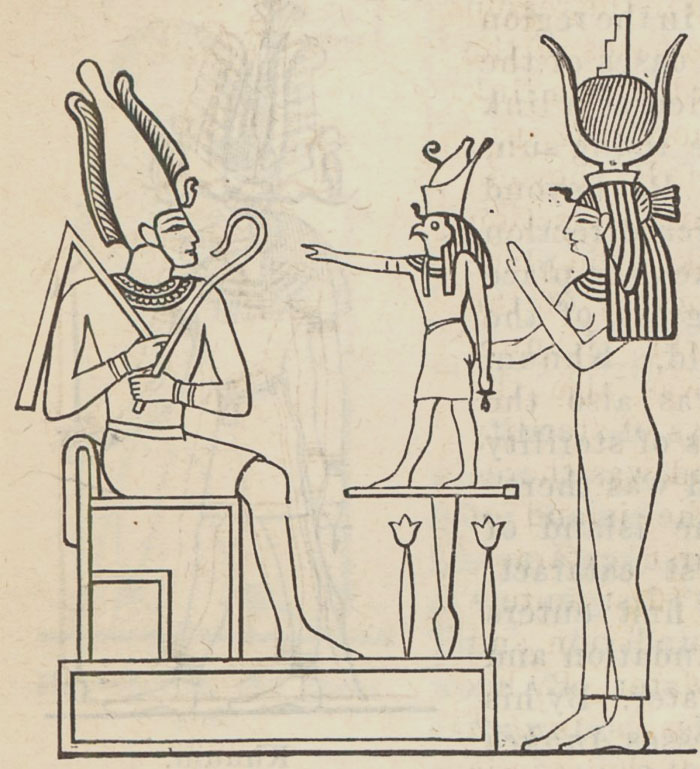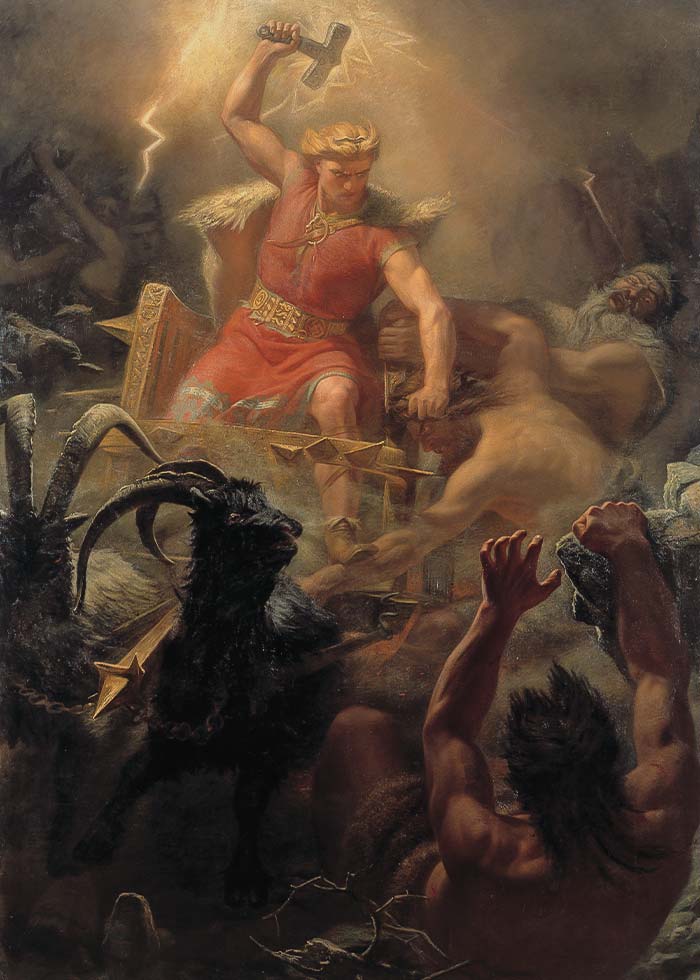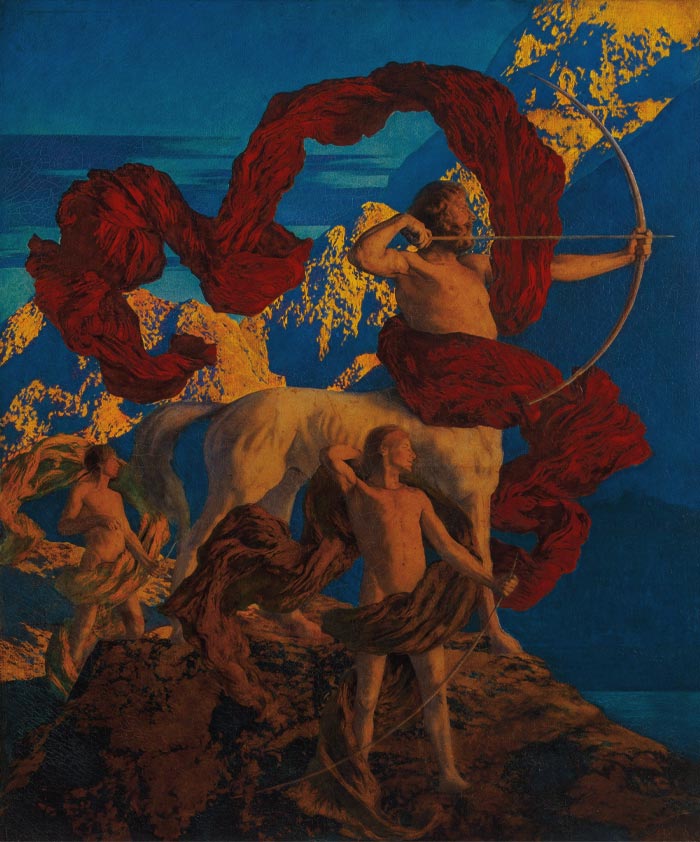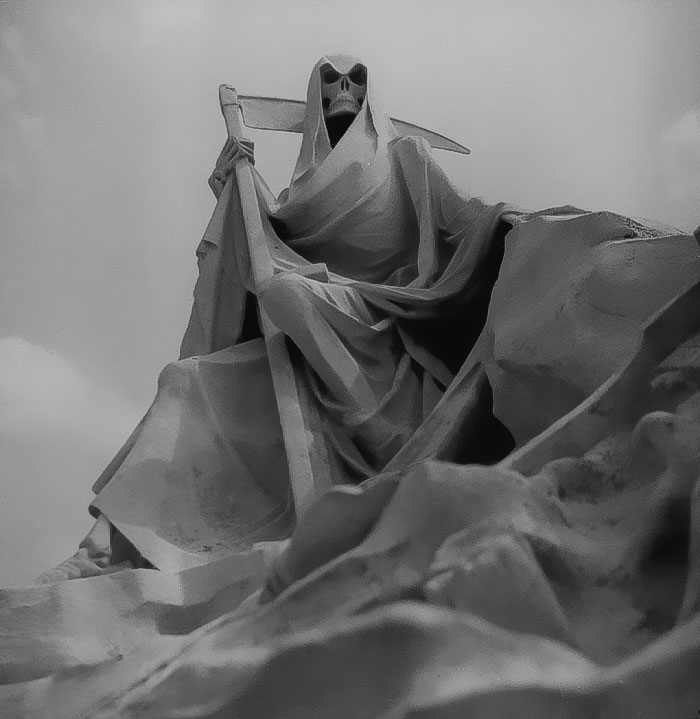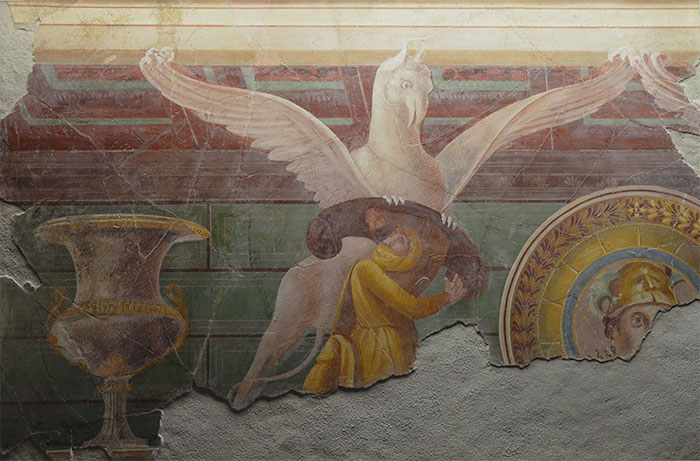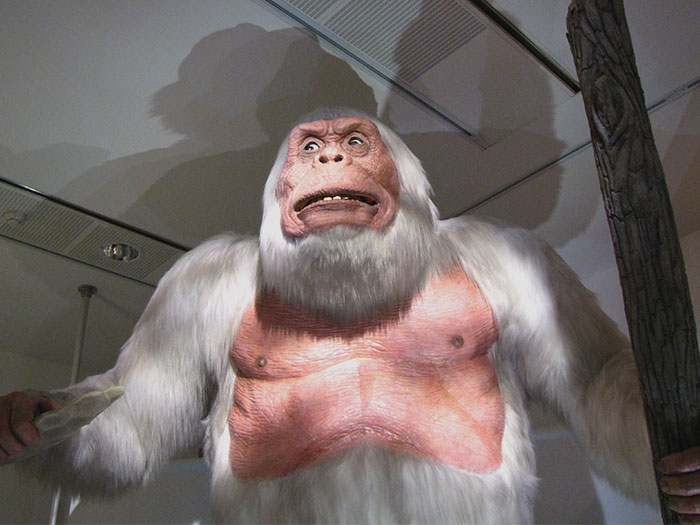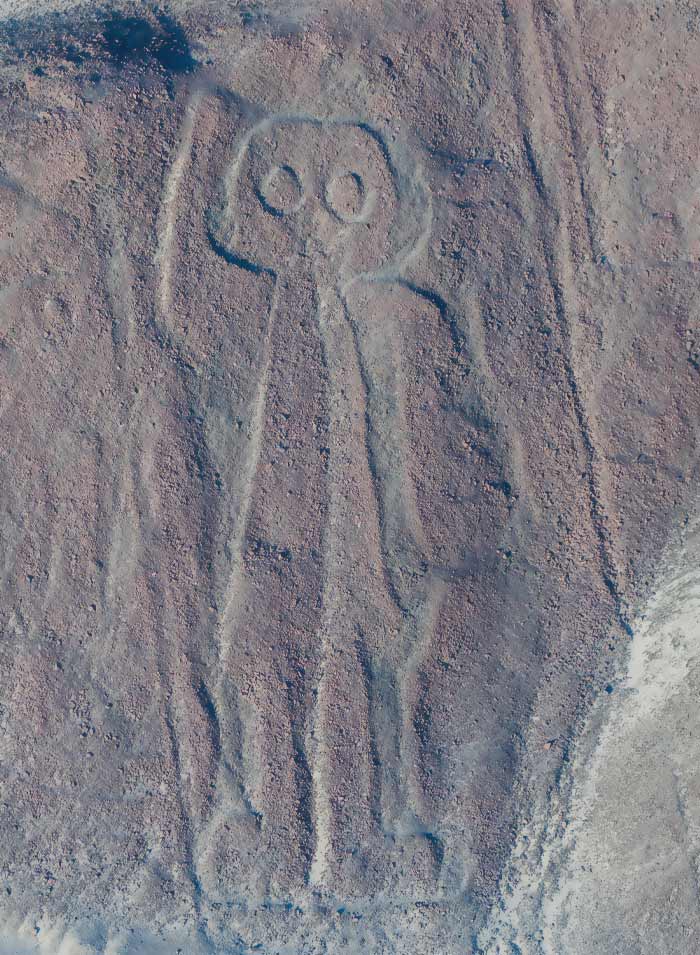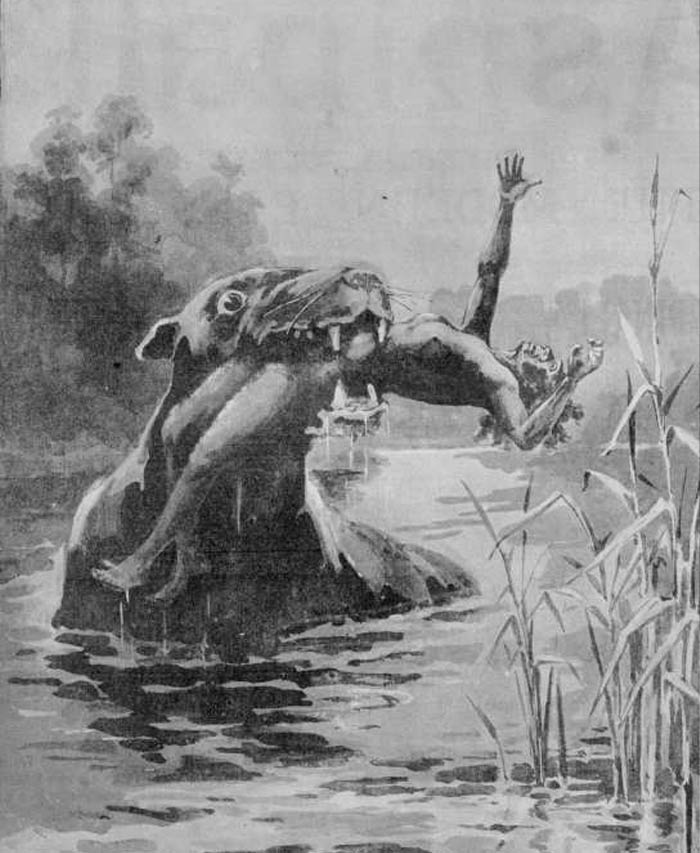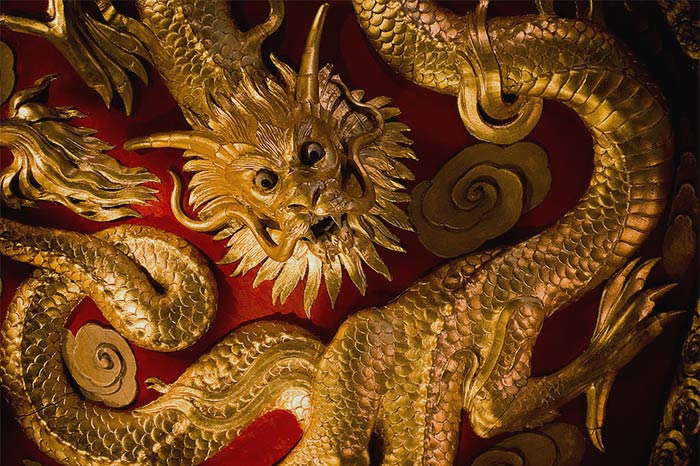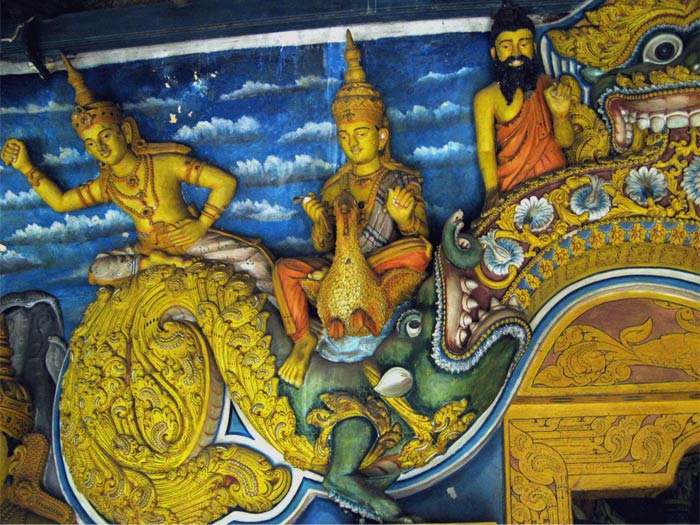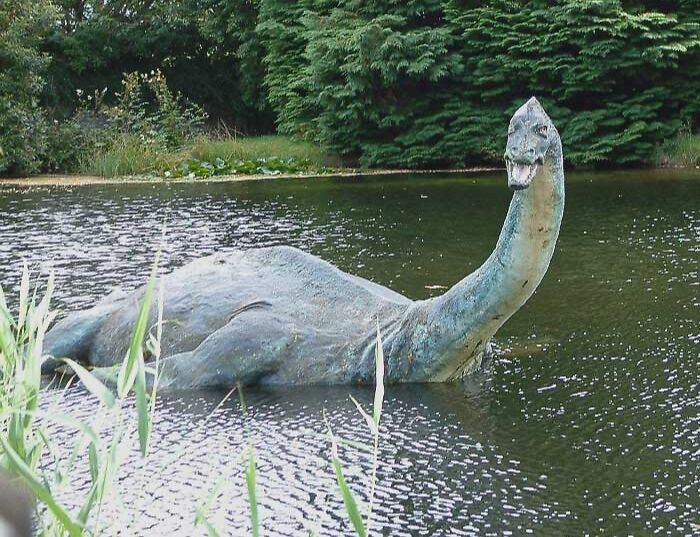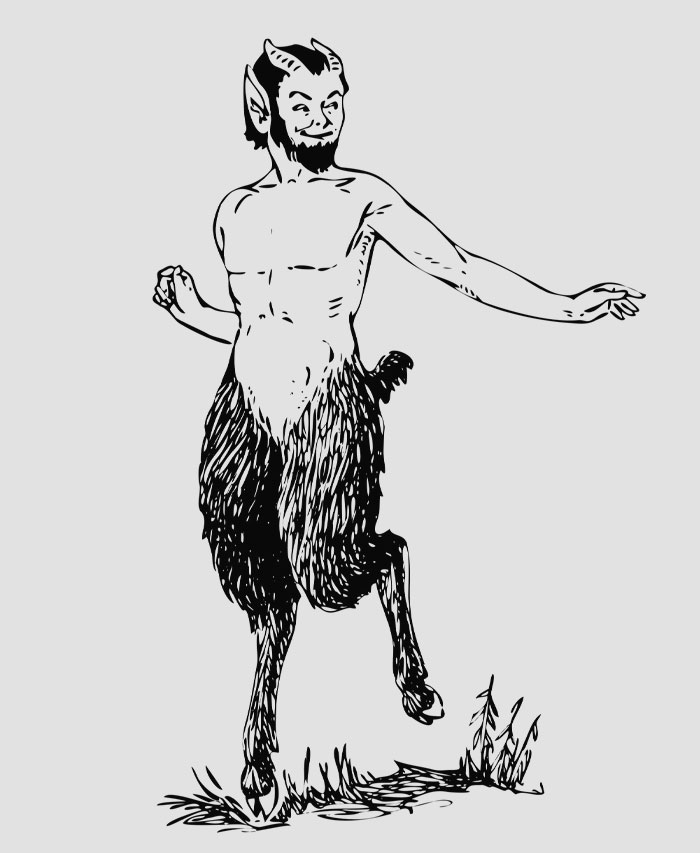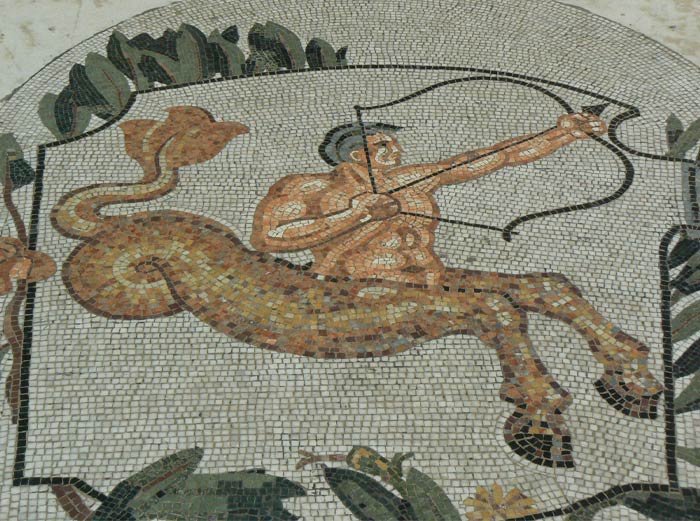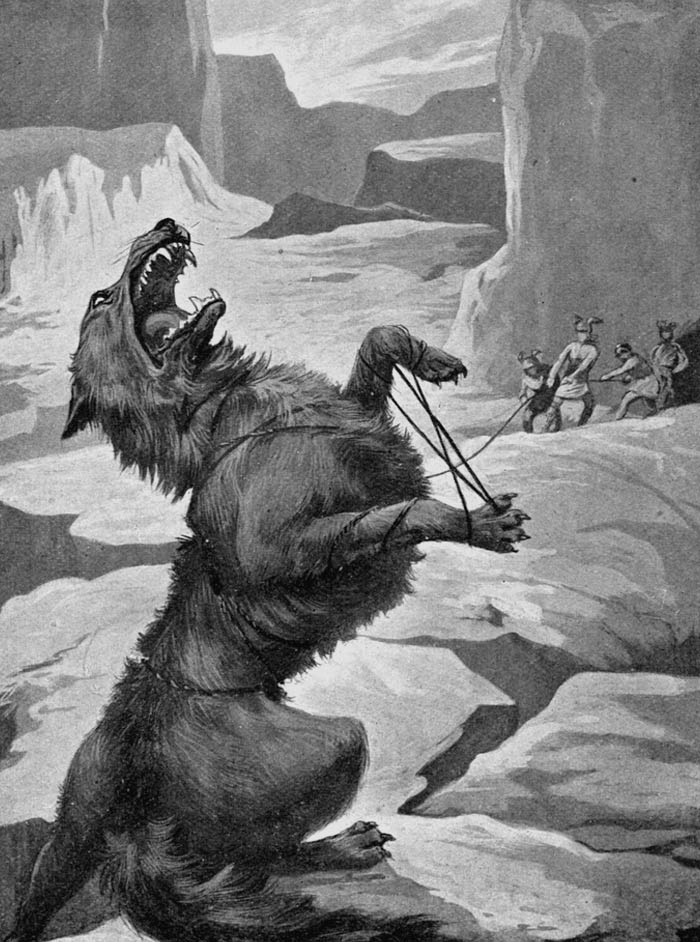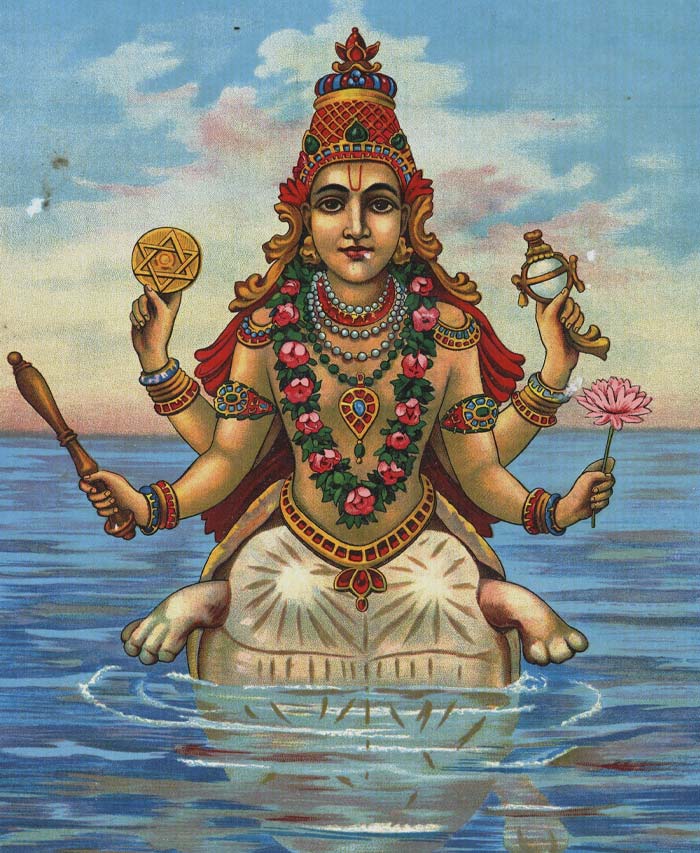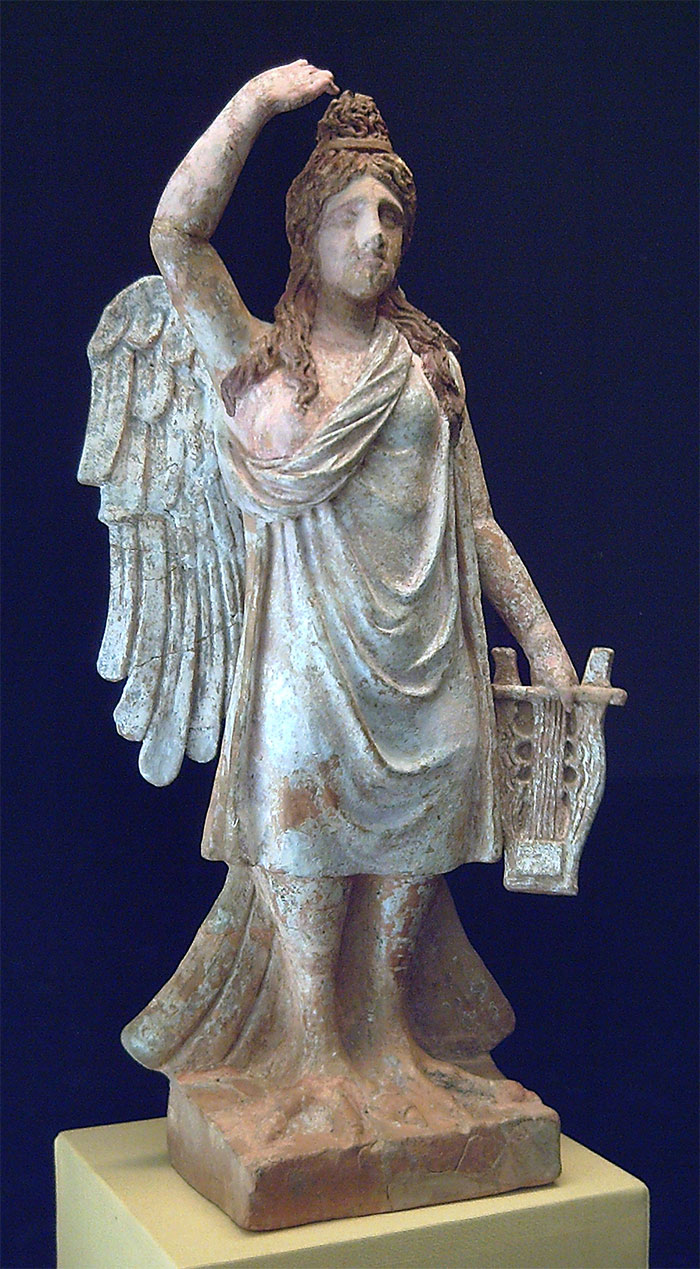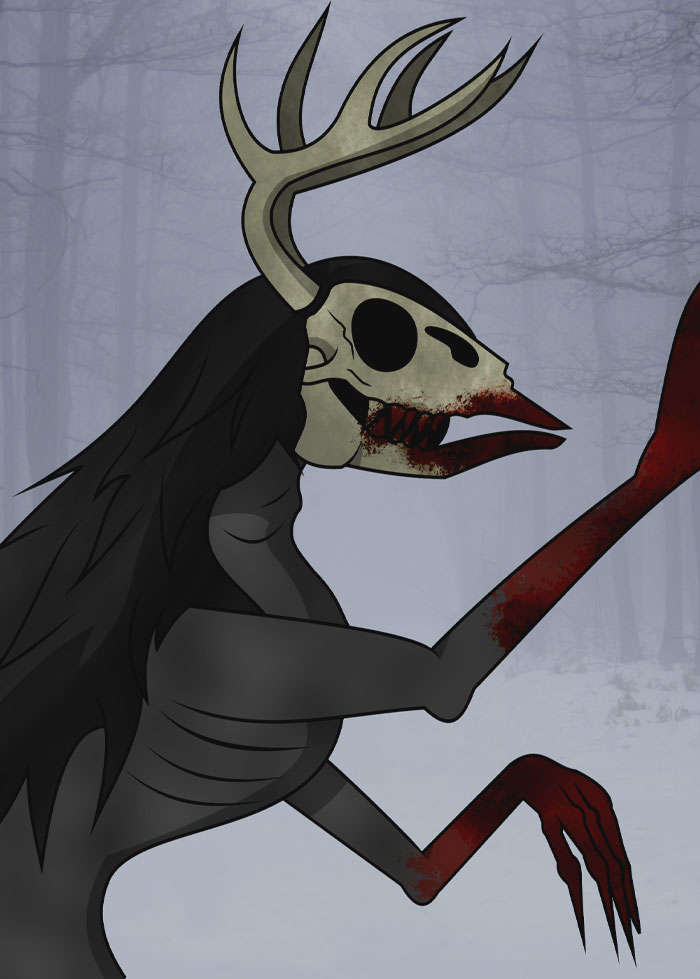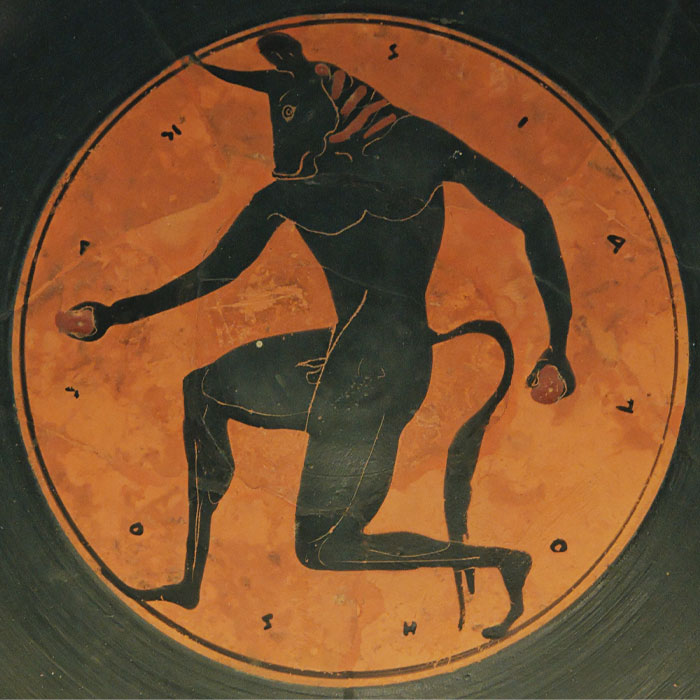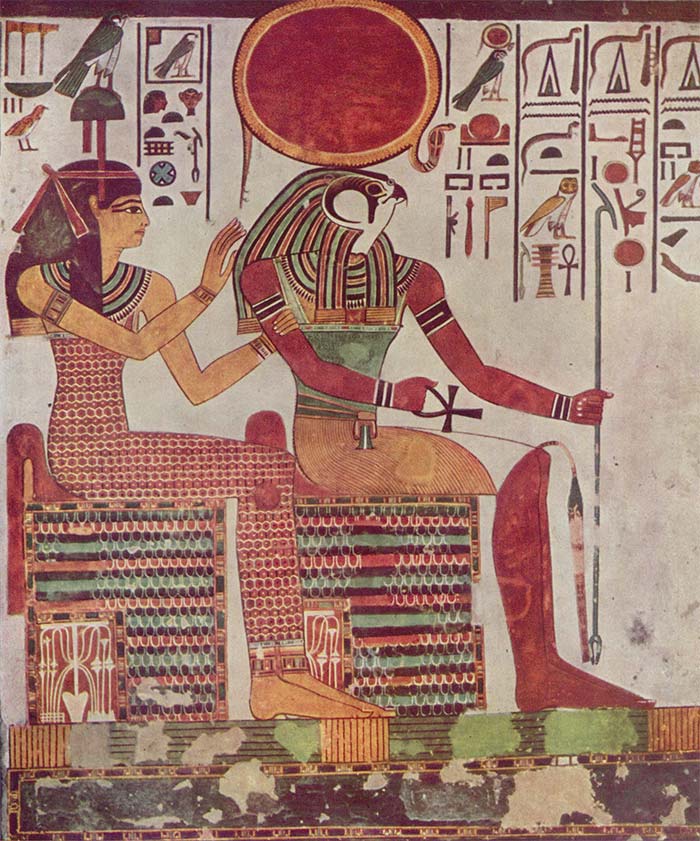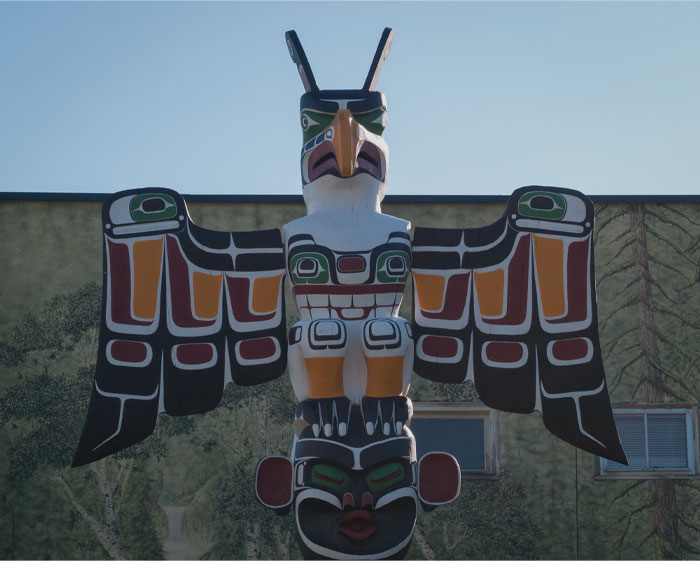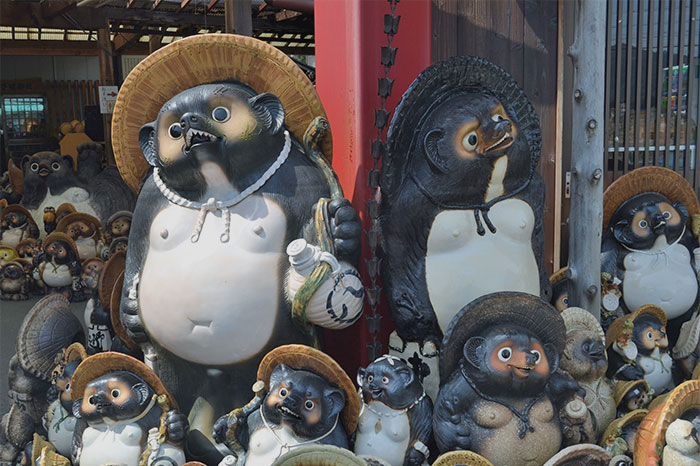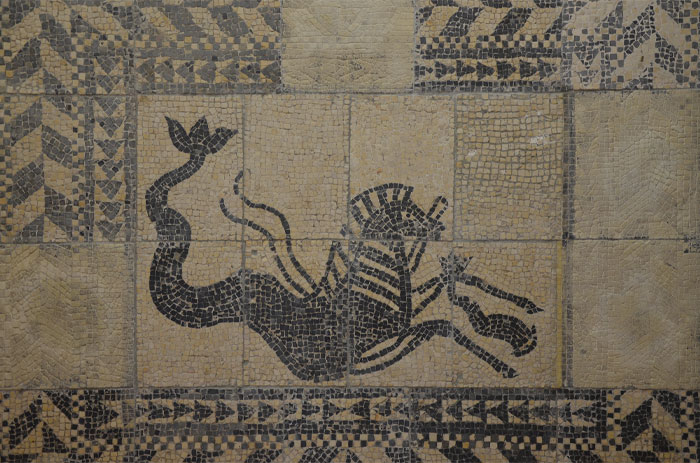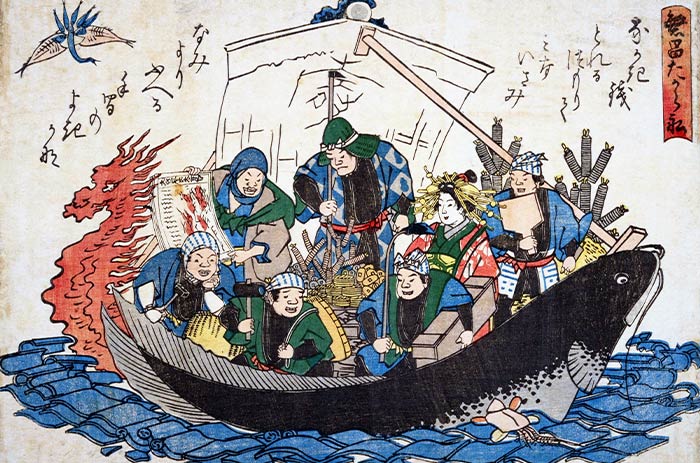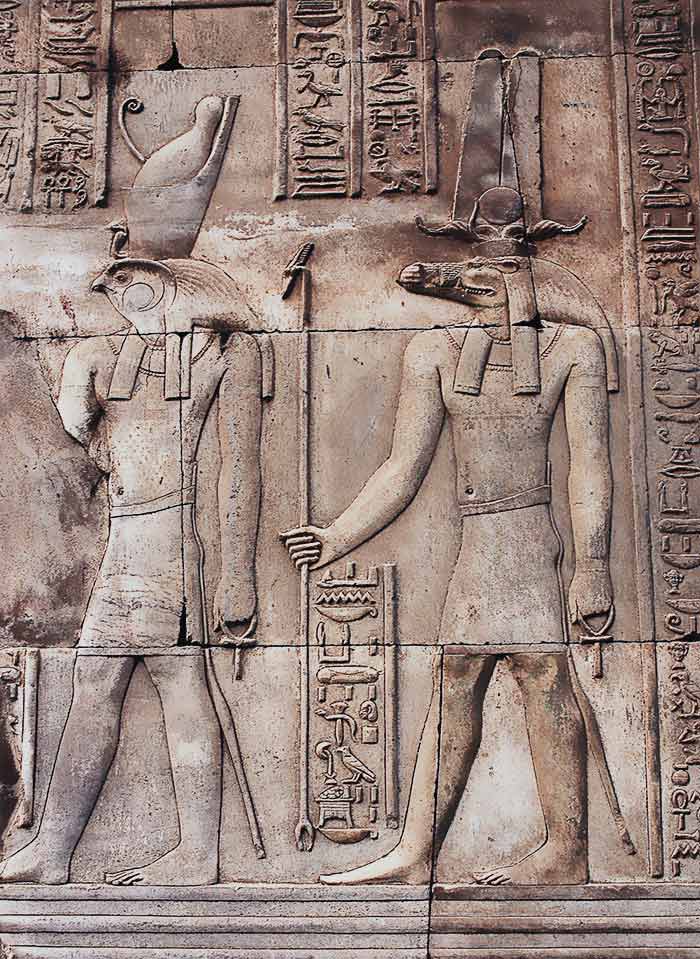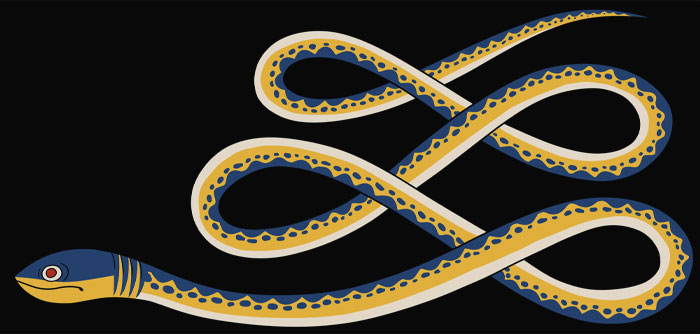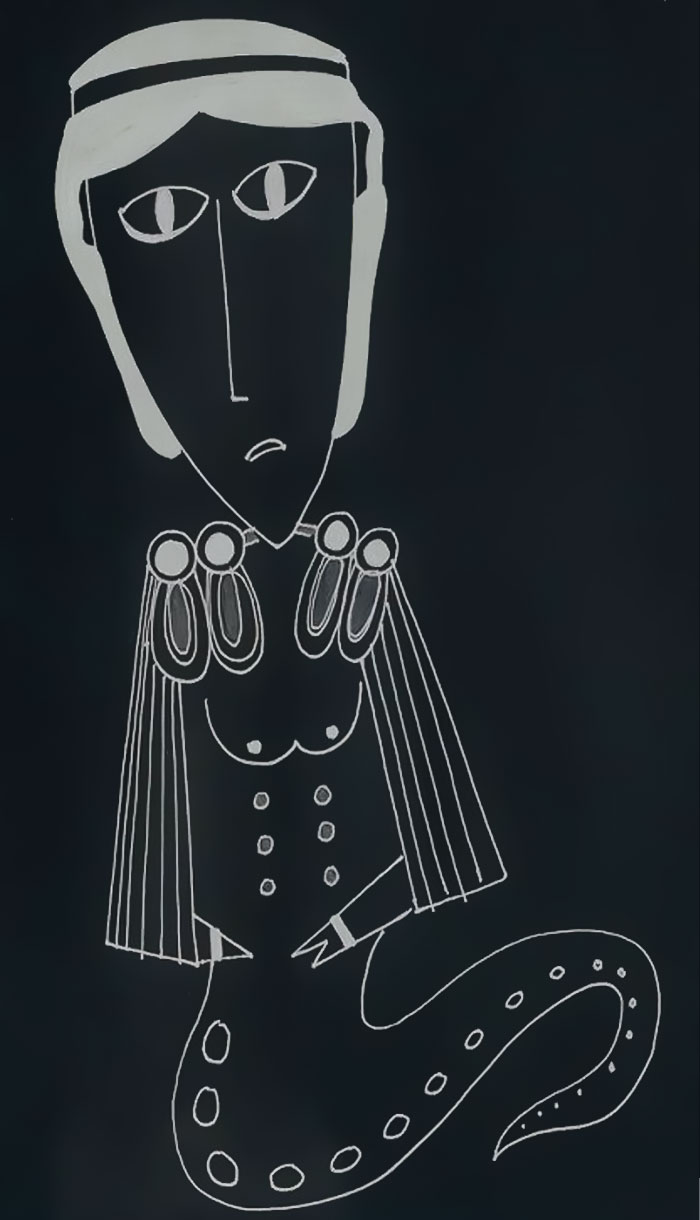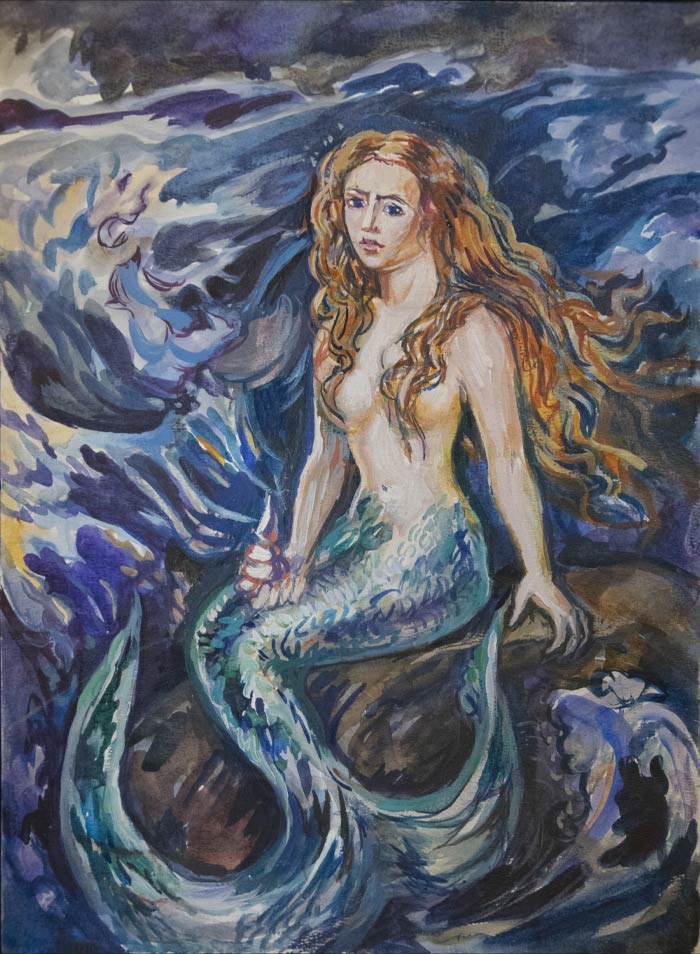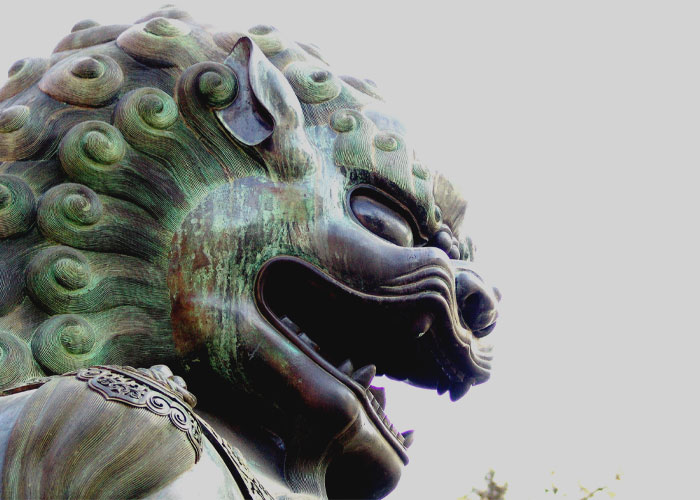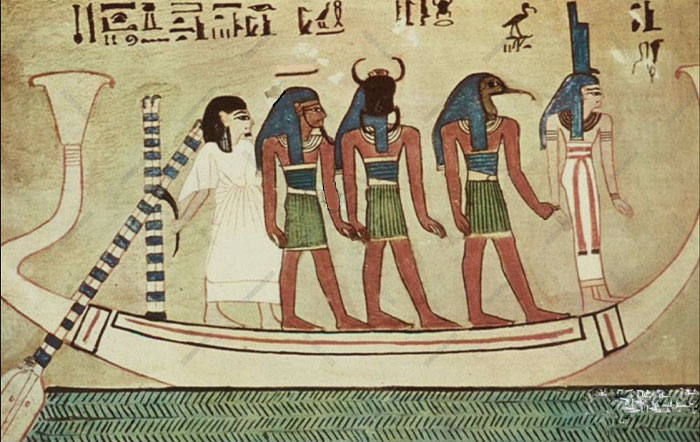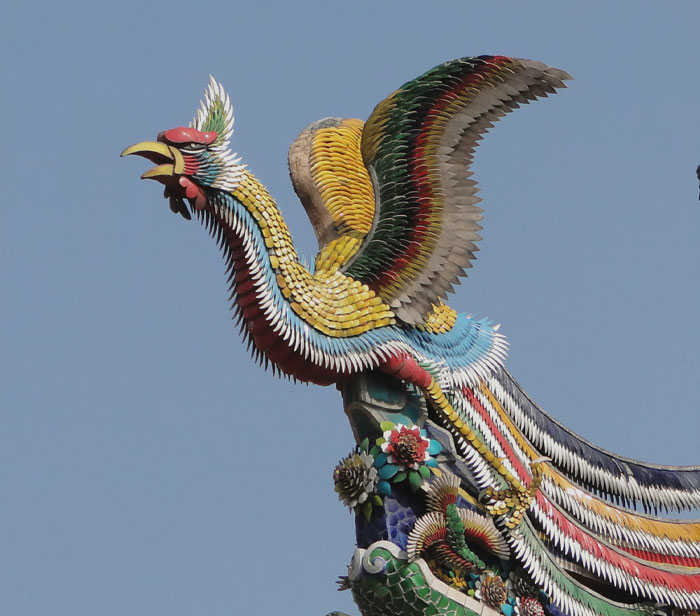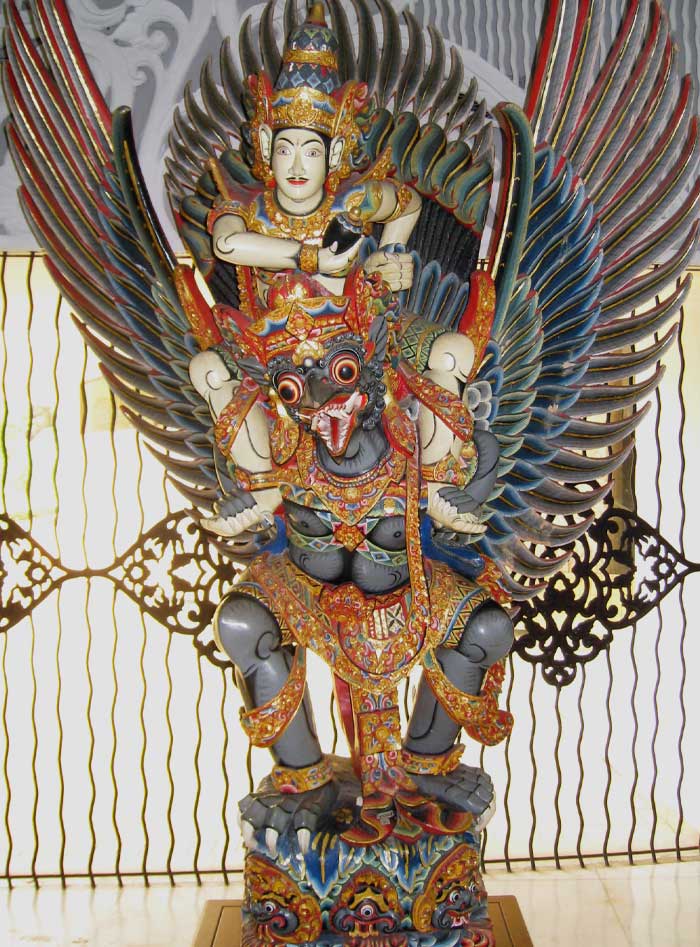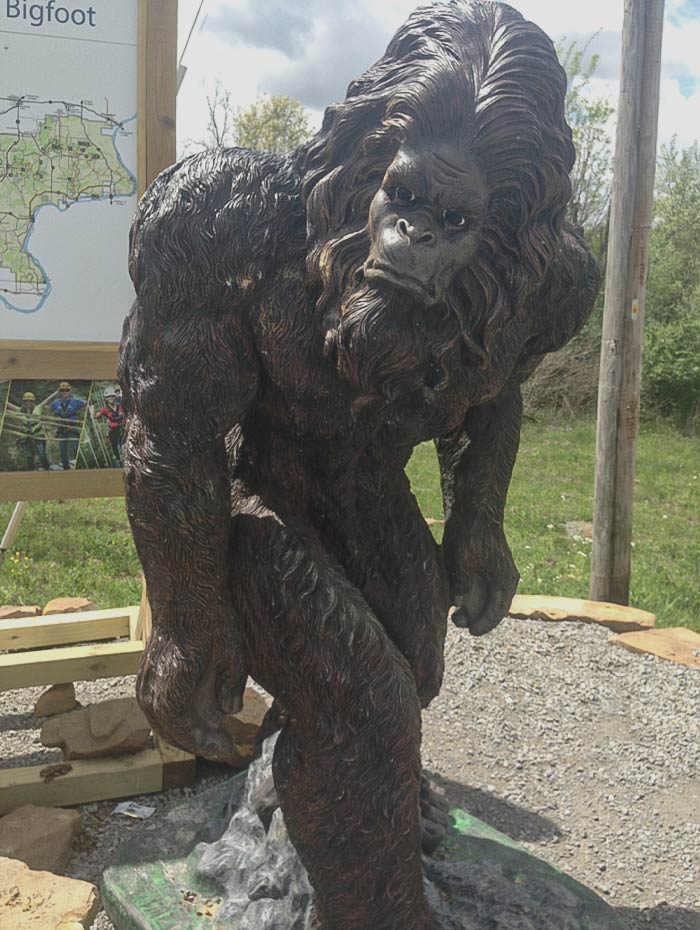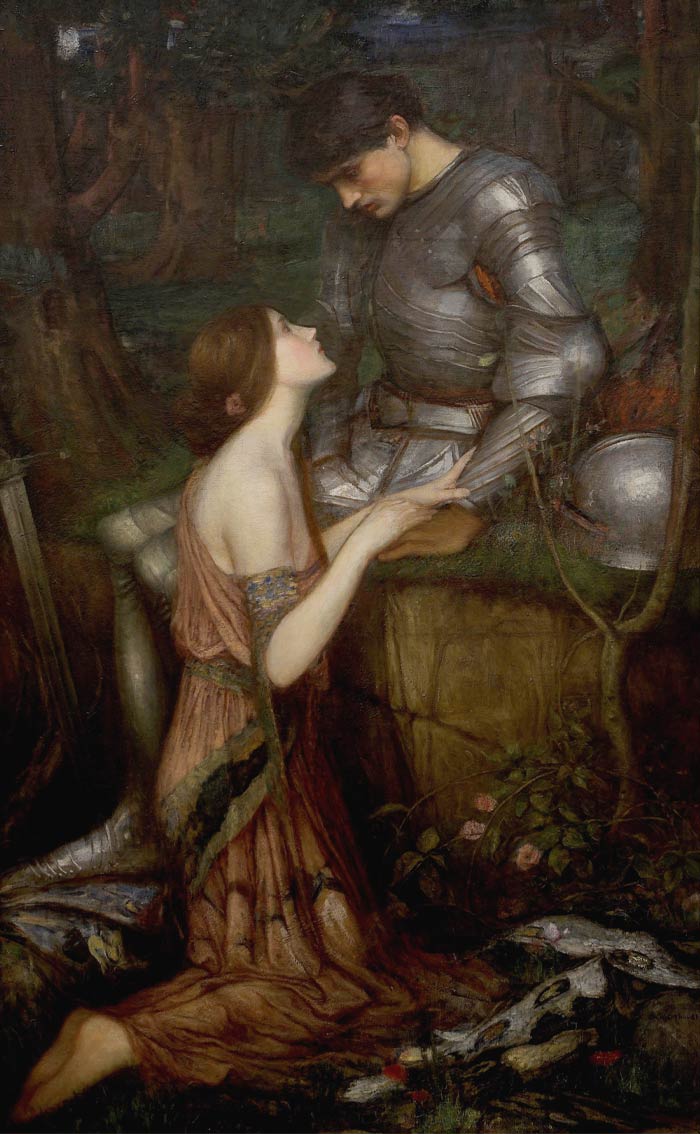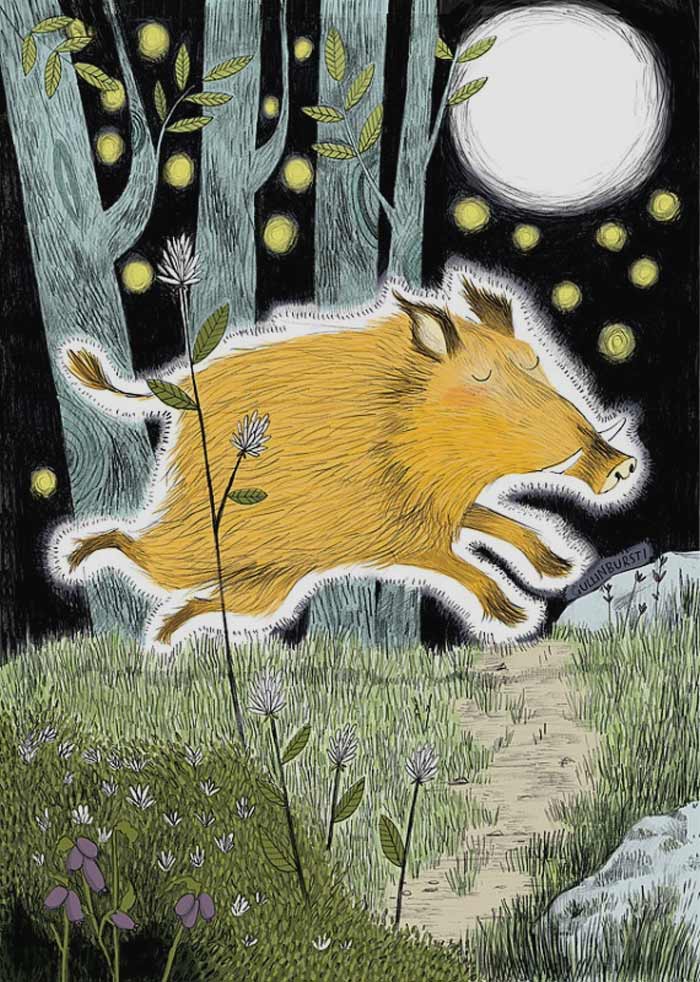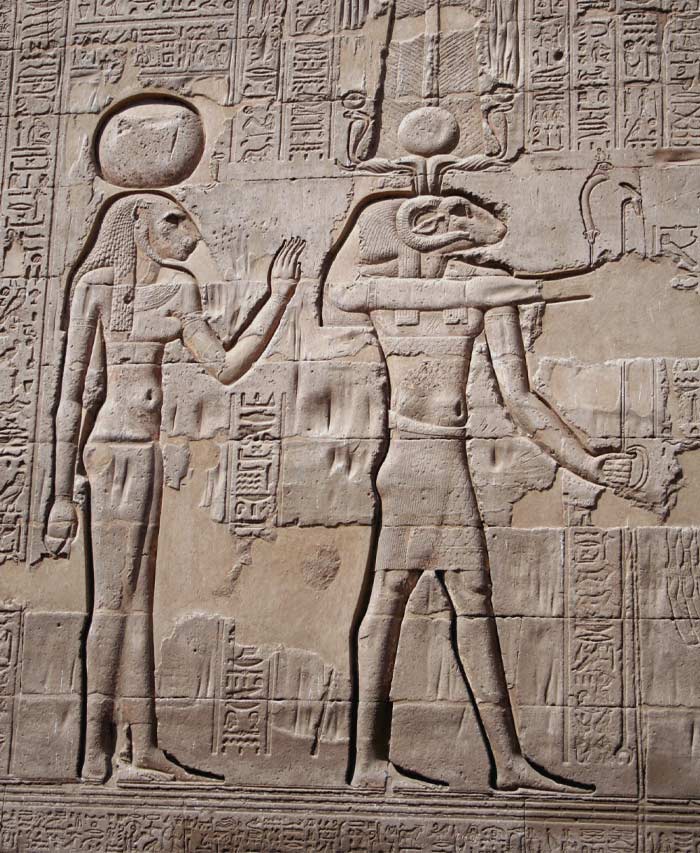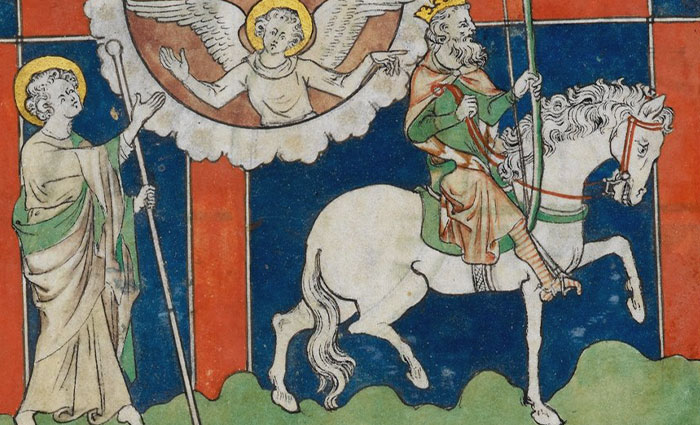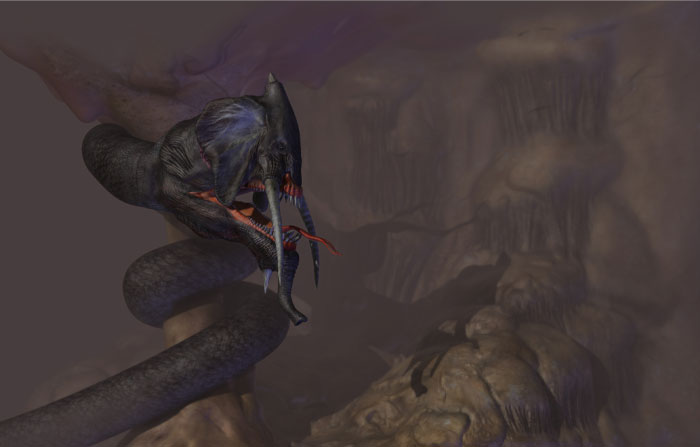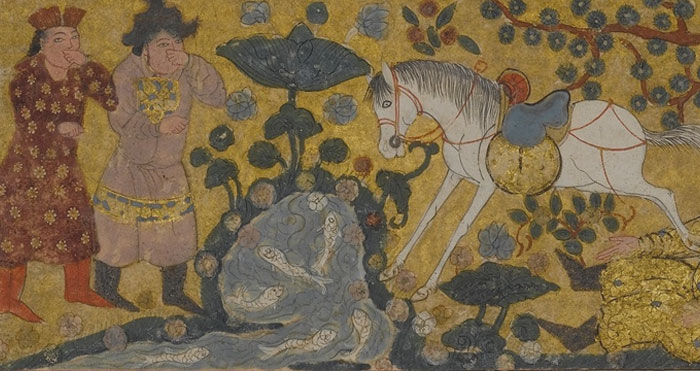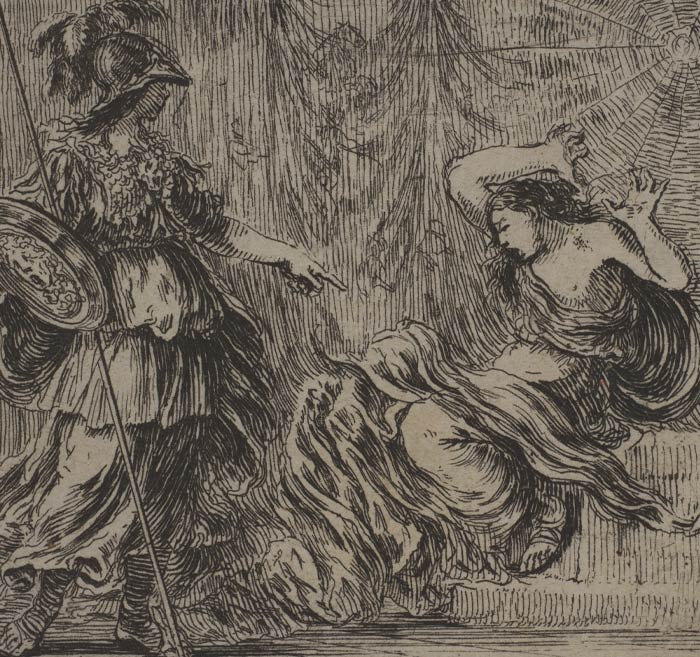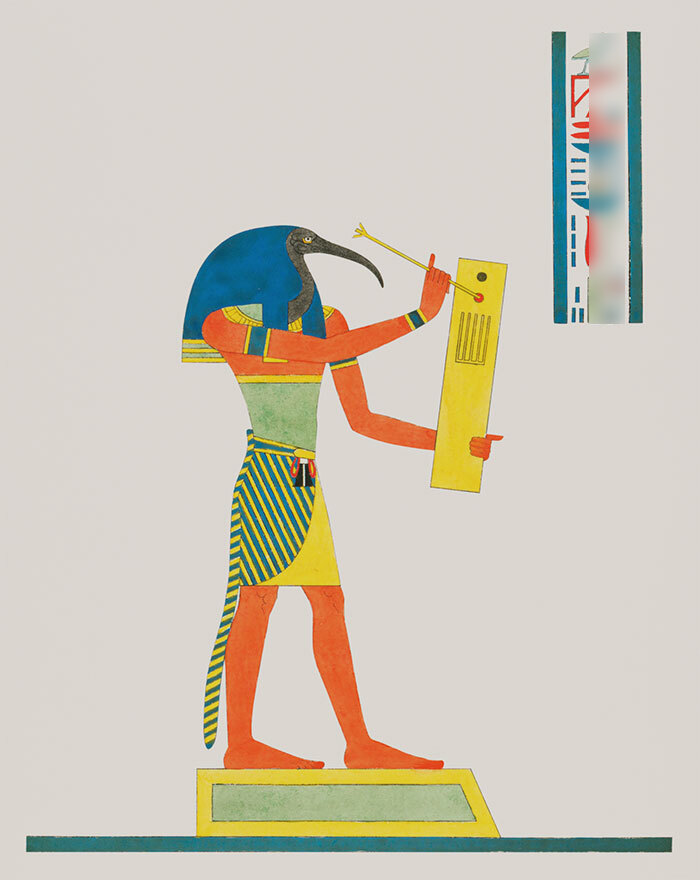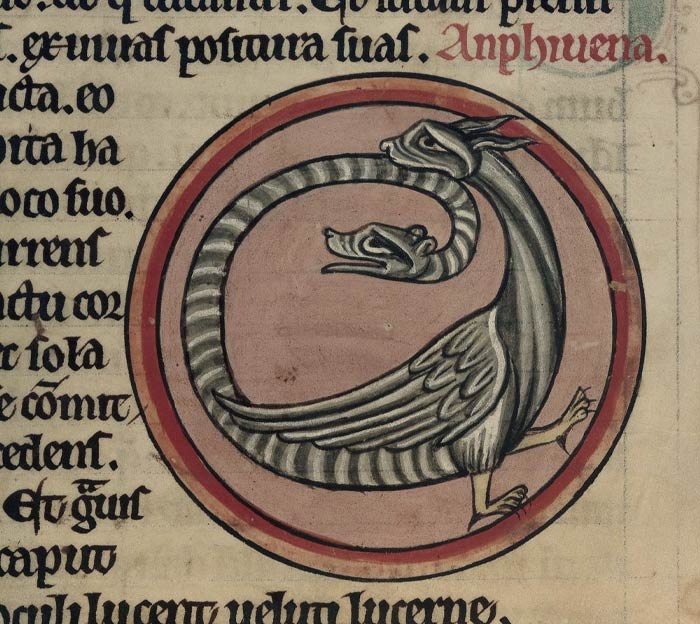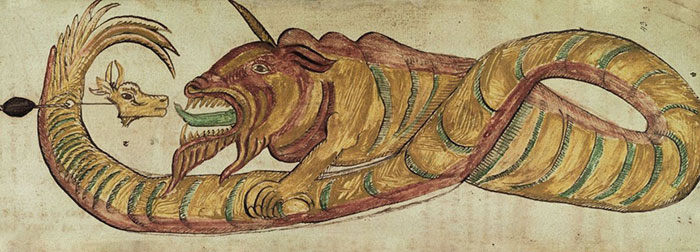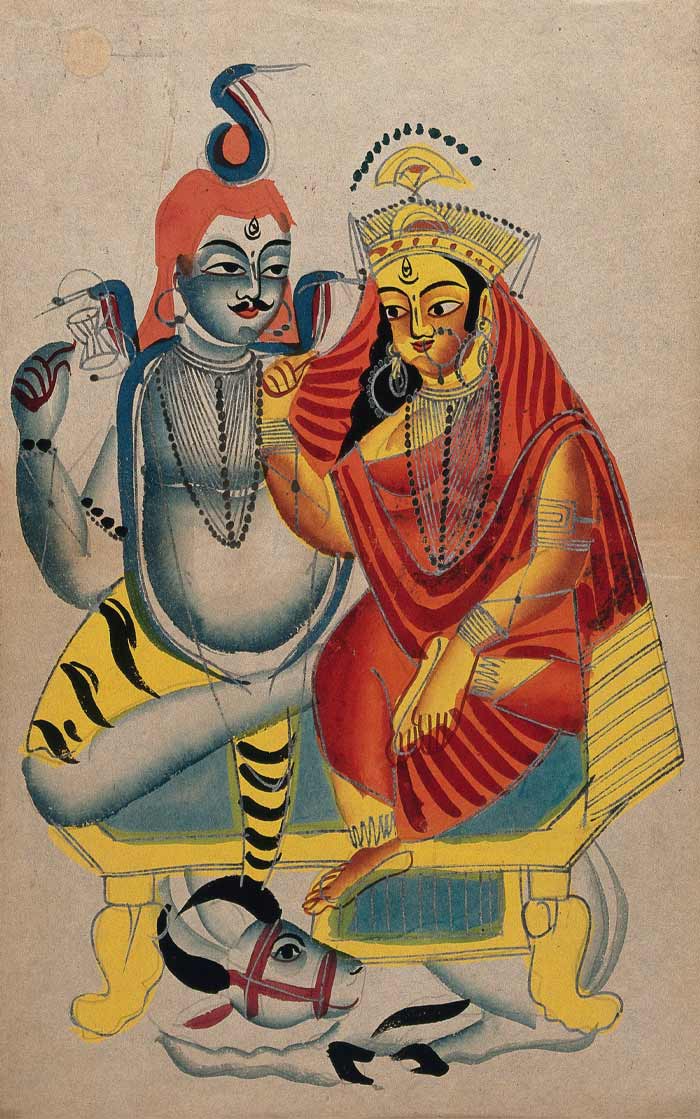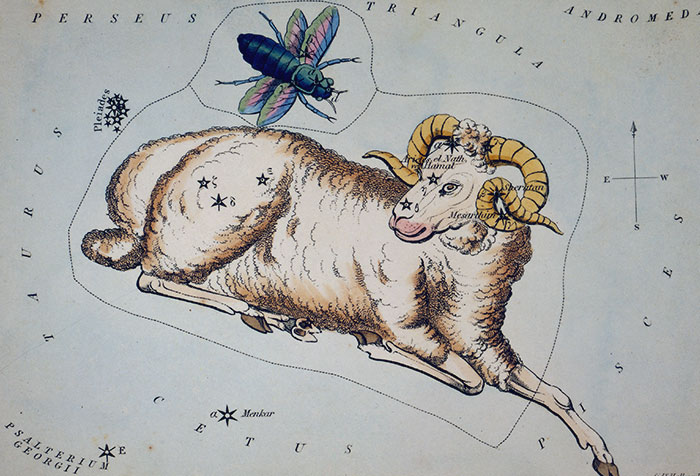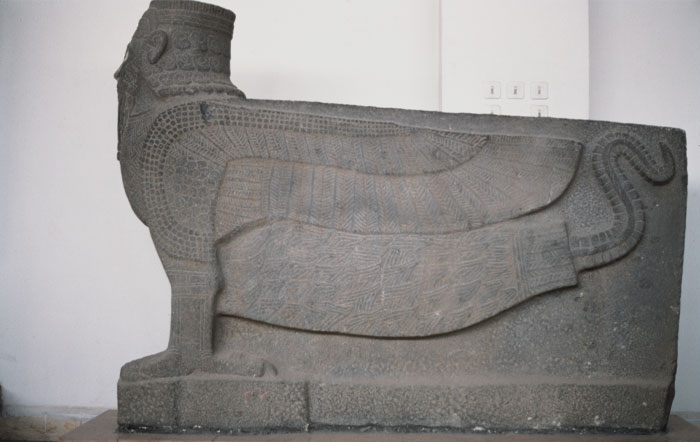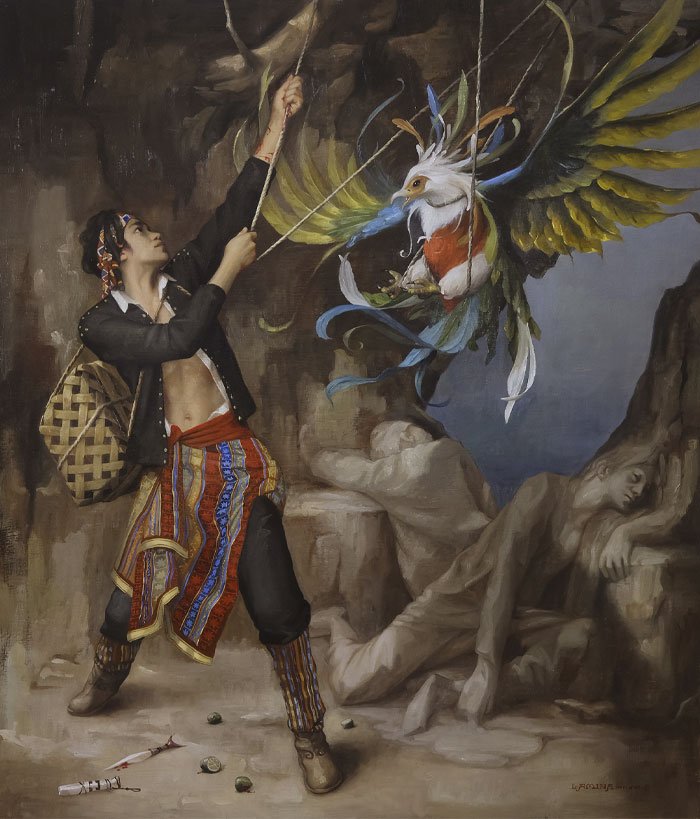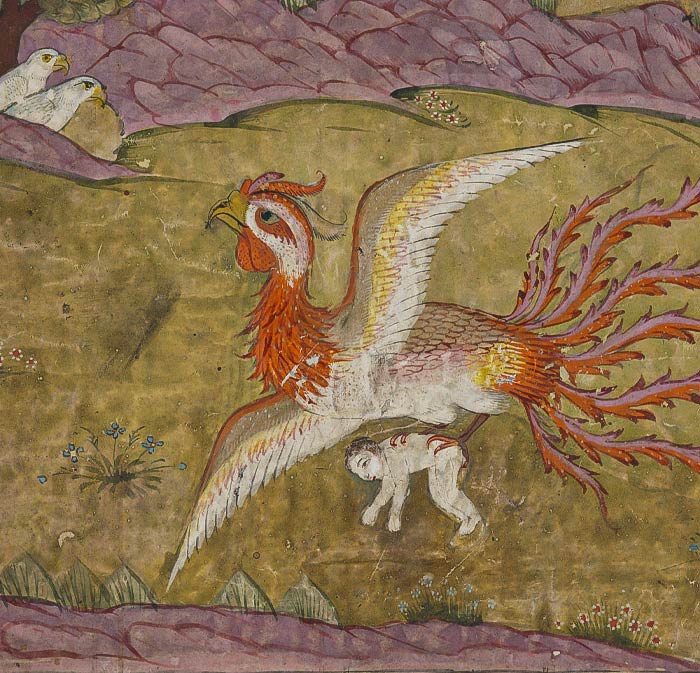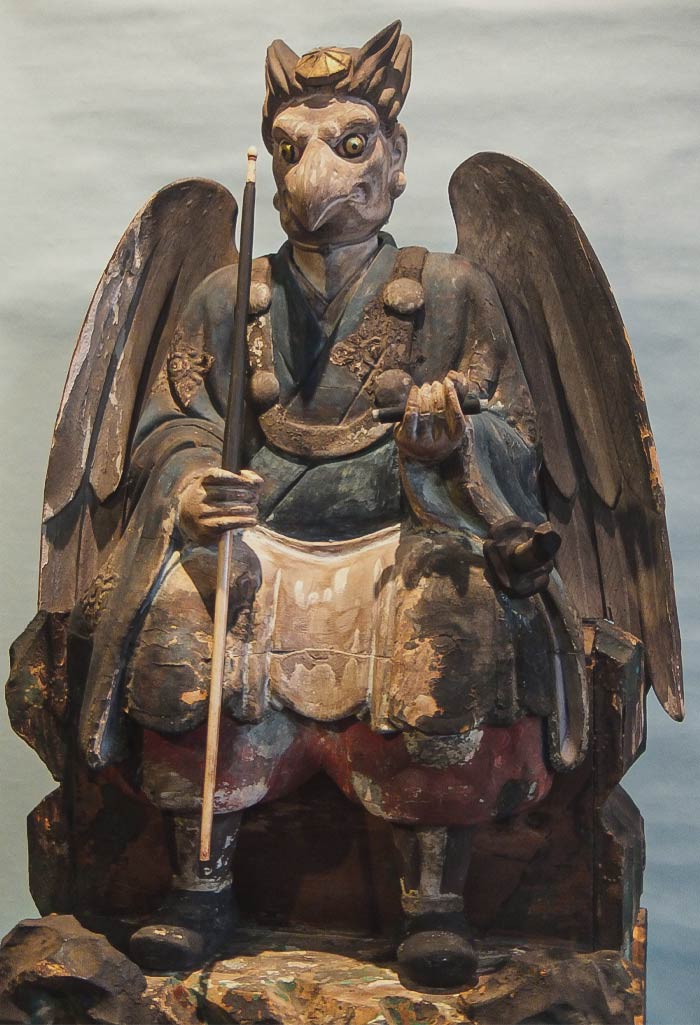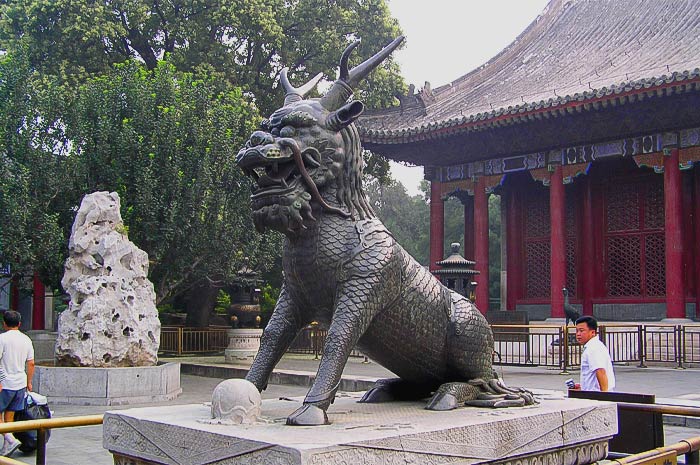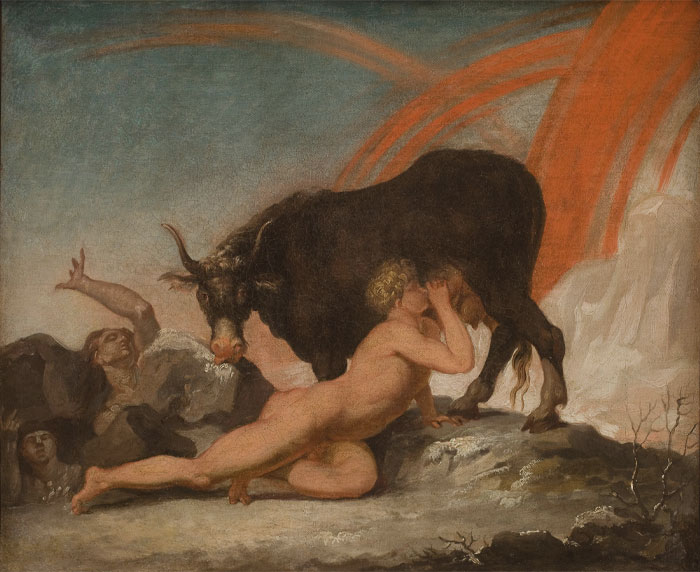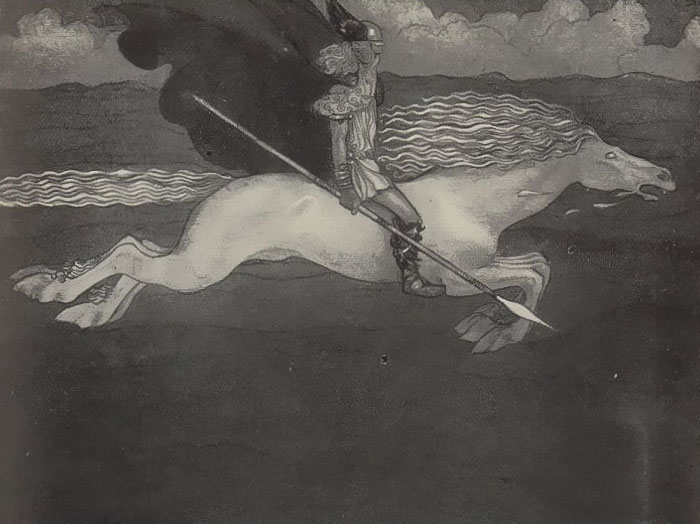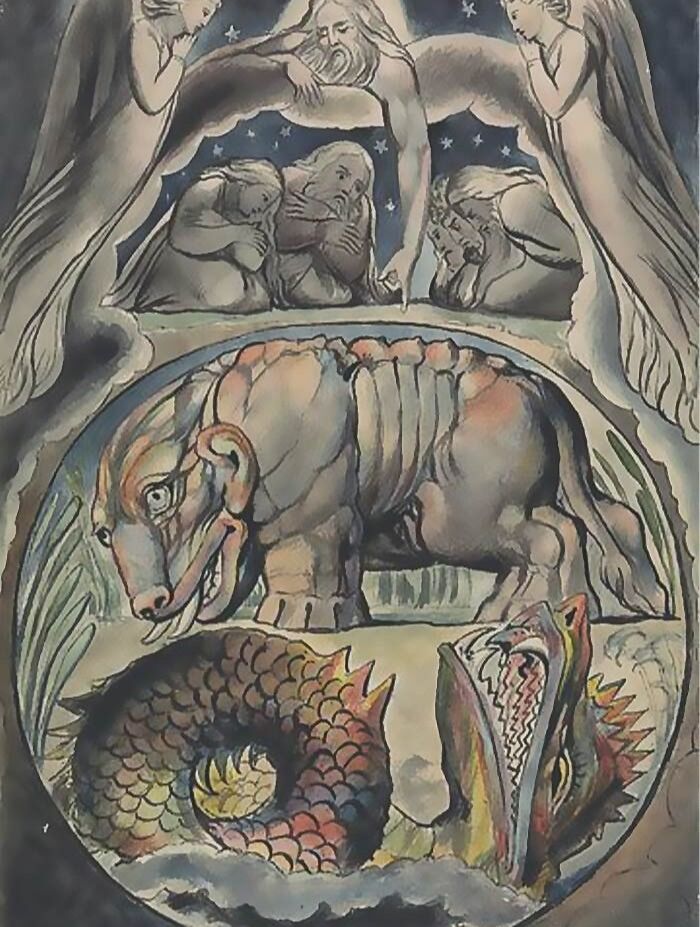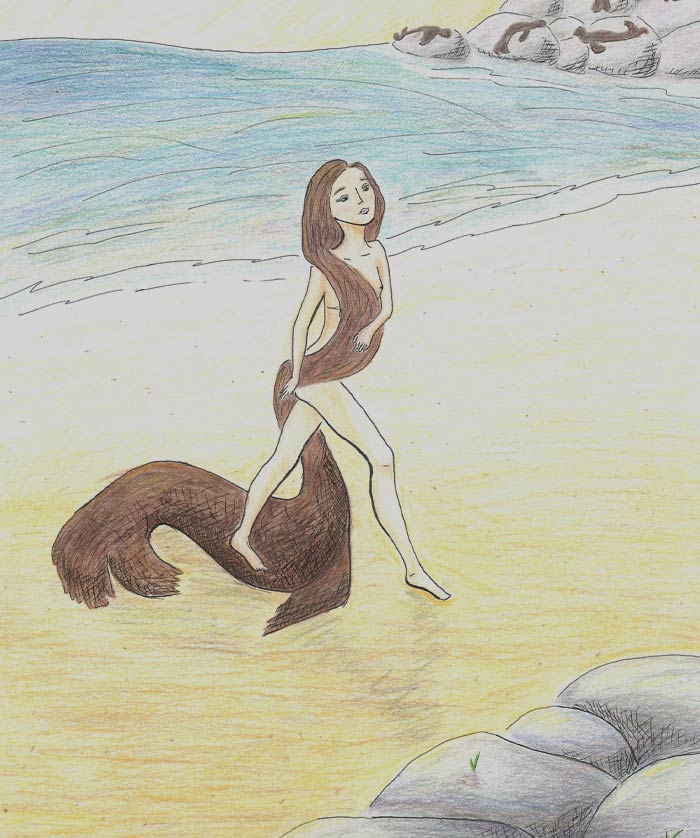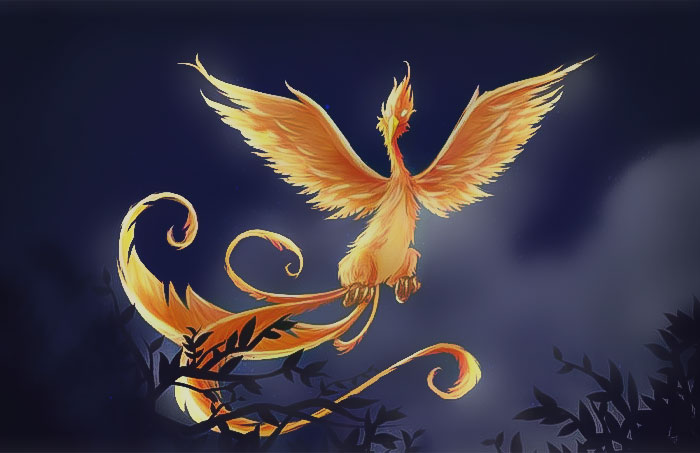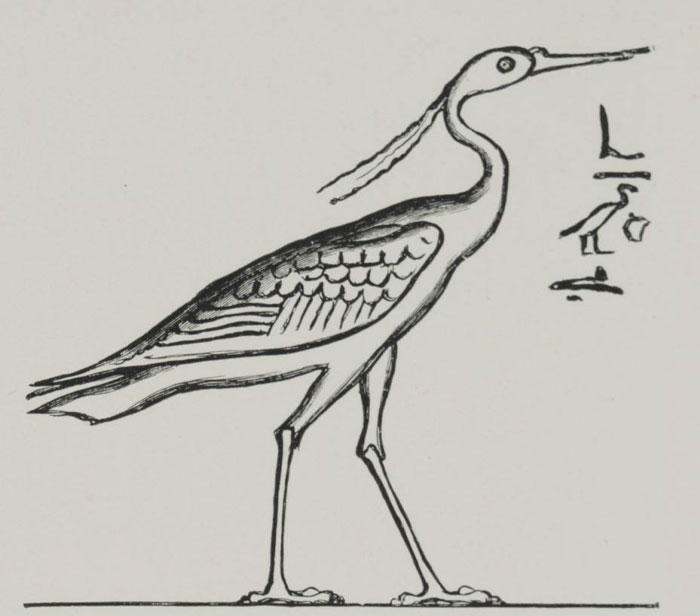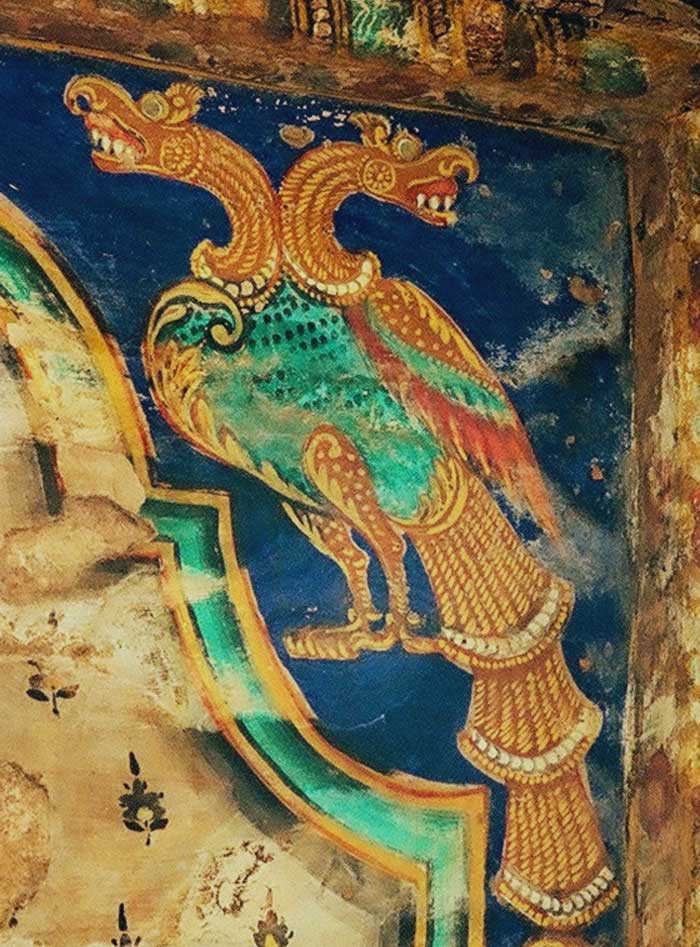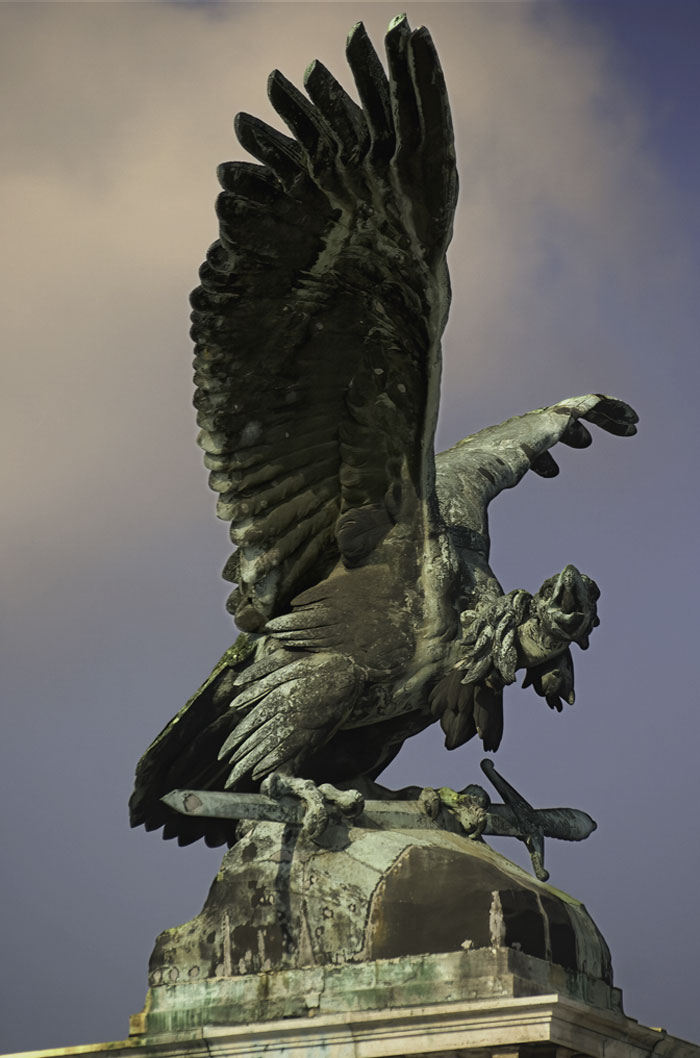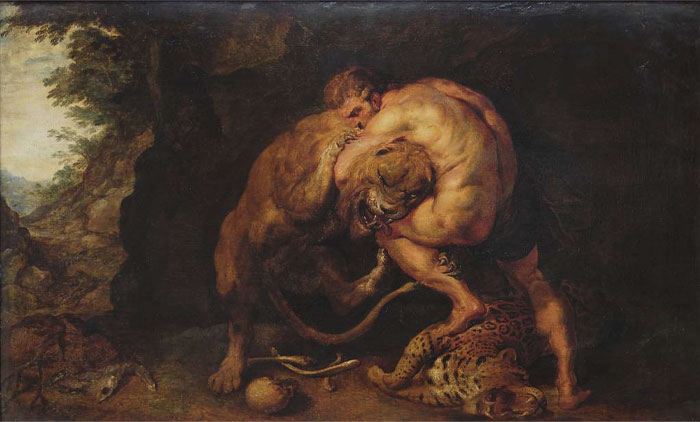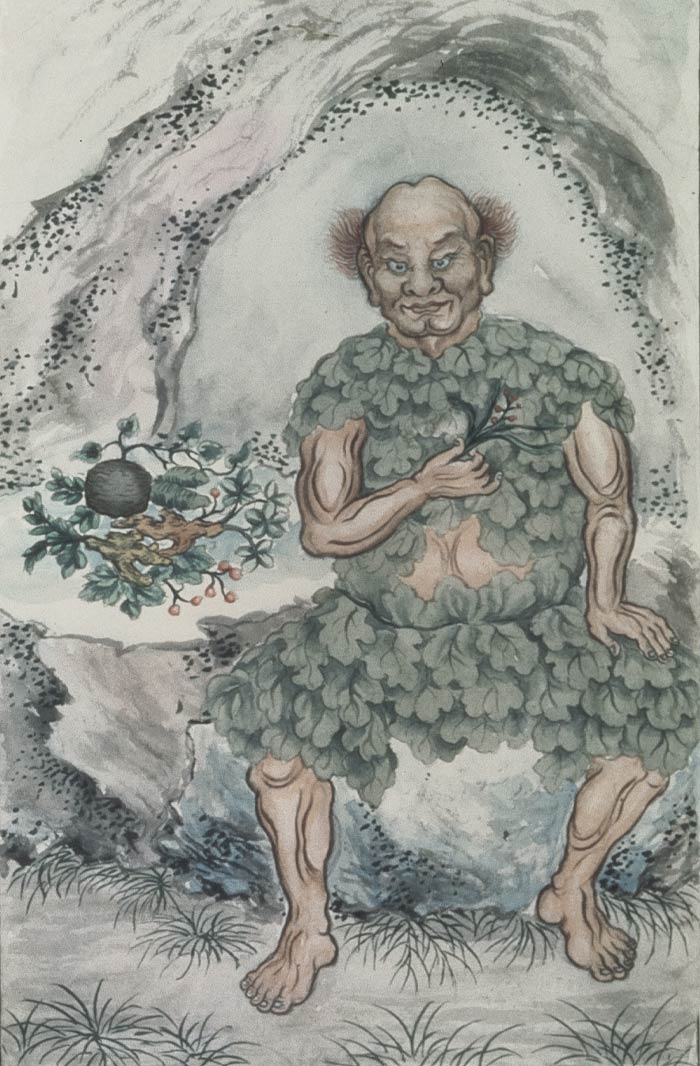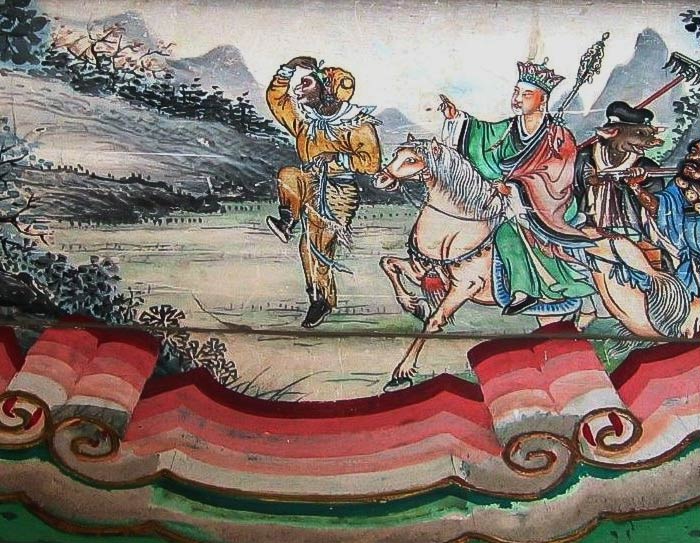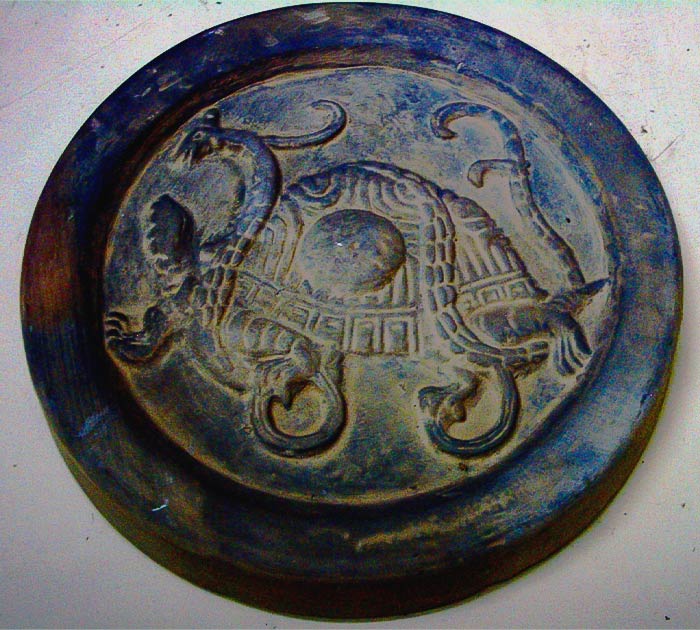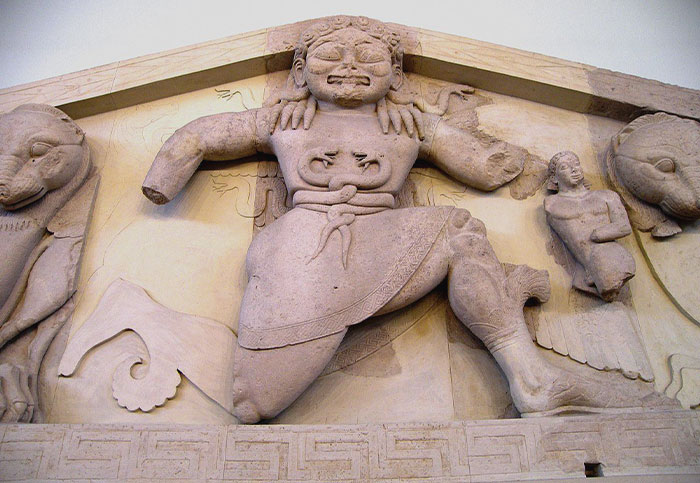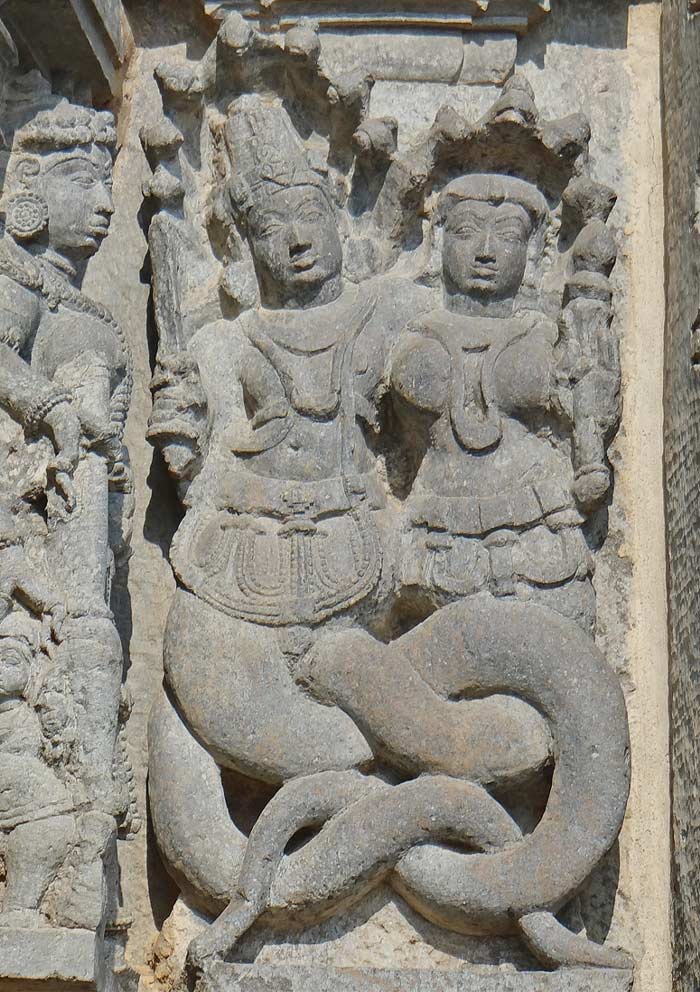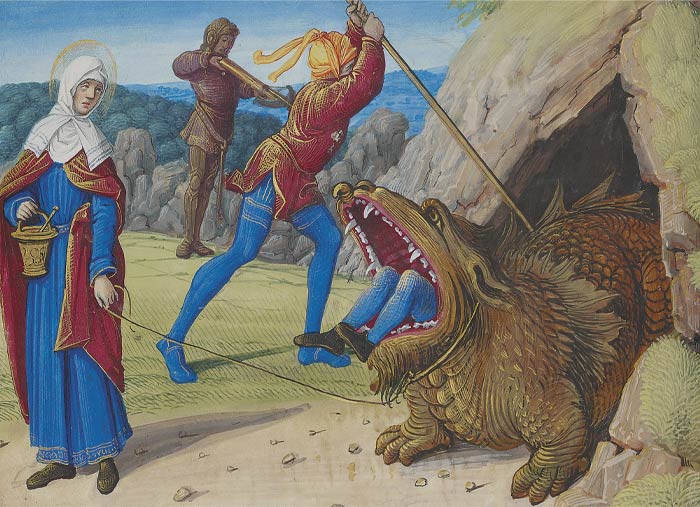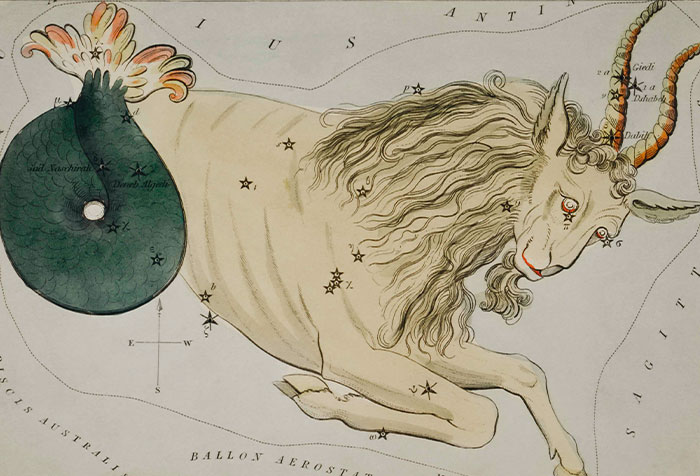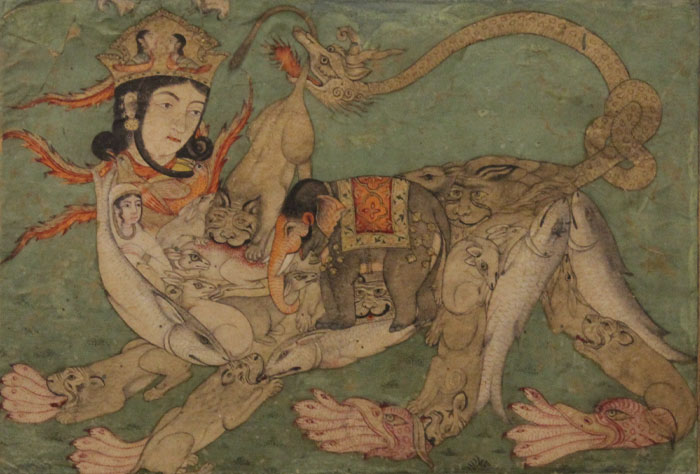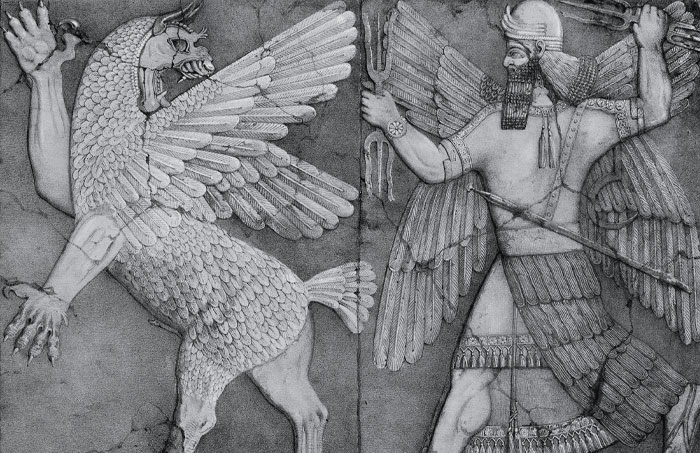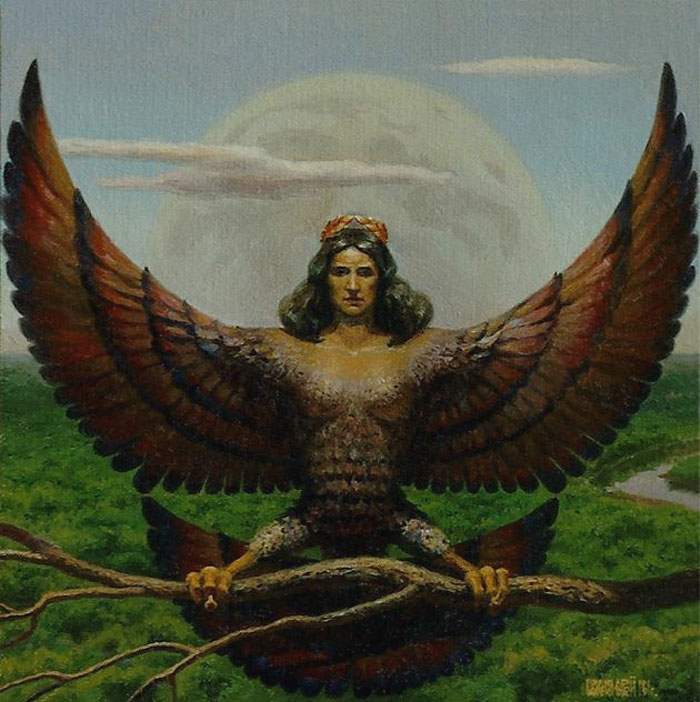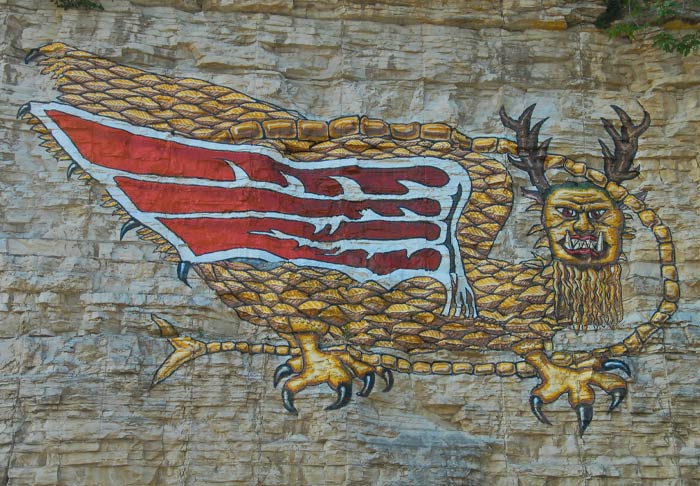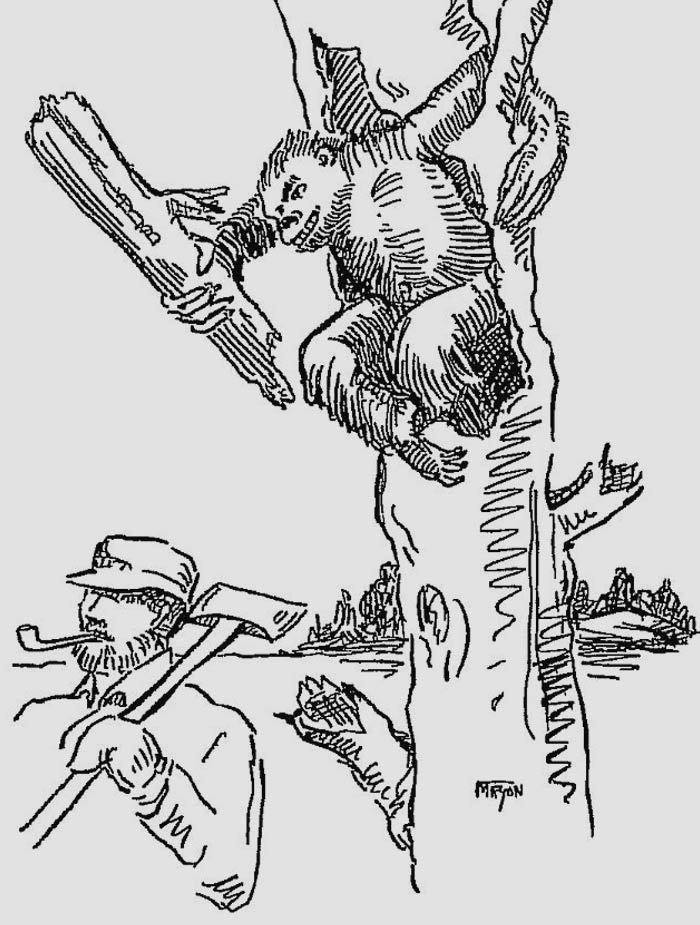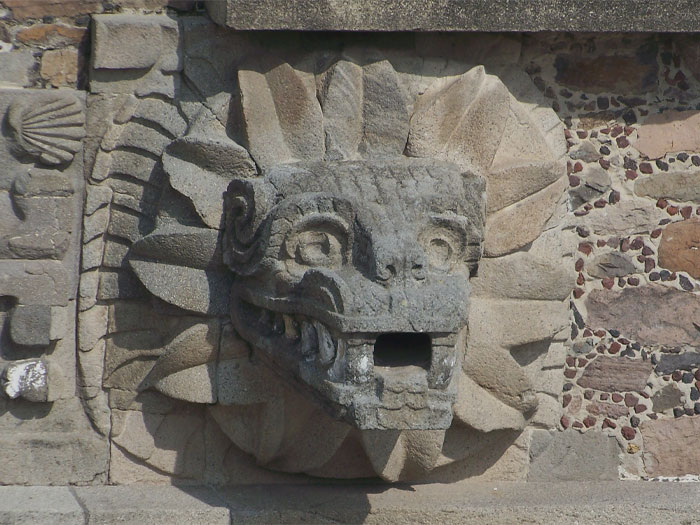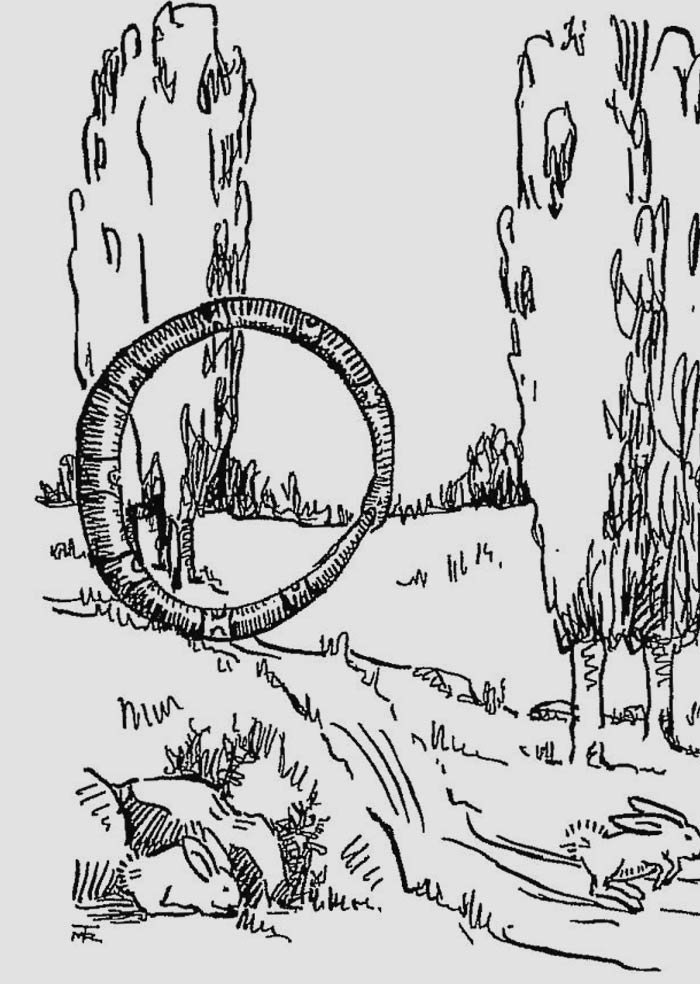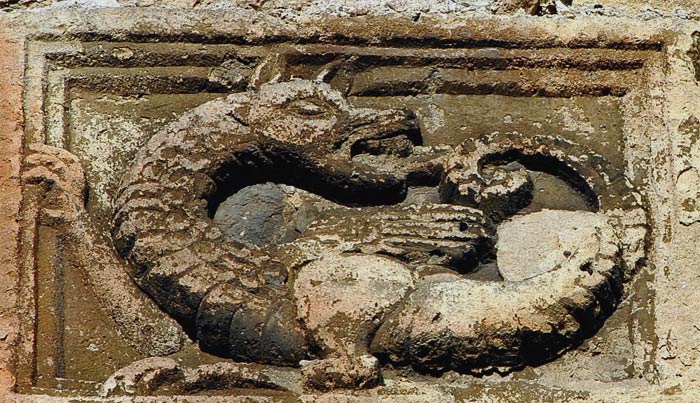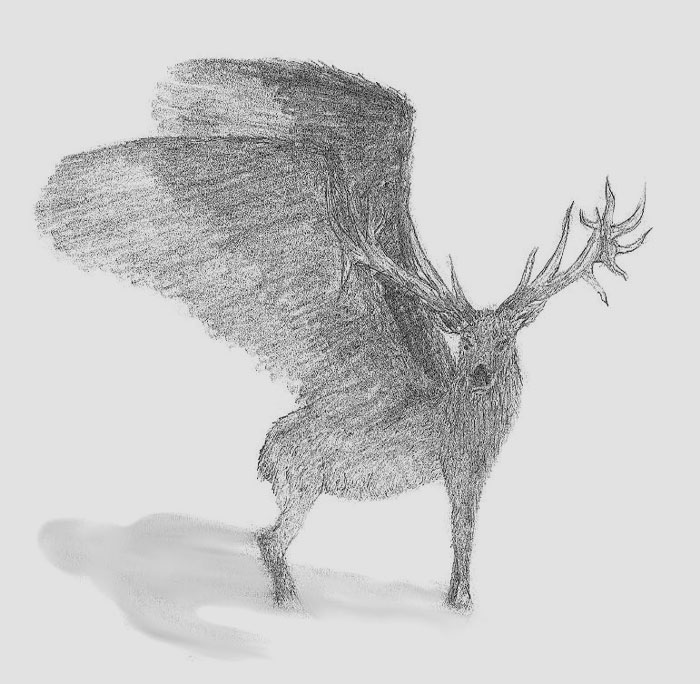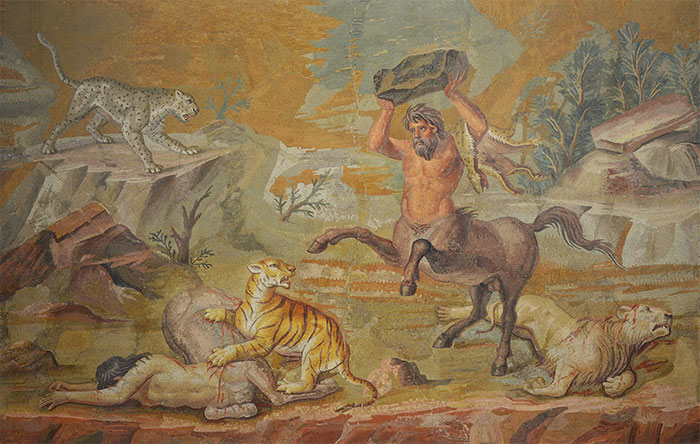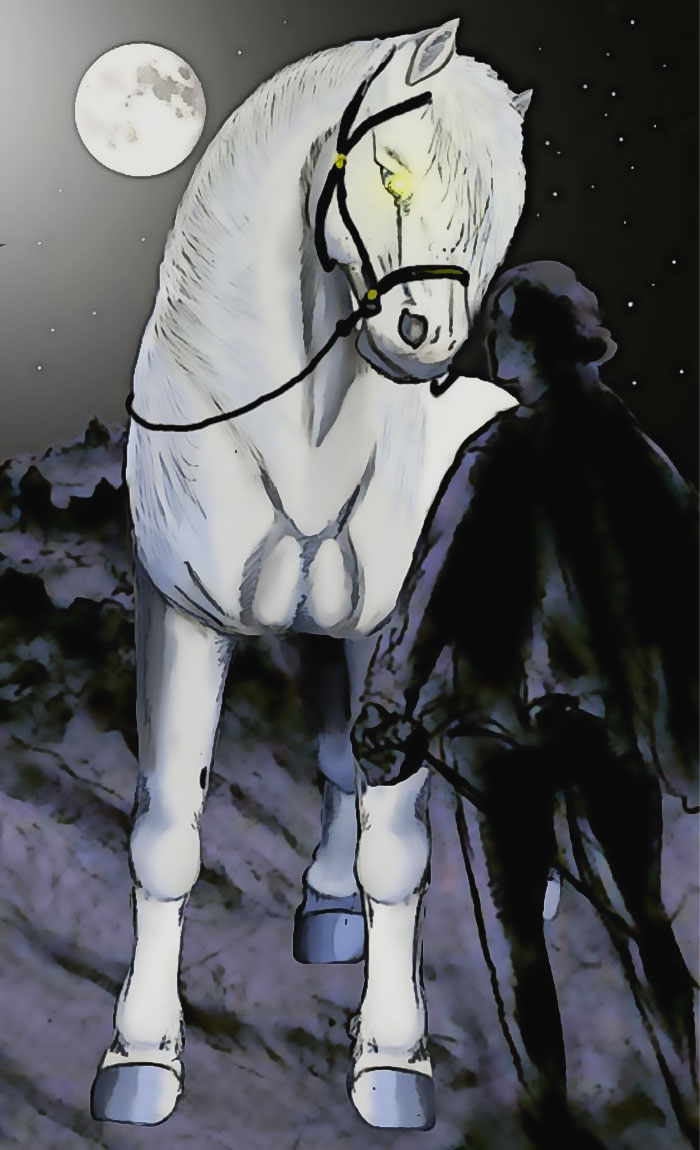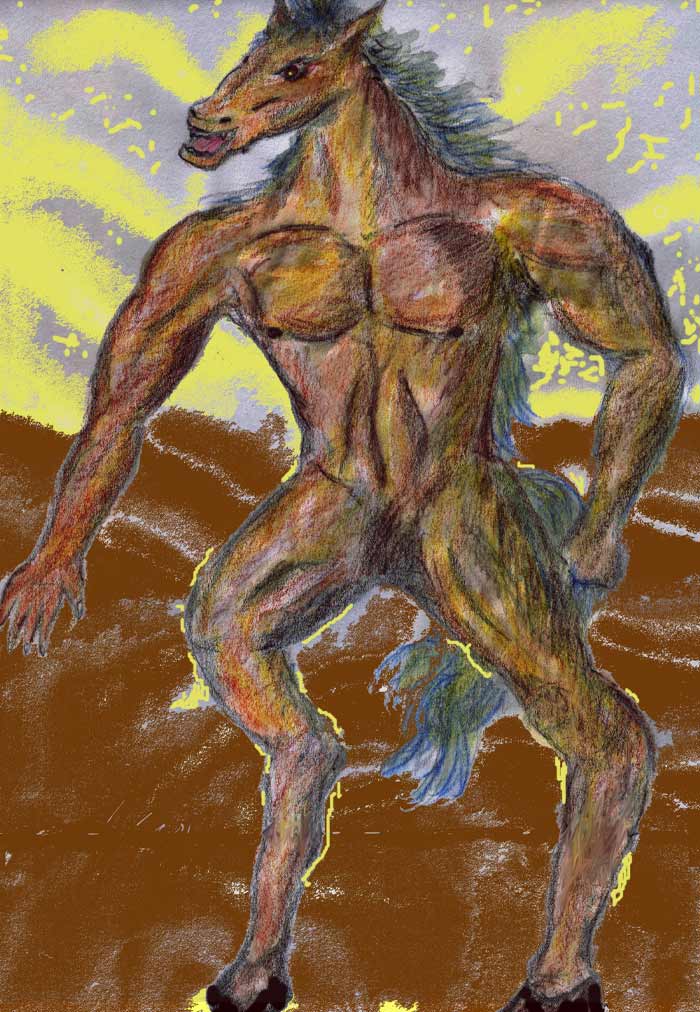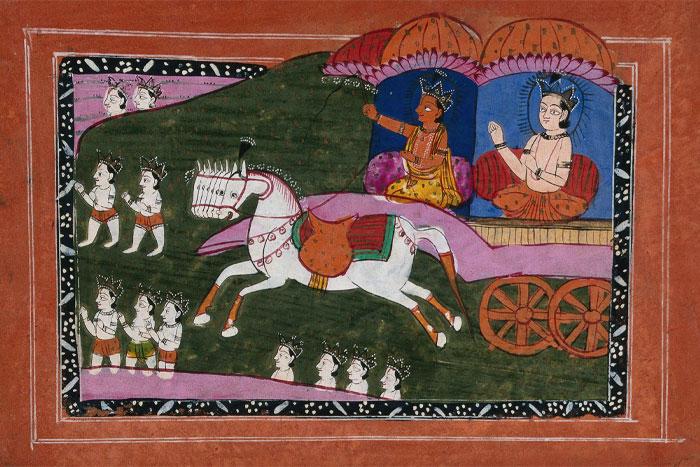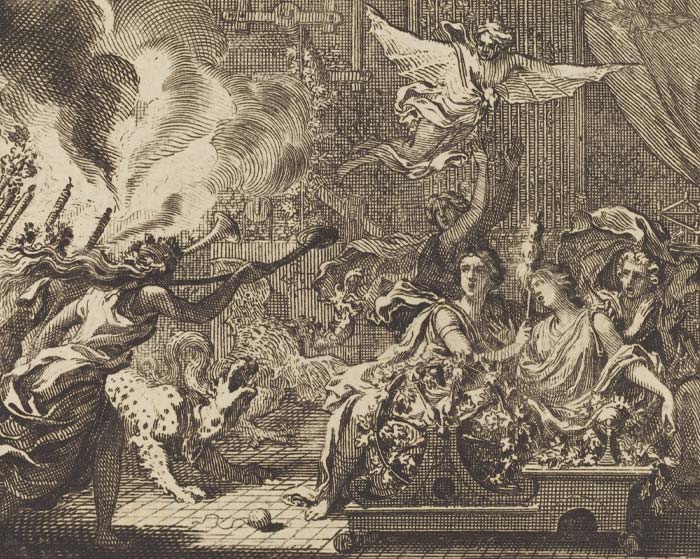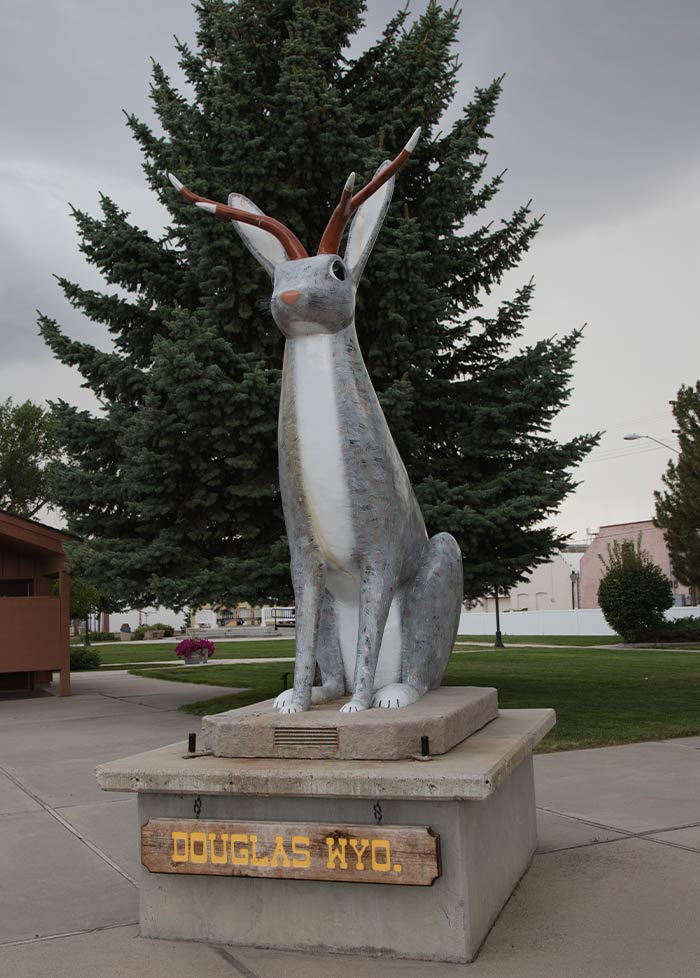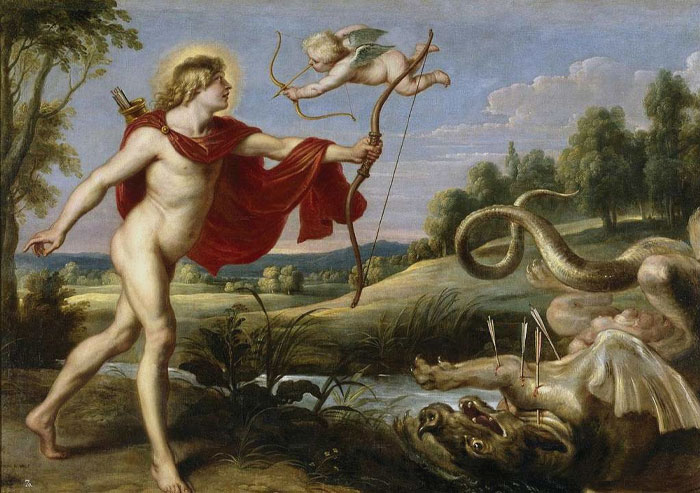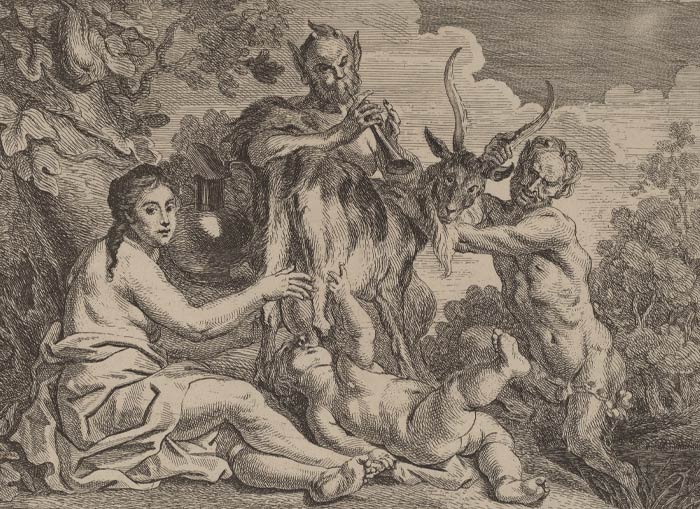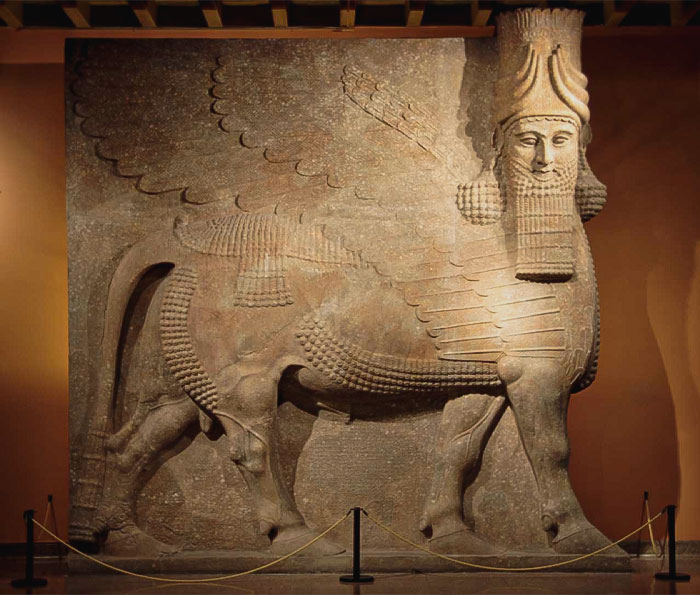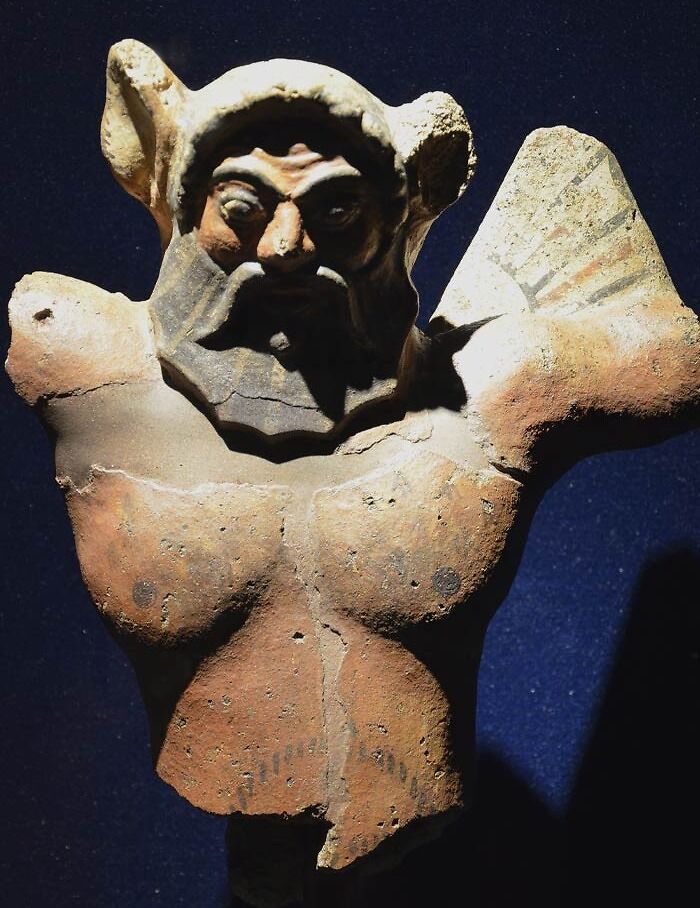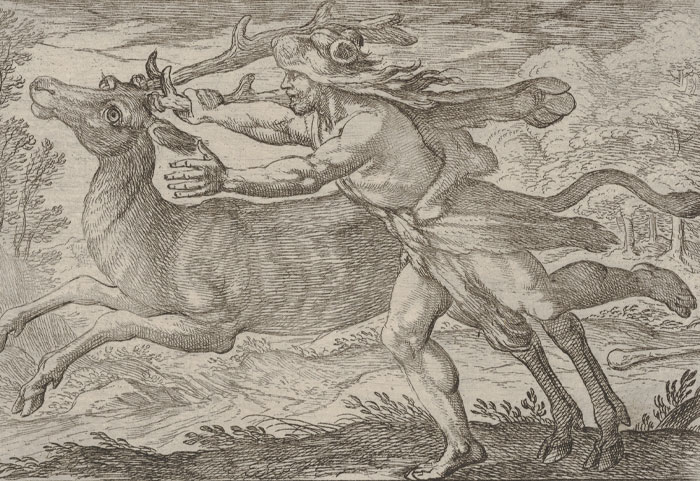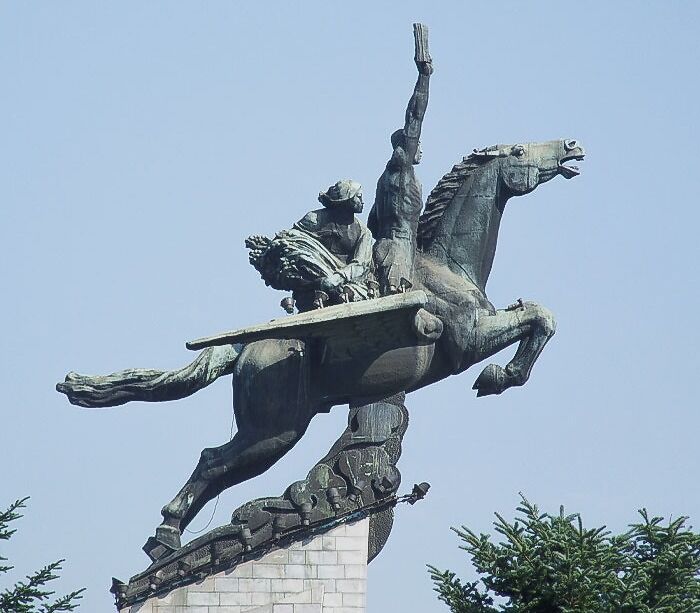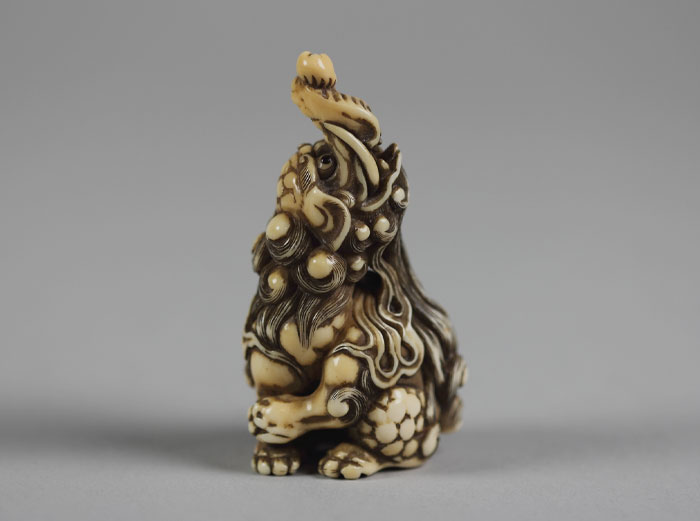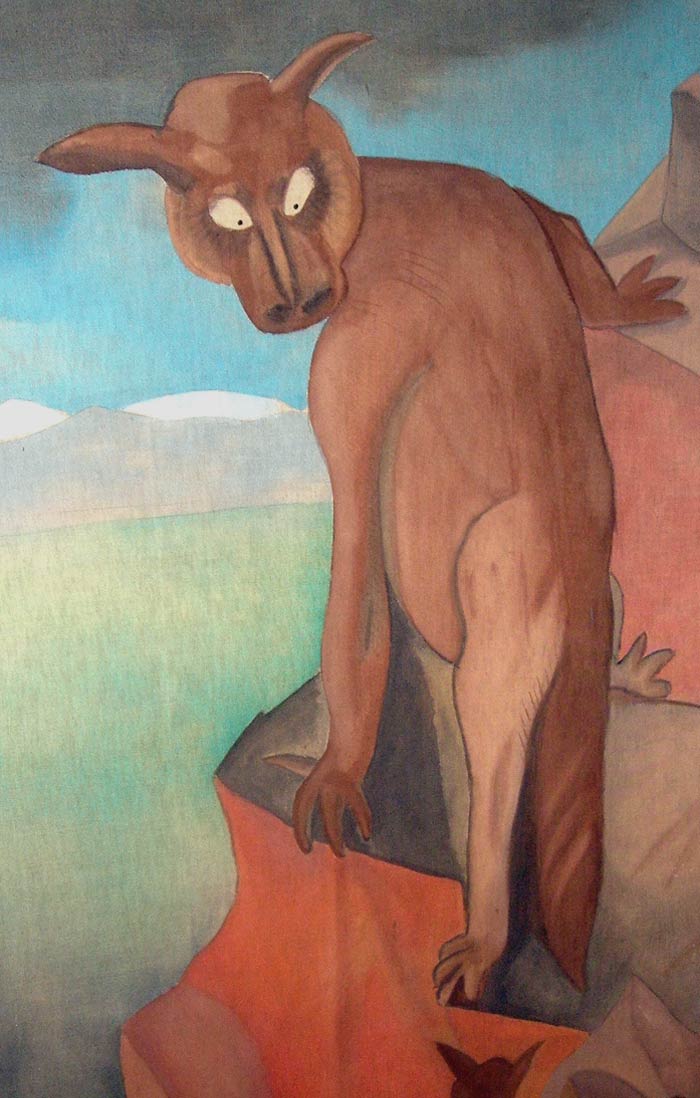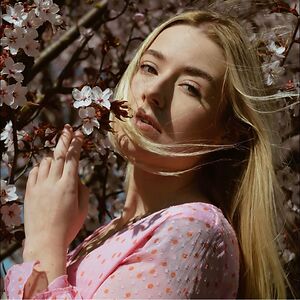People who are dating to marry, those who still read paper books, or use pen and paper to write out their notes aren't mythical creatures, although this part of humankind is ostensibly going extinct. Speaking of fictitious, legendary creatures, the mind often wanders to Greek and Roman lore. However, numerous cultures and ancient civilizations have featured various magic creatures that are still being talked about and occasionally mentioned today.
Just like 'Phoenix' isn't solely a city name in Arizona, neither is the term 'unicorn' exclusively referring to a startup company. The many unique words and names in today's dictionary derive from fantastical creatures, often mythical animals or deities from the past. And while many may have heard of such Greek mythical creatures like the Minotaur, Gorgons, and mermaids, there are plenty more no less popular mythical creatures and legendary monsters that allegedly roamed the lands, inhabited the seas and soared the skies.
Below, we've compiled a lengthy (yet not complete) list of mythical creatures that will surely spark your interest in lore and human history. Has any mythical creature on the list originated from your country? Or perhaps you believe that some legendary creature may still be residing among us? Let us know!
This post may include affiliate links.
Dragon
A dragon is a mythical reptile creature that is found in the mythology of numerous cultures all over the world. Regions have very different views on dragons, but from the High Middle Ages, dragons have frequently been pictured in western cultures as having wings, horns, and the ability to breathe fire. The Greek term drakōn, from which the English word was later derived, was initially used to refer to any giant serpent. Thus, the mythical dragon, regardless of the form it eventually took, remained fundamentally a snake. In eastern cultures, dragons are typically portrayed as wingless, serpentine creatures with four legs and above-average intellect. The characteristics of dragons frequently combine elements of avian, reptile, and feline species.
Valkyrie
In Norse mythology, a Valkyrie is a woman fighter who mounts a wolf or a boar while carrying a spear. She determines the destiny of warriors in combat and transports the dead to Odin's Valhalla. In addition to determining who enters Valhalla, the meaning of their name, "choosers of the slain," also alludes to their picking who perishes in battle and utilizing evil magic to make sure that their preferences in this respect are carried out. In Valhalla, also known as Odin's Hall of Heroes, the ghosts of slain soldiers engage in daylong combat with one another, come back to life and health in the evening, and then spend the night drinking. While the origin of the Valkyrie is unknown, it's possible that they were initially death demons who fed on the deceased on battlefields and carried their souls to an underworld afterlife. Similar to this, it is believed that the Valkyries were once more terrifying beings that brought the souls of warriors and non-warriors alike to a generic afterlife where they continued to eat and drink as they did in life. It is also believed that as Valhalla evolved into a Hall of Heroes, the Valkyries also changed from gloomy death demons to shining representations of both feminine beauty, masculine strength, and martial prowess.
Phoenix
The mythological and divine firebird known as the Phoenix is a frequent subject in Greek and Roman legends. It's argued that the Bennu, a creature with a similar appearance in Egyptian mythology, may have inspired the Phoenix. Apparently, Christians adopted the Phoenix as a symbol of Christ's death and resurrection. Also, there is only one Phoenix alive at a time. Allegedly, it has a lifespan of 500 years, and near the end of its life, it constructs an incense nest from sacred elements that subsequently ignite itself. The bird is then consumed by the flames of its own nest. However, from its ashes, a new Phoenix bird is reborn. It's believed that the newborn Phoenix will survive just as long as its previous incarnation. Depending on the source, the Phoenix's look changes with time. Herodotus describes the Phoenix as an eagle-like bird with crimson and gold feathers. In Roman wall art, the Phoenix is portrayed as having a crest resembling that of a peacock. In medieval Christian bestiaries, as an explanation for its name, the Phoenix was thought to be Phoenician purple in color.
Basilisk
According to legend, the Basilisk is the most venomous animal to have ever existed. Apparently, when it was killed by a spear from a horse, the poison ran upward and killed both the rider and the horse. Its presence is so poisonous that not only do herbs perish from its horrible breath, but also stones crumble. The Basilisk's poison is so potent that when one drinks from a well, the water becomes contaminated for millennia and kills anyone else to drink from it. It was described as a huge, fire-breathing creature with a terrible roar. It quickly gained the reputation of being a rooster with dragon wings and a serpent's tail. The Basilisk is claimed to have been born from a rooster's egg and incubated by a toad. Another description of the Basilisk is a lizard with eight chicken legs, a serpent's tail, and a rooster's head.
Pegasus
In Greek mythology, Pegasus is an immortal horse with wings, sprung from the neck of the headless Gorgon Medusa. According to a legend, Bellerophon, a hero of Greek mythology, trained Pegasus and rode it into combat against the Chimera, a fire-breathing monster. Later, the hero tried to fly to heaven, but Zeus ordered the horse to buck, causing the hero to return to earth. Pegasus continued to fly to Mount Olympus, where he took on Zeus' thunderbolt-bearing role. Moreover, Pegasus could make streams of water wherever his hoof touched the ground. It was universally believed that Pegasus' hoof was the source of at least two well-known springs in Greece, both of which were called Hippocrene (Greek for "Horse Spring"). The more prominent of the two was situated atop Mount Helicon, the holy home of the Muses. Apparently, whenever poets drank its waters, they became inspired and inventive.
Kraken
Legendary gigantic sea monsters known as Krakens are claimed to have lived off the coastlines of Norway and Iceland. The beasts are frequently depicted as ocean-dwelling monsters in various fictional works due to their enormous size and frightening look. The old Norse word "kraki" is where the name Kraken comes from. These enormous, multi-armed creatures would capsize ships with their tentacles while attacking them. They often thrust down their tentacles with such force that they split massive ships in half. During such attacks, the crew usually perished by drowning or was devoured by the monster.
Sphinx
The Sphinx is a mythical creature that appears in both Greek mythology and Egyptian sculptures. In Greek mythology, there was only one Sphinx, a demon of disaster and misfortune. In Hesiod's account, she was either the daughter of Echidna and Typhon or, in other versions, Echidna and Orthrus. The Sphinx is typically shown as a winged lion with a woman's face or head. She also occasionally appeared as a lady with the paws, claws, and breast of a lion, a serpent's tail, and eagle wings.
Cerberus
Hades' enormous, three-headed hound Cerberus stood watch at the underworld's entrances and forbade the dead spirits from escaping. Cerberus was described as a three-headed dog with a snake's mane, a lion's claws, and a serpent's tail. However, Hesiod claims that Cerberus had fifty heads and ate raw flesh. Heracles' twelfth, last, and most dangerous labor was actually to fetch the three-headed hound, which he did with the help of the goddess Persephone. After successfully bringing Cerberus up to the land of the living and completing his final task, Heracles returned Cerberus to Hades.
Etymologists have suggested that the name comes from the Proto-Indo-European word for "spotted." So Cerberus was a three-headed dog named Spot.
Hydra
The serpentine water monster known as the Lernaean Hydra, or simply Hydra, often appears in Greek and Roman mythology. The Lerna lake in the Argolid served as its hideout. According to legend, Lerna served as a portal to the underworld. In the traditional Hydra myth, Hercules defeats the monster as the second of his Twelve Labors. The numerous heads were its most defining feature. Two new heads instantaneously grew in its place whenever a head was severed. The front and biggest Hydra head was immortal and could breathe fire. The other heads of this huge snake breathed venom, and its blood was poisonous and acidic. Its very aroma was lethal. Later, Hercules would use this venomous blood to defeat other beasts, such as the Stymphalian Birds, the enormous Geryon, and the centaur Nessus.
Wyvern
The Wyvern is a type of dragon with only a pair of back legs and wings. Wyverns can be seen slithering around the title pages of early printed books, gaping menacingly among the carved ornamentation of many medieval structures, and gliding erratically towards nowhere, particularly on the corners of the first, somewhat speculative, maps. It was believed that the earth these horrifying monsters wandered over was polluted. Typically, the Wyvern has a dragon's head, forked tongue, scaly neck, and leathery wings, an eagle's two clawed feet (as opposed to the dragon's four), and a long, serpentine tail that is frequently shown knotted or twined upon itself to show the creature's extreme venomousness and violent nature.
White Stag
The White Stag has historically been used interchangeably with the unicorn. The mythical creature can be found in the mythology and folklore of numerous cultures and civilizations. The White Stag often appeared in artwork and records from Mesopotamia, Babylon, Assyria, Mongolia, China, and even Japanese folklore. Considering that deer were hunted in the past for food and were also a valuable resource for leather and bone, perhaps it is not surprising that myths and stories developed around reports of encounters with a rare White Stag. In Celtic mythology, the White Stag is a symbol that denotes the existence of life outside the Earth and the forces that reside there. The Celts once regarded the white stag as a representative of the "Other world" that brought about significant transformations to individuals it encountered. Allegedly, the white stag often appeared when a sacred object, rule, or code was breached. Also, when a human came into contact with a White Stag, there were often serious repercussions, sometimes leading to significant spiritual transformations. These encounters have occasionally served as the catalyst for important developments that resulted in the formation of nations and kingdoms.
Chimera
The Chimera, a three-headed monster from Greek mythology, was believed to ravage Lycia's countryside in Anatolia (also known as Asia Minor). It was a fire-breathing beast with the body and head of a lion, the udders of a goat, a goat's head emerging from its back, and a serpent for a tail. King Iobates gave the order to the heroic Bellerophon to kill the beast. He entered the fray astride the winged Pegasus and thrust a lead-tipped spear into the blazing beast's throat, strangling it with molten metal. Late classical authors thought the monster represented a Lycian volcano.
Huginn And Muninn (Odin's Ravens)
Huginn and Muninn are Odin's two ravens, according to Norse mythology. Old Norse words for "thinking" and "memory," respectively, are Hugginn and Muninn. Odin, the god of war and of the dead, dispatched them every morning at daybreak to fly around the nine kingdoms and observe what was happening. The ravens would return to Odin that night and tell him what they had seen and heard. As you might have realized, Huginn and Muninn are incredibly close to Odin. In fact, they are so close that Odin is referred to as the raven god in old literature. Because of this intimate relationship, the ravens could resemble Odin. In Seidr, Nordic shamanism, Odin is renowned for having extensive knowledge of it, and it's fairly typical in shamanism to assume an animal shape.
Unicorn
A unicorn is a legendary horse-like creature with a horn sticking out of its forehead. Numerous other myths, as well as Roman bestiaries, contain references to them. Typically, it is shown as a white, sometimes winged, horse with horns. It is believed that unicorns have healing properties, and that consuming their blood will keep one alive when very sickly. Apparently, they can also revive the deceased and clean contaminated water. However, some believe they possess other abilities, such as casting spells and charms.
Yamata No Orochi
In Japanese mythology, Yamato no Orochi is a well-known enormous eight-headed and eight-tailed serpent who likes to drink and eat human flesh. Its abdomen is red, and its eyes are bright red. Apparently, the beast is so enormous that the length of its body spans eight valleys and eight hills. On its back are fir and cypress trees, and moss covers its body.
Horus
As Ra's assistant and a falcon deity, Horus represented the pharaoh's authority for most of Egypt's history. According to Egyptian mythology, Horus was the son of Osiris, the god of the dead, and Isis, the goddess of love. When his likeness first emerged in some rectangular objects called serekhs, he was immediately associated with Egyptian kingship. Serekhs, which depicted the falcon deity perched on the facade of a palace enclosure, were the earliest marks of pharaohs. This emphasized a close connection between Horus and the rulers. In fact, the king's various titles included the "Horus name." In addition to having a Horus name, the king was frequently shown with a falcon-like figure hovering above his head. Horus is commonly depicted as a falcon wearing the Double Crown of Egypt or a crown with a cobra. Light and authority are represented by the hooded cobra (uraeus), which the gods and pharaohs wore on their foreheads. Uraeus served to guard the person against danger.
Tanngrisnir And Tanngnjóstr (Thor's Goats)
In Norse mythology, the goats Tanngrisnir and Tanngnjóstr pull the chariot of the god Thor. According to the Prose Edda, Thor eats the goats, and the following day, he revives them back to life with his hammer, Mjöllnir. The same account claims that Thor once spent the night at the home of peasant farmers and shared his goat feast with them. However, one of their children broke one of the bones to suck out the marrow, leaving one of the goats with a limp upon its resurrection. As a result, Thor keeps that child and his sister as servants.
Chiron
Chiron, or Cheiron, a wise centaur, is arguably one of the most famous centaurs. He was a prominent exception to the stereotype of lustful, wild centaurs. He was modest, civilized, and renowned for his medical knowledge and teaching skills. It is believed that Chiron taught several Greek mythological figures, including Achilles and Aesculapius. Although Chiron was immortal, Heracles mistakenly shot him with an arrow infected with Hydra's blood, leaving him in excruciating anguish. Chiron volunteered to give his life to free Prometheus and himself from suffering when Heracles implored his father to rescue the latter, and Zeus insisted that a sacrifice be made.
Grim Reaper
One of the many personified representations of death, the Grim Reaper, commonly referred to as the Reaper, was widely featured during the medieval era and came to represent both death and a fear of the unknown. The Grim Reaper was regarded as a soul collector and the bearer of the dead. The entity had no business judging the spirits of the deceased or helping or interfering with mortal matters. Simply put, the Grim Reaper's job was to guide the dead to their final resting place, where they would be evaluated by higher forces. Although today's Grim Reaper is more like a metaphorical creature than a deity, he or she is nevertheless the most well-known death symbol of all time.
"Ankou (Breton: /ɑːnkuː/ an Ankoù) is a servant of death in Breton, Cornish (an Ankow in Cornish), Welsh (yr Angau in Welsh) and Norman French folklore. Ankou appears as a man or skeleton wearing a black robe and a large hat which conceals his face, or, on occasion, simply as a shadow. He wields a scythe and is said to sit atop a cart for collecting the dead, or to drive a large, black coach pulled by four black horses and accompanied by two ghostly figures on foot. Every parish in Brittany is said to have its own Ankou.[1] In Breton tradition, the squealing of railway wheels outside one's home is supposed to be Karrigell an Ankou ("The Wheelbarrow of Ankou"). In Ireland, there is proverb that states, "When the Ankou comes, he will not go away empty". ankou-637d...419fdf.jpg 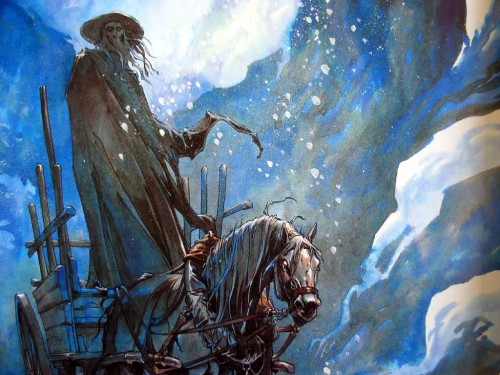
Griffin
Many ancient cultures, including Iranian, Anatolian, Egyptian, European, and Indian, depict griffins in their art and mythology. They were described as dragging the chariots of the gods Apollo and Nemesis in early Greek art. They were thought to represent the hounds of Zeus. By being coupled with Apollo, they came to be identified with the sun, and by serving Nemesis, they earned the reputation of guardians and protectors who exacted justice on violators. According to one tradition, Alexander the Great bound two griffins to his throne after capturing them. He eventually tamed one, and it carried him throughout his kingdom in flight for seven days. Regarding appearance, griffins are typically shown to have four legs, feathered eagle wings, a beak, large, horse-like ears, eagle talons on their forelegs, and an eagle head and neck clothed in feathers that blend with a lion's tawny fur.
Yeti
Folklore from Nepal describes the Yeti as an "abominable Snowman" who resembles an ape, stands higher than the ordinary person, and dwells in the Himalayas, Siberia, Central Asia, and East Asia. Since the 1920s, stories of a ferocious, hairy beast wandering the Himalayas have caught the attention of climbers in Nepal, inspiring many of them to go in search of it. However, Russian lore has a different name for the being. The Chuchuna, according to Russian tradition, is a being that resides in Siberia, characterized as six to seven feet tall and covered in ebony hair. Native stories from the nomadic Yakut and Tungus tribes define it as a man with a well-built body who looks Neanderthal-like and is wearing pelts. It also has a white patch of fur on its forearms. There are reports that it occasionally eats human flesh.
There is a interesting documentary that examines the lore and some alleged yet hair. They concluded it might be a cross of a polar bear and another type if bear that caused the "yeti sightings".
Owlman
The Owlman, frequently related to Mothman but actually a Eurasian eagle-owl, is the subject of Cornish folklore and is a supposed owl-like monster allegedly spotted near the village of Mawnan, Cornwall, UK, in the middle of 1976. Owlman was allegedly a "feathered bird-man" that frequented church towers. He is also depicted as having luminous eyes, black talons, and the features of "a big owl with pointed ears, as big as a man."
Bunyip
In Australian Aboriginal folklore, the Bunyip is a fabled monster claimed to live in the interior of Australia's reedy swamps and lagoons. The amphibious creature was described as having a round head, an elongated neck, and a body resembling an ox, a hippopotamus, or a manatee. Some reports even gave it a human shape. This strange monster has been described as having feathers, fins, tusks, claws, beards, a duck bill, a horse tail, one enormous eye, and a stomach-mouth. Being huge enough to be a man-eater is the only aspect of its appearance that spectators seem to agree on. According to the fable, the Bunyip made booming or roaring noises and preferred eating women and children more than other prey. Interestingly, a small group of cryptozoologists still hold on to the numerous fossils and sightings of Australia's watery monster, even though most Australians now think the beast is solely mythical.
Wouldn't surprise me at all if there were some crazy momster type animal there. Australia is nuts!!
Chinese Dragon
Contrary to popular belief, the mythical Chinese dragon wasn't always out for blood. In ancient China, dragons weren't typically responsible for natural disasters and other tragedies. Instead, Chinese people frequently perceived dragons as powerful, sage, and kind. Although the origin of dragon mythology is unknown, the emblem has been used since 3000 BCE. One hypothesis holds that the fabled Chinese dragon emerged from long-ago totem worship. Ancient people may have made dragons by fusing the traits of many animals, including tigers, snakes, eagles, and carp. According to a different theory, the legendary pre-dynastic Chinese ruler known as the Yan emperor was born due to an encounter with a dragon. Yandi, therefore, had more authority than the majority of rulers. Together, he and Emperor Huang Di overcame their adversaries, united China, and, following legend, founded Chinese civilization. Many Chinese eventually began to believe that Yandi was one of their ancestors, which implied that they were also dragons' descendants as time passed.
Makara
A mythic sea creature called Makara is often featured in Hindu mythology. It is typically defined as having the frontal half of a terrestrial animal, such as an elephant, crocodile, or deer, and the back portion aquatic, usually a fish or a seal. The Makara is the most frequently repeating creature in Hindu and Buddhist temple imagery. It also often appears as a gargoyle or spout tied to a natural spring. Makaras are considered guardians of doorways and thresholds, protecting royal rooms and temple entryways.
Loch Ness Monster
According to Scottish folklore, a monster called the Loch Ness Monster, also affectionately referred to as Nessie, lives in Loch Ness in the Scottish Highlands. It is frequently described as being large, long-necked, and having one or more protruding humps. Since the monster came to the world's attention in 1933, there has been a fluctuating interest and belief in it. Its presence has only been substantiated anecdotally through a few doubted sonar readings and pictures.
Faun
A Faun is a hybrid of human and goat origin from Greek and Roman mythology. The name comes from the Italic deity of forests, fields, and herds known as Faunus, who was linked to the Greek god Pan as early as the second century BCE. Fauns in Roman mythology were originally smaller-sized genii spirits that lived in rural areas and were subordinate to the god Faunus. They were primarily male and had hooves on both ends of their bodies. By the Renaissance, fauns were portrayed as bipedal beings with the head, torso, and arms of a human and a goat's horns, legs, and tail. They were also frequently portrayed as having pointed ears. Fauns often served as symbols of fertility and peace.
Ichthyocentaurs
The origins of the Ichthyocentaur are found in Greek mythology, legend, and folklore. Aphros and Bythos, the first known Ichthyocentaurs, were the children of the Titan god Kronos and the goddess nymph Philyra. Apparently, they were not only half-brothers of Zeus and the other older six Olympian gods but also of the sage centaur Chiron. Apart from the fact that they witnessed Aphrodite's birth from the sea froth of Ouranos' castration and that they assisted the young love goddess in reaching the coast of Cyprus, little is known about their activities. Numerous legends state that they have been immortalized among the stars in the constellation Pisces as a reward for their benevolent deeds.
Fenrir
Fenrir, one of Loki's three children with a giantess named Angrboda, has a crucial but brief part in Norse mythology. The Norse sagas have only one significant tale about Fenrir, a wolf of extraordinary size and strength. Still, this tale depicts valor for one deity and death for the rest. Fenrir turned out to be one among the many precursors to Ragnarök, the Norse world's end. As with any story, Fenrir's tale begins in Snorri Sturluson's Prose Edda with his improbable and terrible birth. The sir of Asgard gathered to discuss what to do with these three extremely dangerous beings - all of whom were predicted to contribute to the destruction of the Norse world in the future - when Fenrir and his other siblings - the great serpent Jörmungandr and the dark-haired woman Hel - were born. While Jörmungandr was banished into the sea, where he would dwell until the end of time, Hel was taken to Niflheim, a world comparable to the Christian concept of Hell. However, Fenrir presented a much more complex issue. While Hel and Jörmungandr could be exiled, Fenrir snowballed in size. Eventually, Fenrir became a jötunn (giant) among wolves. It was decided that Fenrir needed to be imprisoned to shield the sir from his enormity and the awful outcome they knew would one day occur.
Kurma
Kurma is the second incarnation of Vishnu, the preserver god in the Hindu Trimurti (trinity), who emerged as a gigantic turtle during the Satya Yuga to save the earth from oblivion. The mythical Mount Mandara, which the gods (and demons) used as a churning rod to stir the primordial milk ocean and acquire the fabled nectar of immortality, was thought to have its foundation built on his gigantic back.
Siren
The Sirens, half-birds, half-beautiful women, are singing enchantresses who could entice passing sailors to their islands - and ultimately to their death. If anyone survived their singing, they were doomed to perish. The Sirens were the daughters of the river god Achelous and a Muse. According to a legend, they were once Persephone's handmaidens, and Demeter gave them bird forms to aid in the search when she was covertly taken by Hades. They eventually gave up and relocated to Anthemoessa, an island known for its flowers. Later, Odysseus successfully sailed by while his troops blocked their ears with wax. Because the Sirens were so distraught to see a man hear their song and still escape, they hurled themselves into the sea and drowned.
Wendigo
The Great Lakes region, the woodlands of central areas of Canada, and Minnesota's north woods are considered home to the malevolent wendigo. Windigo, Witigo, Witiko, and Wee-Tee-Go roughly translate to "the evil spirit that devours mankind," and all refer to the same mythological creature. The Algonquian Ojibwe, Eastern Cree, Saulteaux, Naskapi, and Innu peoples have long had knowledge of this beast. They have described them as giants several times bigger than people. Although depictions can differ wildly, the belief that the wendigo is a malevolent, cannibalistic, supernatural monster is shared by all of these tribes. Legend has it that a Wendigo is created every time a human turns to cannibalism to survive. This used to happen more frequently when Native Americans and settlers got stuck in the harsh winter and ice of the northern woods. Any survivors, sometimes left alone for days, may have felt forced to eat the corpses to survive. According to some legends, persons who exhibited extreme gluttony or greed may likewise be possessed by a wendigo. So the myth was a way of promoting moderation and unity.
Minotaur
Greek mythology describes the Minotaur as a bull-headed creature that was the offspring of Crete Queen Pasiphae and a bull. The beast lived in the twisting labyrinth where it was regularly offered a sacrifice of children and young women to sate its cannibalistic appetite. The hero Theseus eventually slew the beast.
Ra
The sun god of ancient Egypt was called Ra. He was regarded as the supreme ruler of the sky, the earth, and the underworld. Many believed that he was somehow related to the hawk or falcon. Legend says that Ra was thought to have called into existence each form of life by uttering their respective hidden names. On the other hand, Ra's tears and sweat were used to create a human. According to one myth, Ra sent his eye as the goddess Sekhmet to punish mankind for their plot against him. She was tamed when she became bloodthirsty by drinking beer colored red. Ra's appearance was described in several different ways. The most typical image was a man with a falcon-like head, a solar disk on top, and a coiling serpent wrapped around the disk. Other notable ones are a man with a ram's or beetle's head. Along with other full-bodied animals, Ra was also shown as a ram, beetle, phoenix, heron, serpent, bull, cat, or lion. In literature, Ra is sometimes depicted as an aged king with a golden complexion, silver bones, and lapis lazuli hair.
Thunderbird
The Thunderbird is a familiar figure in Native American mythology in both the United States and Canada. The gigantic supernatural bird served as a symbol of strength and power that defended people against evil spirits. It was known as the Thunderbird because of its enormous wings flapping like the sounds of thunder and the lightning that would occasionally flash from the bird's eyes. Rain and storms, which could be either beneficial or destructive, were also brought by the Thunderbirds. The rain was beneficial after periods of drought. Still, sometimes the rain was damaging, especially followed by violent gusts, flooding, and lightning-sparked fires. Numerous legends claim that the bird was so enormous that it could hold a whale in its talons. The tallest mountains were supposedly their home, and they lived up there in the clouds.
Tanuki
Tanukis, also known as Japanese raccoon dogs, have a history of magic and mischief. These tiny critters are full of tricks and surprises, yet they rarely cause harm to humans. Some argue that they lack the intelligence to concoct hazardous schemes. One of the most well-known tales about the tanuki is that it can transform into a gorgeous woman and use that form to mislead unsuspecting bystanders. Tanuki can change themselves, but they can also change other things, like pebbles into gold or feces into food. Unsurprisingly, raccoon dogs resemble a hybrid between a raccoon and a little dog. Despite being tiny animals, they may appear chubby due to their long, puffy fur. Their eyes are covered by a black fur mask, giving them the appearance of a trickster or a bandit. They have short, fluffy tails and canine-like paws.
Hippocampus
Hippocampi (plural form of Hippocampus) were horses with a fish tail and were frequently linked to sea-dwelling deities. They were known for their extreme loyalty and devotion to the gods. The hues of various seahorses varied; some were blue, and others were green. Hippocampi were said to have been formed from the sea's wave crests. It was also believed that the weather and the water are under the power of the hippocampi. They were also believed to be immortal. Also, they could transform their fish tails into human legs if they wanted to. The hippocampi are also renowned for their strength, speed, and jumping abilities. These creatures also had powerful bites, although they tended to escape rather than attack and engage in combat. Apparently, they are swift and assertive in the water but sluggish and clumsy on land.
Namazu
The Great Ansei earthquake of 1855, which had a magnitude of 7.0 and devastated Edo (modern-day Tokyo), inflicted over 7000 casualties, and the theory that enormous catfish were to blame quickly gained ground. In Japanese mythology, the Namazu were said to dwell in underground burrows underneath Japan and were controlled by the thunder god Kashima with a huge boulder known as the kaname-ishi. According to legend, the Great Ansei earthquake happened after Kashima left town and Ebisu, the god of commerce and fishing, took over. Unfortunately, Ebisu nodded off while at work, allowing the catfish to thrash their fins freely on the underbelly of the landmass, producing catastrophic earthquakes. Following the quake, catfish gained widespread dread as monsters. However, some social segments, primarily working-class people, such as construction workers and roofers who benefited from the earthquake, started to glorify the Namazu.
Sobek
As the God of the Nile River, water, war, strategy, military prowess, protection, pharaonic authority, fertility, and crocodiles, Sobek was a greatly venerated deity in Ancient Egypt. His primary place of worship was in Crocodilopolis. He is frequently shown as the child of Set, the chaos deity, and Neit, the goddess of hunting. He was revered by the Egyptians as a means of protection when they were on boats in the waters. The crocodiles in the pools at the temples in Crocodilopolis were revered and cared for. Sobek held holy most reptiles, including crocodiles, snakes, and turtles.
Apep
In Egyptian mythology, Apep, also known as Apophis in Greece, was a god of chaos. He was the main nemesis of Maat, who was the goddess of truth, justice, balance, and order, and was typically represented as a serpent. Apep stood for the true embodiment of chaos, making it impossible to harm him. He repeatedly failed in his incredibly nefarious attempts to seize the throne of the gods. However, solar eclipses were the outcome whenever he had brief periods of prosperity. Initially, he was Ra's umbilical cord. Since Apep is the only true incarnation of chaos, anyone who attempted to get close to him usually ended up slain or disfigured physically, mentally, or spiritually. Typically, Apep was portrayed as enormously big or so big that he dwarfed the gods.
Echidna
Greek mythology's "mother of all monsters," Echidna, was a hybrid of a snake and a woman. She had a serpentine tail and the head and breast of a woman. She most likely stood for the earth's distortions, including rot, filth, fetid streams, illness, and disease. Echidna was Typhoeus’ wife, a huge storm giant with many heads who battled Zeus for the throne of heaven. Together, they gave birth to many terrifying mythical creatures that tormented the earth, including the Chimera, Cerberus, Hydra, Sphinx, and Hesperian Dragon.
Mermaid
Legendary aquatic beings known as mermaids had the head, arms, and torso of a female human and the tail of a fish. The male equivalents are called "mermen." Mermaids can be represented as being pleasant and helpful, sneaky and playful, or even destructive and territorial, depending on the tale or setting. Appearance-wise, mermaids are typically portrayed as extremely attractive. They resemble a fish with fins and a spreading tail from the waist down while appearing above the waist as a pretty young woman. Allegedly, the long-haired beauties adore singing and combing their hair. They occasionally use their melodies to entice sailors to the rocks or draw handsome young men to their underwater dwellings. Unsurprisingly, the human typically drowns as a result of this. Thus, sailors are generally advised to stay away from them. Mermaids are believed to have a lengthy lifespan, yet some myths claim they are soulless. However, despite some of the bad things that mermaids are accused of, they can occasionally offer luck to people by curing them or fulfilling their wishes.
Nian
Nian was a vicious beast that lived in ancient China long ago. It had a horn on its head that resembled a lion's and could be deployed to attack prey. It mainly resided at the bottom of the ocean. It only came ashore on the final day of the lunar year to devour humans and animals. To escape being eaten, residents would lock the livestock gate tightly on that day of the year and eat early. Then, one year, an elderly man with silver hair visited one of the villagers and assured him that he would drive the vicious beast away. But none of the locals believed him since they were all too terrified. As expected, Nian entered the village. As it prepared to slaughter and consume its prey, bright flares and firecrackers emerged. Nian trembled and was hesitant to move forward. Then the elderly guy appeared on the scene dressed in all red, which incited the beast into a rage. It sprinted away in fear. The villagers learned the old man was a celestial entity who had come to aid them after discovering their homes and cattle were in good condition. Also, he revealed to them three "weapons" they could use to chase Nian away: "items that are red in color," "bright lights," and "firecrackers." Since then, on the last day of the year, people have hung red lanterns, put up red couplets, and lit firecrackers while keeping the lights on and staying up late to shun Nian. As time went on, this practice was practiced in practically every region of China. As a result, it evolved into one of the most significant Chinese festivals: Lunar New Year's Eve.
Khepri
In ancient Egyptian mythology, Khepri is a solar god associated with the scarab beetle, which rolls dung balls across the ground as a symbol of the forces that propel the sun through the sky. Khepri was essentially believed to be a subordinate of the more powerful sun god Ra. Khepri and another sun god, Atum, were sometimes viewed as forms of Ra. Khepri represented the early sun, Ra the midday sun, and Atum the evening sun. Khepi was portrayed as either a scarab beetle with a human head or just as the insect itself.
Fenghuang
The Phoenix is also known as Fenghuang in China. Like its western cousin, it is a mythical bird that lives forever and symbolizes the element of fire. In ancient China, the appearance of the Fenghuang was taken as a portent that a new emperor was about to ascend to the throne. The Chinese Phoenix, however, is assumed to symbolize harmony. In Chinese mythology, the male Phoenix is known as Feng, and the female is known as Huang. The Fenghuang is now more frequently depicted as a female, partnered with the masculine dragon, as gender differences are no longer as strongly emphasized as they once were. A typical representation of the Chinese Phoenix shows it using its wings and talons to fight a snake. As per tradition, the Fenghuang has a rooster's beak, a fowl's forehead, a swallow's face, a snake's neck, a tortoise's back, a goose's breast, a fish's tail, and a stag's hind legs. Today, however, the Fenghuang is most often shown as a fusion of many birds, typically the mandarin duck's body, a pheasant's head, a peacock's tail, and a parrot's beak.
Garuda
Hindu mythology describes a bird called Garuda as having traits of both humans and eagles. Garuda is the nemesis of all snakes and symbolizes birth and heaven. Garuda only had his wings in Indian art as he eventually took on more of a human shape over time. But he still has the enormous talons and vicious-looking beak of a raptor in Cambodia. Initially, the mythical beast featured a man's torso and arms and an eagle or vulture's wings, head, beak, and talons. His face is white, his wings are red, and his body is gold.
Bigfoot
The stories of Bigfoot have been told worldwide and predate written history. There are rumors about seven-foot-tall, hairy men haunting the forests in North America, mainly in the Northwest, occasionally frightening campers, lumberjacks, hikers, and other outdoor enthusiasts. Although Bigfoot is typically associated with the mountainous Western region of North America, Bigfoot is recognized by many different names in many different cultures. The Salish Sasquits gave rise to the term Sasquatch. At the same time, the Algonquin of the continent's north-central region called it a Wendigo. The Ojibway of the Northern Plains thought the Rugaru appeared during troubled times and believed the hairy being was a warning message, asking humankind to change its ways. Other cultures also have legends about a giant creature that resembles a man but has unique abilities and traits.
Lamia
Lamia was a night-haunting daemon or a child-eating sea monster. She was Poseidon's daughter and gave birth to the monsters Scylla and Acheilus, the Shark. Initially, Zeus loved Lamia when she was still the queen of Libya. When his envious wife Hera found out about their relationship, she kidnapped Lamia's children, and the mother, driven insane by grief, tore out her own eyes. After that, Zeus changed her into a monster, enabling her to wreak retribution by devouring other people's children. Lamia was frequently referred to as a bogeyman, a night-haunting devil that preyed on youngsters.
Gullinbursti
In Norse mythology, this boar is dubbed Gullinbursti. Gullinbursti, the god Freyr's attribute, is also frequently referred to as his pet. Gullinbursti was often depicted on the helmets and shields of warriors. Gullinbursti was probably more of a luck symbol than a shield. As a deity of abundance, Freyr may have been invoked to bestow great loot upon warriors. Given how ferocious boars are known to be, Gullinbursti might have also been a representation of bravery. It was reported that Gullinbursti, which in Old Norse means "Golden Mane" or "Golden Bristles," shone so brilliantly that it could light up even the darkest night. Gullinbursti was faster than any horse and could run through the air and over water.
The Danish Name for him, Gyldenbørste, translates to "Golden Bristle".
Khnum
The ram god of Egypt was called Khnum. Khnum, also known by the spelling Khnemu, was one of the first gods the Egyptians are known to have worshiped. Khnum was regarded as the source of the Nile River and was connected to water, fertility, and procreation. Each year, after the Nile overflowed and the waters subsided, the ground was left covered with rich, fertile silt that aided in the growth of the Egyptians' crops. The waters gave the land life. The Egyptians also employed silt, a compound made of clay and water, to produce pottery. The Egyptians thought that Khnum created and gave life to humanity in the same way as he delivered fertile clay to the lands around the Nile. According to legend, Khnum sculpted human children's bodies out of clay on his potter's wheel before putting them inside their mothers' wombs.
White Horse
White horses have a special significance in the mythology of various cultures around the world. There are a variety of interpretations for them, including the sun chariot, warrior heroes, fertility, and an end-of-time savior. Different religious and cultural traditions referred to both white horses and the more common grey horses with white hair coats as "white." White horses have long been associated with mythology as being endowed with unique abilities, transcending the realm of the ordinary by having wings (like Pegasus from Greek mythology) or horns (the unicorn). The white horse may appear in myths with seven heads (Uchaishravas) or eight feet (Sleipnir), occasionally in groups or singly, as part of its legendary dimension. Divinatory white horses also foretell the future or provide dire warnings.
Grootslang
Grootslang, an animal hybrid from African mythology, is thought to have originated as a single monster before the gods divided it into two creatures, an elephant and a snake. When the rest of Grootslang's body is shown, the animal resembles a hideous puppet controlled from the inside by a snake big enough to devour an entire building, even though it is initially easy to mistake one for an elephant. A Grootslang is 20 feet tall, has forearms the size of mountain ranges, and skin that resembles plate armor. It has six deadly tusks that can pierce bone and flesh with ease. Although it has an elephant-like face, it can unhinge its lower jaw like its serpentine ancestors to devour its meal. A slight chance exists for a human to convince or bribe the beast and avoid meeting a lethal fate. A collection of gems does not guarantee protection, and a particularly vengeful Grootslang is just as likely to break their word after accepting the gift.
Kelpie
From Scottish mythology, the Kelpie is a water-horse ghost with the ability to change its shape. It lives in Scotland's lakes and pools. It is said to resemble a horse but can transform into a human and is known to enjoy drowning its victims. It is said to adore human liver in some tales. The term "kelpie" is described by historian Douglas Harper as "the Lowland name of a demon in the shape of a horse." The mythological Kelpie is typically depicted as a robust and beautiful black horse that lives in Scotland's deep rivers and streams and preys on any humans that come into contact with it.
Arachne
According to Greek and Roman mythology, Arachne was a Lydian mortal woman. She was an excellent weaver who, depending on the retelling, claimed to be more skilled than either the Greek goddess Athena or the Roman goddess Minerva. The goddess Athena had taught men how to build tools, while Arachne taught women how to weave. Arachne used this skill to assert herself as the best weaver - better than the goddess of arts and crafts herself. She suggested that a competition should be held to determine the better weaver.
Thoth
One of the more notable gods in the Egyptian pantheon was Thoth. He was frequently shown in artwork as a man with the head of an ibis or baboon, which were sacred to him. Thoth is commonly depicted holding the key to the Nile, which represents life, in one hand, and a rod, which indicates power, in the other. He was Ra's oldest son. In Egyptian mythology, Thoth fulfilled various significant responsibilities, including preserving the cosmos and serving as one of the two gods who stood on either side of Ra's boat. In later Egyptian history, Thoth was strongly linked to the practice of magic, the invention of writing, the development of science, and justice for and judgment of the dead.
Amphisbaena
Amphisbaena, also known as the Mother of Ants, is a mythical serpent with a head at each end that eats ants. Greek legend states that the Amphisbaena emerged from the Gorgon Medusa's blood that dripped from her head as Perseus flew over the Libyan Desert holding it in his grasp. Drawings from the Middle Ages and afterward generally depict it having two or more scaled feet, particularly chicken feet and feathered wings. Others have both "necks" of identical size, so it is impossible to tell which is the rear head. Some even picture it as a horned, dragon-like creature with a serpent-headed tail and short, round ears. Amphisbaena's eyes are also frequently described as glowing like candles or lightning.
Jörmungandr
In Norse mythology, Jörmungandr is a dreaded monster, a worm-like creature that inhabits Midgard. It is one of Loki and Angrboða's three offspring; the other two are Hel and Fenrir. Before growing to its extreme size, Jörmungandr was once much smaller and could be held in the hands. When Jörmungandr threatened the world, Odin flung it into the sea. There Jörmungandr learned to survive and grew so large that it encircled the entire planet and could bite its own tail.
Uridimmu
Uridimmu, which means "Mad/howling Dog," was a fabled being from ancient Mesopotamia that took the form of a dog-man with a human head and may have first appeared during the Kassite era. He is shown with a horned tiara, standing tall and clutching a stick with a lunar crescent at its tip. His look was essentially the polar opposite of Ugallu's, with a human head in place of an animal head and an animal body in place of a human body. He appears in later iconography as the god Utu's attendant alongside the similar anthropomorphic figure Kusarikku, also known as "Bull-Man."
Nandi
The sacred bull of Shiva, one of the most revered Hindu gods, is called Nandi, which means "giving delight" or "supplying joy." Shiva destroys the world when it turns evil to usher in a more favorable shift. Shiva's animal manifestation, mode of transportation, and most fervent devotee is Nandi. Hindu deities rode on sacred animals known as vahanas, or mounts. The link between Shiva and Nandi in Hindu texts and art may be traced back to very early Indian history when dairy production was the most important industry, which explains the significance and reverence of the cow and bull. The energy or personality of their deity is symbolized by or complemented by vahanas. The bull's white color stands for truth and justice. The genitalia of the Nandi image may be touched for benediction by passing temple visitors to encourage fertility. Usually, there would be a statue of Nandi at a Shiva temple.
Aries
Greek mythology associates Aries with the golden ram that saved Phrixus and carried him to Colchis, where he offered the ram as a sacrifice to the gods. Phrixus was a Boeotian king's son. Helle was a twin sister to him. Ino, the stepmother of the kids, despised them and wanted to get rid of them, so she devised a strategy to ensure that the wheat crops failed to bring the country to the verge of famine. Ino paid off a man sent to Delphi to deceive and claim that the Oracle there demanded the king's children be sacrificed if they didn't want the populace to go starving. A ram with wings and golden fleece saved Phrixus and Helle. Their true mother, the cloud nymph Nephele, was the one who sent the ram. It flew east to Colchis while carrying both kids. However, only Phrixus made it back alive as Helle lost her life in the Dardanelles after falling off the ram. In honor of her, the passage was later dubbed the Hellespont or sea of Helle. King Aetes of Colchis welcomed Phrixus and accepted the Golden Fleece from him. The king gave Phrixus his daughter Chalciope's hand in exchange.
Scorpion Man
Several tales in the now-extinct Akkadian language, spoken in ancient Mesopotamia, include scorpion men, also known as aqrabuamelu or girtablilu. The Scorpion Men are said to have a man's head, torso, and arms and a scorpion's body. They were initially made by Tiamat to wage war on the younger gods in retaliation for Apsu's treachery, who was her mate. They serve as guards at the gates of the sun god Shamash in the Mashu mountains in the Gilgamesh Epic. These lead into Kurnugi, the realm of darkness. When Shamash leaves each day, the scorpion men open the doors for him, and when he returns to the underworld at night, they close the doors after him.
Ibong Adarna
The Ibong Adarna, a legendary bird from Philippine folklore, is described as the most colorful bird in the imaginary Kingdom of Berbania. It is said to have a very long tail covered in many bright metallic colors that shift to even more lovely tones and hues after each of the seven pleasant songs it sings. These hues include garnet, dark crimson, pearl, bronze, emerald, diamond, crystal, and gold. Apparently, anyone can fall asleep listening to the bird's singing.
Simurgh
The current Persian term for a fantastic, benevolent, and mythological flying being is "Simurgh." It was believed that the Simurgh would purify the land and provide fertility. The creature served as a mediator and a messenger between the Earth and the sky, representing their unity. According to Iranian folklore, the bird was so old that it had lived through three world destructions. The Simurgh collected so much knowledge by surviving for so long that it is believed to own all human knowledge. According to one legend, the Simurgh lived for 1,700 years before setting itself ablaze, much like the phoenix. In a Kurdish folktale, a hero saves Simurgh's children by killing a snake that was trying to eat them as it was climbing a tree. The Simurgh rewards him with three of her feathers, which the hero can burn to request her aid. The Simurgh later uses the feathers to carry the hero to a far-off location. Additionally, it may be seen on the head or shoulders of monarchs and clergy, indicating their divine status.
Tengu
Tengu are winged Japanese mountain and forest spirits known as Yōkai. They occasionally serve as messengers for the gods or even become deities themselves. Shape-shifting into humans or animals, communicating to people without moving their mouths, swiftly changing locations without using wings, and showing up in people's dreams are only a few of their supernatural abilities. Also, they are renowned for their mastery of martial arts. Tengu are typically depicted as humanoid Yōkai with feathered wings on their backs and clothed in the robes of a monk. The two most common head shapes in Japan are that of a red-faced man with a long nose and that of a bird.
Qilin
According to Chinese mythology, the fabled hooved chimerical creature known as the Qilin comes when a wise man or distinguished monarch is about to arrive or depart. The Qilin also appears in the mythologies of other civilizations, including Japan, Korea, and Vietnam. Gentle in nature, Qilin never grazes on lush grass or consumes living things. Common characteristics of Qilin include comparable heads with antlers, eyes with thick eyelashes, always upward-flowing manes, and beards. The body is entirely or in part scaled, and it frequently resembles an ox, a deer, or a horse. They are always portrayed with cloven hooves. According to legend, Qilin twice manifested in the capital of Emperor Yao and the garden of the fabled Yellow Emperor, both events of which served as evidence of the emperors' benevolence. It has also been said that the arrival of a Qilin foreshadowed the birth of the great sage Confucius.
Auðumbla
In Norse mythology, Auðumbla is the primeval cow from whom the primordial frost jötunn Ymir consumed the milk. Over three days, she licked away the salty rime rocks and revealed Búri, grandfather of the gods and brothers Odin, Vili, and Vé. Only the Prose Edda, which Icelander Snorri Sturluson wrote in the 13th century, mentions the enigmatic cow. The cow is thought to have originated in a very early layer of Germanic mythology and ultimately belonged to a larger group of prehistoric goddesses who were either associated with cows or who were themselves bovines. Various spellings of the cow's name, Auumbla, Auhumla, and Auumla, can be found in the Prose Edda manuscripts. However, it is generally recognized that all these names refer to a "hornless cow rich in milk."
Sleipnir
The eight-legged horse of the god Odin is named Sleipnir. Sleipnir, likely to be categorized as a fylgja, is one of Odin's numerous shamanic aiding spirits, including the valkyries, Hugin, and Munin. Astride Sleipnir, Odin frequently travels around the Nine Worlds. Many indigenous traditions from all over the world feature the eight-legged horse as a symbol of the mode of transportation utilized by shamans in their ecstatic voyages throughout the cosmos. The shamanic horse par excellence is Sleipnir, just as Odin is the supreme shaman. According to the legend of The Fortification of Asgard, Sleipnir was created when the deity Loki transformed into a mare and became pregnant with the stallion of a giant.
And now i'm imagining marvel's loki mixing formula for a horse that is asked to go on every nursery trip.
Behemoth
A giant mythical land creature from Hebrew mythology named Behemoth is mentioned in the Hebrew bible's Book of Job. In the literal sense, Behemoth means "beast." Although it is unknown precisely what kind of animal the Behemoth is supposed to represent, the Book of Job describes it as munching grass "like an ox," which gave rise to the custom of portraying the Behemoth as a huge ox. Various Christian and occult writers reimagined the Behemoth as a gigantic elephant-like demon much later, during the Georgian and Victorian eras. Some academics argue that the Behemoth was initially intended to refer to a massive hippopotamus.
Selkie
Selkies are mythical creatures, therianthropes, able to shed their skin to transform from seal to human form. An Orcadian folklorist claims that the correct term for these shapeshifters is "selkies." In contrast, Shetland treatises only use the terms "mermen" or "merwomen." Numerous selkie folklore tales have been gathered from the Northern Isles (Orkney and Shetland). Folktales commonly include female selkies being forced into relationships with humans by someone taking and concealing their sealskin, illustrating the swan maiden kind of story motif.
Alicanto
The Alicanto is a mythological bird from Chilean folklore and mythology that lives in the Atacama Desert and other parts of the country. The Atacama desert is said to be abundant in minerals and ores. The legend is that Alicanto lives there and consumes various metals found in the desert. Its eyes are said to emit bright lights, and its wings sparkle at night with lovely metallic colors. Its consumption of various metals is thought to be the cause of these beautiful illuminations. For instance, when the bird consumes gold, it emits a golden light. When it consumes silver, it releases a silvery light; when it consumes copper, its light may be reddish. Because of the light emanating, the bird apparently also doesn't have a shadow.
Bennu
Ancient Egyptians associated the Bennu Bird, a sacred bird, with the gods Ra and Atum. According to legend, the bird was present at the moment of genesis. Some academics believe that the Bennu Bird resembled a grey heron. These bird species appear prominently in many mythologies, including Greek ones. Perhaps the heron was the inspiration for later paintings of the Bennu Bird. However, the bird may have been initially a yellow wagtail, a representation of the god Atum, with whom the Bennu bird had a close affinity.
Gandabherunda
The Gandabherunda, a two-headed bird with incredible strength and magical ability, originated in Hindu mythology. Hindu temples often have Gandabherunda images, which are supposed to be a way of fending against or combating evil forces. To show off its formidable strength, the bird is frequently shown holding an elephant in its beak or talons. Gandabherunda, the man-lion incarnation of Vishnu, is believed to be one of Narasimha's bodily manifestations.
Turul
The mythical bird known as Turul is pictured as a cross between a hawk and a falcon. According to Hungarian folklore, the Magyar princess Emese had a dream in which a Turul appeared. In this dream, a crystal-clear stream began to flow from her, and as it traveled westward, it turned into a mighty river. According to dream interpreters, this meant Turul's symbolic impregnation of her and indicated that she would have a son who would lead his people out of their Levedia home. Later, Emese gave birth to Álmos, the father of Árpád, the great Magyar leader and the founder of Hungary. Turul is frequently depicted as having spread wings and a sword in its talons. There were three enormous statues of Turul in Hungary before World War I, each having a 15-meter wingspan. Today, the statue in Tatabánya is the sole one still standing after two were destroyed.
Nemean Lion
Greek mythology often recounts the tale of the Nemean Lion, a fabled beast with huge teeth who tore through Nemea. Apparently, it was unstoppable because human weaponry could not penetrate its fur. It was believed to be the offspring of Typhon and Echidna, the parents of all monsters. In other versions, its parents are identified as Zeus and Selene. Slaying the Nemean Lion was the first assignment that King Eurystheus gave the heroic Heracles. According to one interpretation, the lion lured women from Nemea and kept them in its den as bait to lure warriors. When the brave warrior saw the woman, she would transform into a lion and attack him. Other legends claim that the Nemean Lion wasn't merely a wild animal living in a cave. Apparently, Hera took the lion to Zeus' temple in Nemea and made him stand watch so that the locals could not worship Zeus, as Hera was constantly seeking retribution against him for his numerous infidelities.
Shen
There are many supernatural animal spirits in Chinese mythology. Perhaps one of the strangest is a Shen, a giant mollusk or a clam creature that can build imaginary cities and landscapes. In classical Chinese texts, large bivalve mollusks like oysters, clams, or mussels are called "shen." In fact, these shells appear to have served an (unknown) mystical purpose in funerals and sacrifices. Later writings emphasized the Shen as a legendary giant oyster or clam that yielded enormous magical pearls. Around the medieval centuries, the Shen evolved into its current manifestation. It is now believed to be a massive, clam-like spirit creature that could blow bubbles from its tubes to create the illusion of skyrocketing buildings and fantastical fairylands.
Sun Wukong
The mythological entity Sun Wukong, commonly referred to as the Monkey King, appears in several legends dating back to the Song dynasty that began in 960 and lasted until 1279. The Monkey King plays the title character in the 16th-century Chinese classic novel Journey to the West. The plot recounts the exploits of Sun Wukong, an immortal demonic monkey who develops great power after years of spiritual training and rebels against heaven's supremacy. Like Loki in Norse mythology and Lucifer in Judeo-Christian mythology, this trickster god loses his favor when a supreme divinity, the Buddha, casts him into an earthly jail. But unlike his Western counterparts, the monkey turns to Buddhism and travels to India with the monk to gather Buddhist sutras. According to the story, he is a stone-born monkey who gains superhuman abilities through engaging in Taoist rituals.
He is Goku. Very powerful, goofy, so focused on becoming stronger, the only thing that matters more is food.
Black Tortoise
One of the Four Symbols of the Chinese constellations is the Black Tortoise. It is typically pictured as a tortoise and a snake intertwined. In Chinese, it is also known as Xuanwu, while in Japan, it is called Genbu. It is also frequently referred to as the Black Warrior of the North, symbolizing the north and the winter season. The creature's name is the same as that of the significant Taoist deity Xuanwu, who is occasionally accompanied by a turtle and a snake. Long ago, the tortoise and the serpent were revered as immortal spiritual beings in China. It's possible that the Minyue people's tradition of creating graves in the shape of turtles stemmed from their wish to place the deceased under the protection of the Black Tortoise.
Gorgon
Arguably one of the most well-known mythical creatures featured in Greece's mythology is the Gorgon. Interestingly, Homer only ever mentioned one Gorgon, a demi-god from the underworld. However, the later Greek poet Hesiod expanded the number of Gorgons to three - Stheno, Euryale, and Medusa. They were the daughters of the sea god Phorcys and his sister-wife Ceto. According to Attic mythology, Gaea, the goddess of Earth, created the Gorgon to help her sons fight the gods. The Gorgons were depicted in early classical art as winged female creatures with snakes for hair, round faces, flat noses, tongues hanging out, and protruding teeth. The only mortal of the three was Medusa, who is shown as beautiful but lethal in later art. Medusa was killed by Perseus by chopping off her head. Her two Poseidon-born children, Chrysaor and Pegasus, were born from the blood gushed from her neck. It was believed that all who gazed upon the severed head of Medusa would turn to stone. Masks carved to resemble the horrifyingly deformed head of the Gorgon were also worn as a defense against the evil eye.
Naga
Nagas, human-snake hybrids, are rather familiar in various Eastern cultures and traditions. A Naga's exact appearance varies, but in general, it is thought to resemble a human from head to waist and then transition into a serpent from there. Other representations include a single or multiple-headed snake that has the power to assume a human form or even a person with snakes growing out of their heads, much like Medusa. Nagas frequently possess magical abilities, most related to their ability to switch between their two natural forms. They reside in the underworld of Hinduism known as Patala, the realm of the dead. A typical Naga is a smug and arrogant being with an enticing exotic aura emanating from them. Even though their strong, bordering on heavenly presence may seem menacing, they are not wicked. Nagas are potent and frequently perform guard duties when called upon by a supernatural being. They are brutal in their work and may be overly protective of the secrets they guard, slaying intrepid or foolish explorers. They are typically kind when not on guard duty, provided they are not provoked.
Tarasque
The town of Tarascon was named after the Tarasque, a fabled creature that terrorized the Provence part of France. It was said that this monster wiped out every living thing that got in its way, whether on land or in the river, man or animal. Even its breath would burn anything it touched, and it could spew fire from both its eyes and mouth. Legions of men were dispatched to fight it, but their spears and weapons were ineffective against its impenetrable shell. The few people who had seen the Tarasque spoke of it in low, frightened tones. They described it as looking like a massive crocodile with elephant-sized legs and a supple, scaled body. It regularly exhaled fire and smoke, giving the impression that a blue cloud with red lightning bolts was around its head.
Capricornus
It's likely that Assyro-Babylonian representations of their god of wisdom, Oannes, half man, half fish, are where the concept for Capricornus, The Sea-Goat or Goat-Fish, as a creature with the head and body of a goat and the tail of a fish, came from. In Greek mythology, this constellation is linked to the period when the Olympian gods sought refuge in Egypt. The monster Typhon, the offspring of the Titan Tartarus and Earth, desired vengeance after their epic war with the Titans; thus, peace did not stay for very long. Typhon was a terrifying fire-breathing creature with arms with dragons' heads for fingertips and was taller than mountains. As the Olympian gods tried to escape, Zeus disguised himself as a ram, Hera as a white cow, and Pan (in some versions, Bacchus) as a goat. As Typhon drew near, Pan dove into the Nile but, in haste, only managed to change a portion of his body, emerging with a goat's body and a fish's tail. During this time, Typhon dismembered Zeus. Still, he was saved when Pan let out an audible shout that caused the monster to get distracted long enough for a nimble Hermes to gather the supreme god's limbs and meticulously restore him. In gratitude, Zeus gave Pan a home in the skies and a constellation.
Al-Buraq
In Islamic mythology, Al-Buraq (or Buraq) - a mythical being with a human head and a horse's body - is intimately related to the Prophet Muhammad. Most hadiths constantly mention the Prophet riding Al-Buraq during his nighttime journey from Mecca to Jerusalem, an event known as the Isra'. After the Isra', the Prophet is said to ride the Buraq through the seven heavens in some legends; in other tales, he ties the Buraq to the mosque wall before ascending. Visuals of the Buraq often show it to have wings, a peacock's tail, and a woman's bust or head, frequently adorned with jewelry and a hat. It is still employed as a talismanic symbol in tazias (miniature shrines) and on vehicles in Pakistan and India.
Anzû
Anzû is a lesser deity or monster in several Mesopotamian mythologies. It is also known as dZû and Imdugud. He was either born as the son of Siris or by the pure waters of the Apsu and the vast Earth. Anzû was shown as a massive bird with the ability to breathe fire and water. Yet, he is sometimes depicted as an eagle with a lion's head.
Harpy
In Greek mythology, a harpy is a creature that is half bird, half woman. They were referred to as the "Hounds of Zeus" and served Zeus, who sent them out during storms to do his bidding. They were the embodiment of storm winds. The harpies would be held responsible if someone or something went missing. The harpies are said to be the daughters of Thaumas, the son of the earth goddess Gaia, and the Oceanid Electra, according to Hesiod's Theogony. The harpies were initially thought to be attractive young women with wings. However, they evolved into the horrifying animals we recognize nowadays. According to descriptions, they had long, fair hair, a lady's face and upper body, but the wings, legs, tails, and claws of a raptor, and everything they touched stank.
Piasa
The Piasa is a fire-breathing winged creature, perhaps a dragon, that appears in stories of the Illini tribe. It is also named The Bird of the Evil Spirit or The Bird that Devours Men. Apparently, the creature had a shuddering shriek that was claimed to shake the ground below. It was also said to have kidnapped tribal members who lived close to the river. People believed that anyone was soon to be dead whenever one heard the beast's scream. Even though the creature had a weakness, it was exceedingly difficult to defeat, and it took years and a lot of blood to discover its weak spot. According to Native Americans, its body was roughly the size and shape of a horse. It had two white, deer-like horns angled wickedly from its head, long, white fangs pierced upward from the protruding lower jaw, and flames erupted from its nostrils. Its enormous wings beat the air with such force that trees bowed. Its stubby legs possessed dagger-like talons, and its spiked tail was so long that it looped around its monstrous body three times.
Agropelter
The fabled and terrifying Agropelter is claimed to live in hollow trees in forest areas from Maine to Oregon. The creature would watch from this vantage point for an unwary individual and hurl wooden splinters and branches at the intruder. Apparently, the beast is so swift that no one has ever seen it in its entirety. Yet, some claim that the Agropelter might be a slender, orangutan-sized ape-like creature. Its long, muscular, whip-like arms are its most notable characteristic. Thanks to them, the beast can fling dead branches with dead accuracy at intruders. These arms also provide the creature excellent free climbing skills and enable it to move fast between trees.
Feathered Serpent
One of the most well-known mythical figures from Aztec mythology is Quetzalcoatl, the Feathered Serpent, whose legacy has endured the test of time and outside influence. Quetzalcoatl was regarded as the creator of mankind and the earth and one of the most revered gods in the pantheon of the Aztecs, even during their glory in the 15th century. He was essentially revered as an ancestor. The feathered serpent god, who first appeared in Central Mexico around 1200, was revered as the god of study, science, agriculture, crafts, and the arts and the patron god of priests and merchants.
Hoop Snake
Alleged sightings of the Hoop Snake date back a long time. The Hoop Snake is said to have the ability to swallow a portion of its own tail, forming a ring shape. When tracking down its prey, it can shift into a position where it can start rolling after it, giving it an extraordinary advantage in speed and agility. When it gets close enough to its victim, it will immediately straighten its tail out of its mouth and strike the prey with either its teeth or a poisonous, barbed spike on the end of the tail. It is stated that the poison works instantly and can start to disintegrate species as large as trees in a matter of seconds.
Ouroboros
An ancient pre-existential primordial being known as the Ouroboros Dragon emerges as a celestial snake or dragon that is shown devouring its own tail. Ouroboros is frequently seen as a symbol of the endless cycle of rebirth and life, infinity, the idea of eternity, and eternal return. It also depicts the cyclical nature of life, death, and resurrection, which, like the Phoenix, leads to immortality. This serpent represented eternity and the soul of the world in Gnosticism. The Ouroboros, often known as the invincible snake, is thought to feed on its own regenerating tail. It has been a significant religious symbol throughout history, frequently appearing in both Greek and Egyptian iconography as well as the overall western mystical tradition.
Peryton
The Peryton is a mythical creature with the physical characteristics of both a deer and a bird. It is described as having a stag's head, neck, forelegs, and antlers, along with a huge bird's plumage, wings, and hindquarters. However, some interpretations depict the Peryton as a deer, except for its coloration and bird wings. Borges claims that Perytons were inhabitants of Atlantis until an earthquake obliterated the city, and the creatures fled by wing. Allegedly, a Peryton throws the shadow of a human until it kills one during its lifetime. After that, it begins to cast its own shadow. Sibyl, a woman in ancient times who was thought to utter the prophecies of a god, supposedly foretold that Rome would fall because of the Perytons.
Centaur
Greek mythology features horses and human hybrids known as Centaurs. They are composed of a horse's body and a man's torso, head, and arms. They were thought to be the offspring of Nephele, a cloud formed after Hera, and Ixion, king of the Lapiths. However, another myth holds that they were all the children of a single Centaurus and the Magnesian mares. Greek mythology claimed that the centaurs lived in Thessaly, specifically in the mountains of Mount Pelion.
Cheval Mallet
A beautiful and malicious white horse that can assume the appearance of a black horse, featured in French legend, is described as Cheval Mallet. It emerges in the early morning or the middle of the night, prancing and dancing while clad in a lavish bridle. However, that beauty is deceptive. This beautiful horse is a wicked creature that approaches weary travelers on the road at night to offer them a seat on its back. But not to bring them home. Instead, Cheval Mallet will rear up and plunge into a ferocious stampede for the traveler who hopped onto its back, galloping through the night till day. The rider will be slain when the horse throws them, either by being stepped on or thrown into a pool or fountain where the exhausted traveler will drown. Except for travelers who fling six coins marked with a cross in front of the beast's hooves or those with a St. Benoit's medal, which protects the animals, the only possible result of the encounter with the horse is death.
Tikbalang
In Philippine folklore, a bipedal horse creature known as Tikbalang is claimed to prowl the country's mountains and jungles. It is occasionally thought to represent the transformation of an aborted fetus sent from limbo to earth. According to legend, Tikbalangs scare or trick travelers into diverting them off the correct route. No matter how far or in which direction the traveler turns, specific lures prevent them from returning to the right path. Tikbalangs are typically seen watching the area from the base of enormous trees for anyone who dares enter their kingdom's premises. Folklore also claims that the Tikbalang can change into a human or become invisible. Allegedly, the Tikbalang looks like a tall, skeletal creature with equine-like features. While its fur is a lighter tint, it has a thick, fluffy mane.
Uchchaihshravas
According to Hindu legend, Uchchaihshravas, a winged horse with seven heads, was created when the milk ocean was churned. It is regarded as the prototype, king, and best horse. It's sometimes called Indra's vahana ("vehicle"). In Hindu mythology, Indra was the King of the gods. However, Uchchaihshravas is also known as the horse of Bali, the king of demons. According to legend, Uchchaihshravas is pure white in color.
Minyades
In Greek mythology, the three sisters known as the Minyades were Minyas' daughters. Alcathoe, Leucippe, and Arsippe were their names. All followers of the god Dionysus would get drunk and party in the mountains and forests when his cult first gained popularity in Greece. The Minyades continued to live quietly at home but did not adhere to these customs. Due to this contempt for his rules, Dionysus became enraged and changed the three sisters into bats. Another legend says that the sisters were requested to obey the god's traditions when he appeared in front of them. Still, when they refused, the god changed into a bull, a lion, and eventually a panther, driving the Minyades insane. They then sought to honor the god, so Leucippe willingly offered her son Hippasus as a sacrifice. After tearing him to bits, the three women fled the house and ran frantically across the mountains. They were ultimately changed into bats out of pity by the god Hermes.
Jackalope
A legendary animal hybrid from North American folklore is the jackalope. The creature is referred to as a hare or jackrabbit with antlers that resemble those of a deer or an antelope. As far back as the Huichol myth, when they were portrayed as mysterious beings that gave deer their horns, there have been tales of horned rabbits. Douglas Herrick of Douglas, Wyoming, is credited with creating the jackalope. Apparently, after returning from a successful rabbit hunt and putting the carcasses down next to a pair of antlers, he made a fake mount of a rabbit head with deer antlers and sold it for $10. However, the notion of a horned rabbit quickly went out of hand. They were characterized as virulent, hostile creatures that could imitate human voices and sing along to campfire tunes. Soon they became a common urban legend. Because of how they would attack people by goring their legs with their antlers, lumberjacks had to protect themselves by wearing stovepipes. According to a tale, giving a jackalope whiskey to drink is the only way to appease one enraged.
Python
Python was the Delphic oracular serpent in Greek mythology. Apparently, Zeus' wife Hera sent Python to pursue the goddess Leto throughout the lands after Zeus slept with her, and she was due to give birth to Artemis and Apollo. Python hindered Leto from giving birth to her children anywhere the sun shone. As a result, when Apollo was an adult, he searched for the Python, heading straight for Mount Parnassus, where it dwelt. He then tracked the snake to Delphi, chasing it until he killed it with his bow and arrow.
Amalthea
Amalthea was a milk-feeding she-goat nurse for Zeus growing up. She cared for him in a cave on Mount Dicte in Crete. When the deity was fully grown, he used her skin to make his thunder shield and cornucopia, the horn of plenty. Amaltheia was thought by some to be a nymph rather than a goat. She was assigned to the constellation Capra, the stellar cluster surrounding Capella on the arm of the charioteer Auriga. The "goat on the arm" was most likely a representation of Zeus' stormy aigis-shield, which was occasionally seen in classical art as a tasseled hide draped across his arm. For the Greeks, the rising of Capella signaled the arrival of bad weather. The ancient Greek word aigis has the dual meanings of "stormy weather" and "goat-skin," which explains the myth's tight association between the two.
Lamassu
A celestial creature known as the lamassu often appears in mythology in Persian, Mesopotamian, and other Iranian cultures. Lamassu are human-headed, eagle-winged bulls that once protected the cities. They have the horns and ears of a bull and are human above the waist and a bull below. They were believed to be mighty creatures and were Babylonian people’s domestic guardian spirits. Lamassu were inscribed on clay tablets, which were then buried beneath the threshold of a dwelling because people felt safer knowing that their spirits were there. It was thought that a house with a Lamassu nearby would be a lot happier than one without. Later, they also started serving as the kings’ guardians, permanently stationed at the entryway.
Typhon
Typhon was a terrifying storm giant that besieged heaven before being vanquished by Zeus. Devastating storms that erupted from the underworld were allegedly caused by him. Typhoeus was described as a giant with wings whose head was reputed to have touched the stars. Apparently, he had two coiled serpents in place of his legs and was shaped like a man from the waist up. He had a beard covered in filth, pointy ears, and eyes that flashed fire. According to some, he possessed two hundred hands which consisted of fifty serpent-headed fingers and a hundred heads - one human, the other ninety-nine animal.
Ceryneian Hind
Greek mythology describes the Ceryneian Hind as a large female deer that dwelt in Keryneia. It was a sacred animal to Artemis, the huntsman goddess. Despite being a female, it possessed antlers that resembled those of a man and were made of gold, while its hooves were made of bronze. It could outrun an arrow that was flying. The third assignment King Eurystheus gave the mythical hero Heracles to perform in the tale of the Labours of Heracles was to capture the Ceryneian Hind. He thought the hero wouldn't be able to catch the hind because of its incredibly high speed. At the same time, he believed that capturing the sacred animal would incite Artemis' anger, and she would kill him. For an entire year, Heracles pursued the hind in many places inside and outside Greece. There are several accounts of how he finally succeeded in taking it down; one claims that he used a trap net to lightly harm it before taking it down as it slept. According to a different account, Artemis urged the hero to leave the hind alone before returning to tell Eurystheus what had transpired so that the mission would be deemed successful.
Chollima
In mythology from Korea, China, and Japan, the Chollima is a horse frequently depicted as having wings. Apparently, it could run 1000 li (Chinese mile), which equals around 500 km or 310 mi daily. According to legend, no one could subdue him. While they frequently appear in Siberian mythology, the legend has its roots in Central Asia. They often stand for the bravery and tenacity of the Korean people as they advance at the pace of Chollima. Chinese people now refer to individuals with latent skills and abilities as Qianlima.
Baku
Japanese mythical creatures known as Baku "feed on" nightmares and dreams. Appearance-wise, Baku is a bizarre holy creature with the features of a bear, an elephant, a rhinoceros, an ox, and a tiger, among others. Even though they have a hideous appearance, Baku are regarded as holy protectors of humanity and powerful forces of good. They serve as guardian spirits and keep an eye on people. It is believed that they consume human dreams, particularly nightmares, and that evil spirits and Yokai fear them.
Sidehill Gouger
Sidehill Gougers are mythical animals from North America that have legs on one side of their bodies that are shorter than the legs on the other. This adaptation allows them to live on hillsides. Due to this peculiarity, they can only move in one direction up steep hillsides; if they are lured or pursued into the plain, they become imprisoned in an endless loop. Since their feet are designed for hillsides, they can't stand upright on flat ground. Once a Gouger accidentally tumbles down a slope, it can be captured or starve to death. Since they can only move in one direction, Gougers must fight to the end when a clockwise Gouger encounters a counterclockwise Gouger. Apparently, there was also a mythical creature similar to the Gouger in France, known as the Dahu.

 Dark Mode
Dark Mode 

 No fees, cancel anytime
No fees, cancel anytime 


